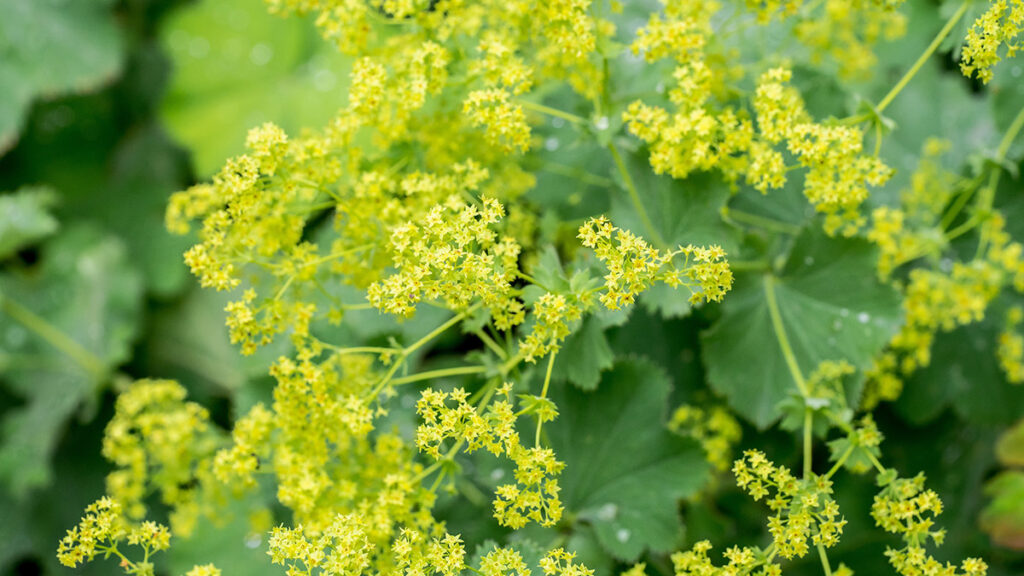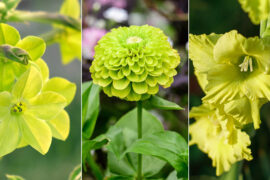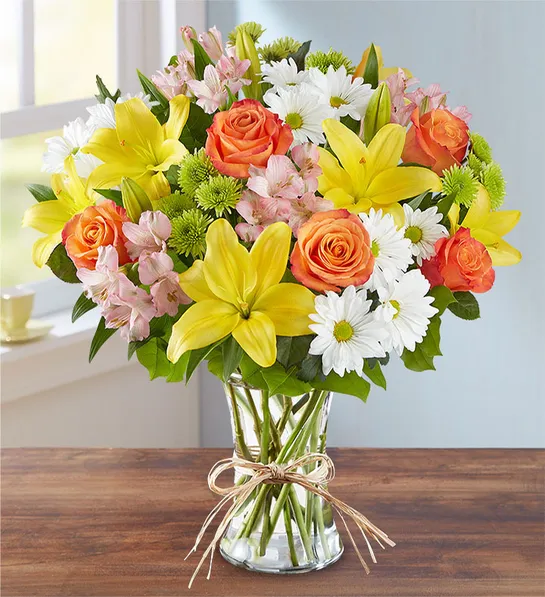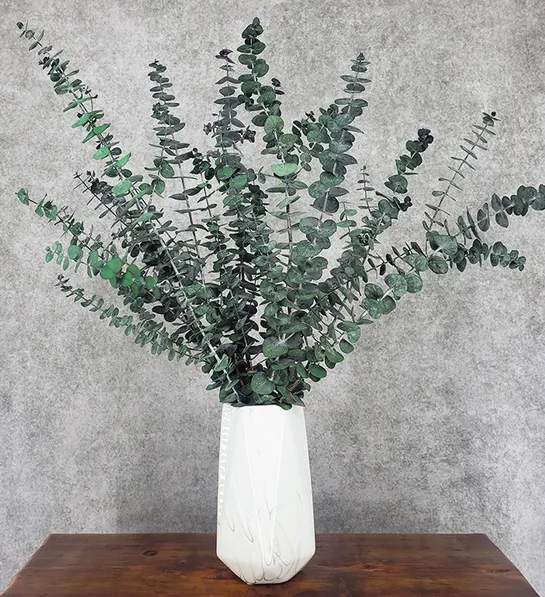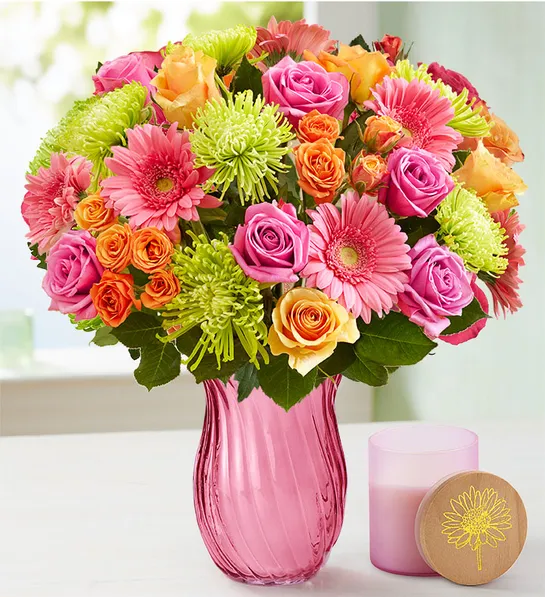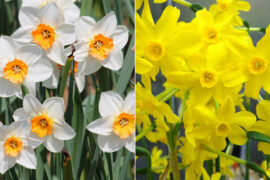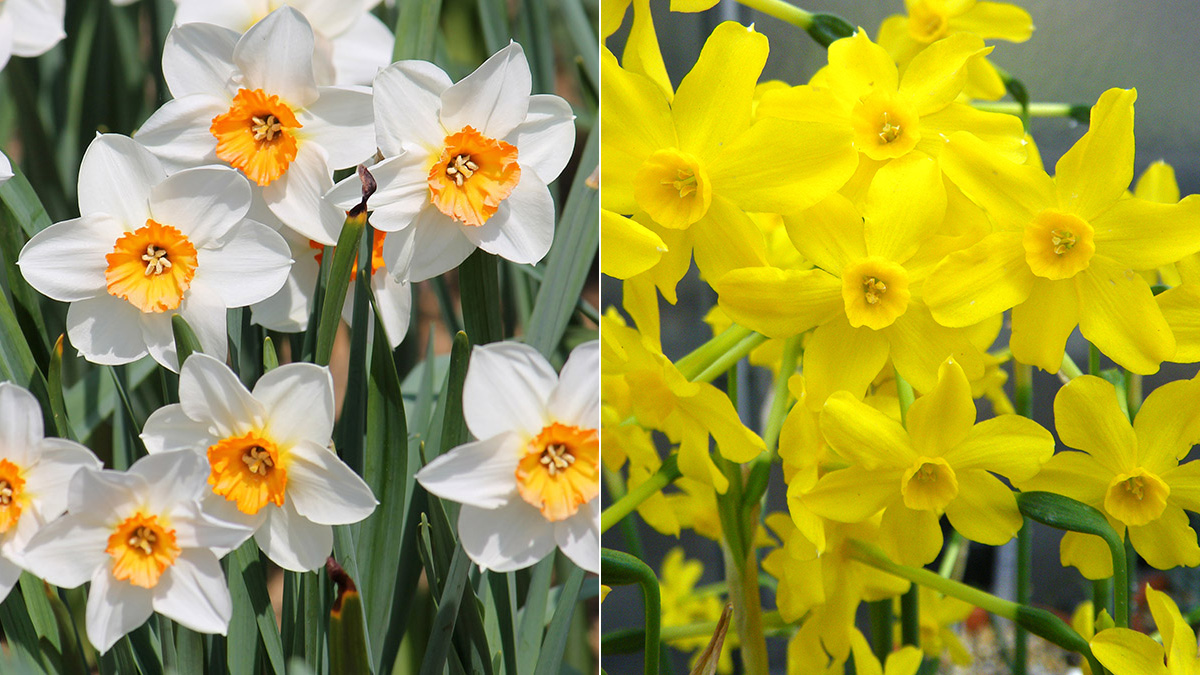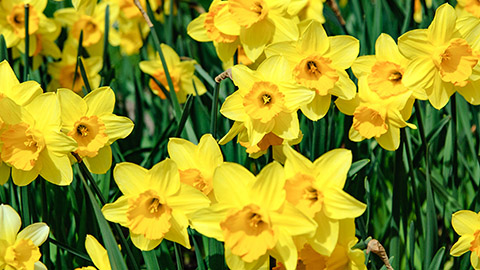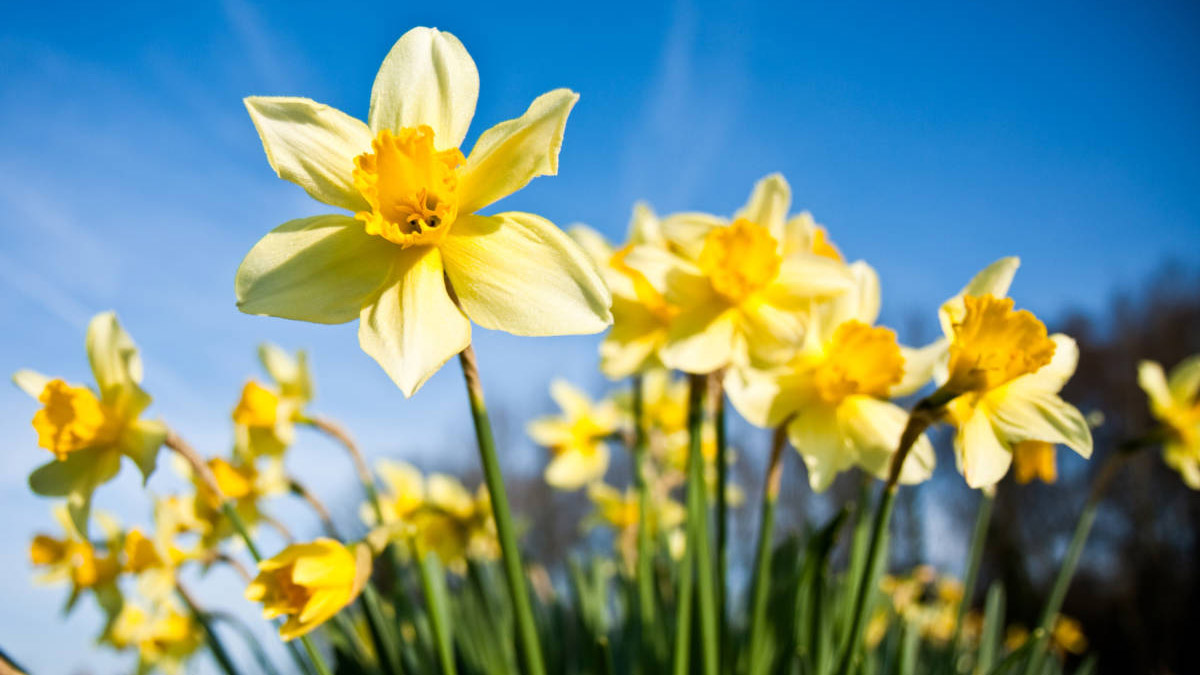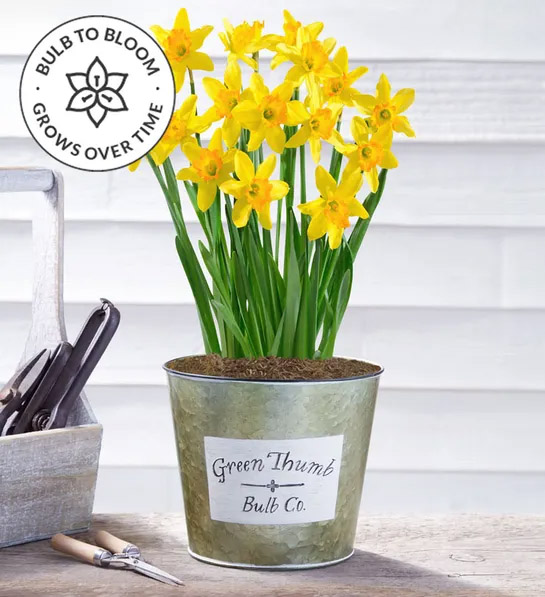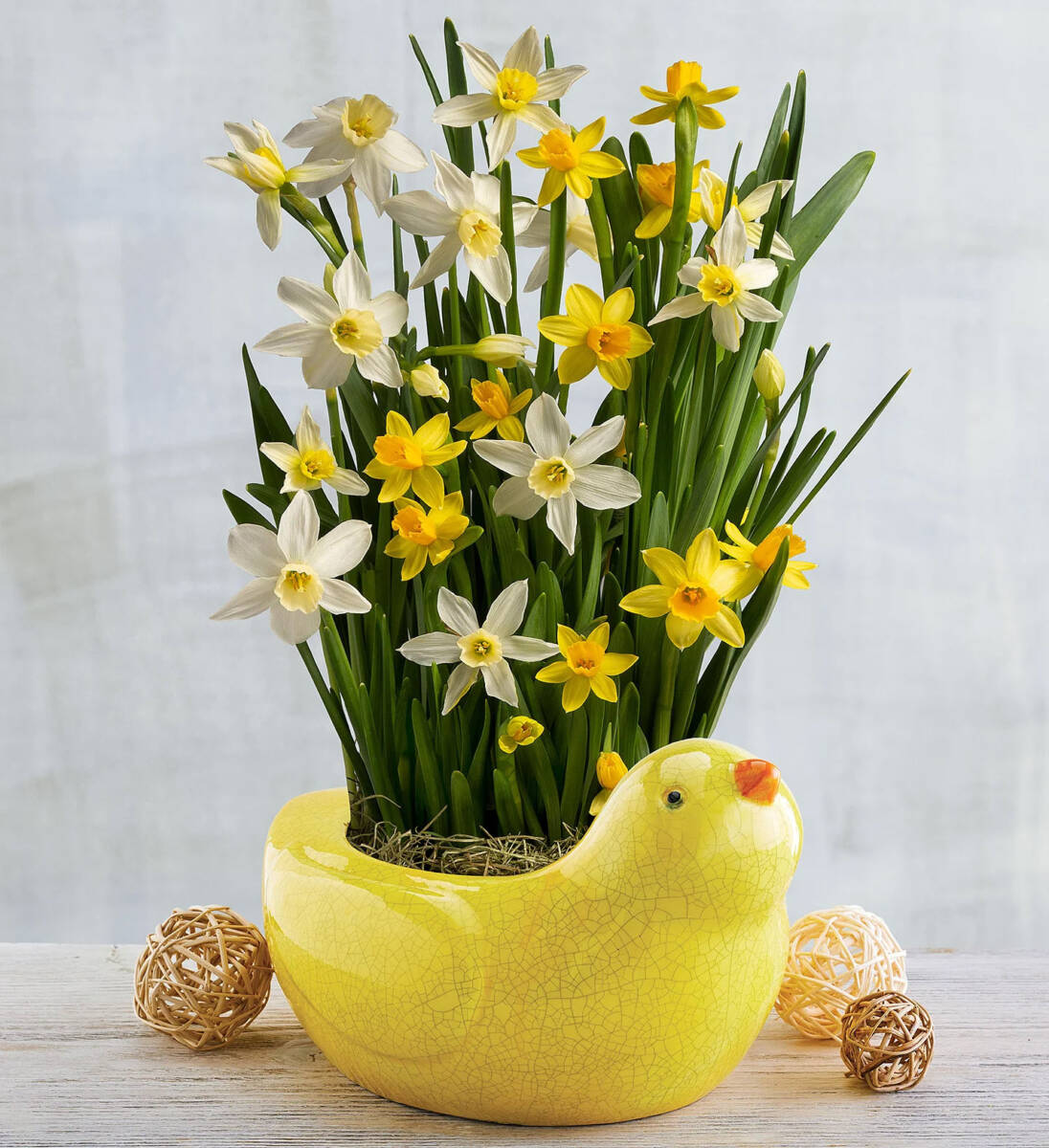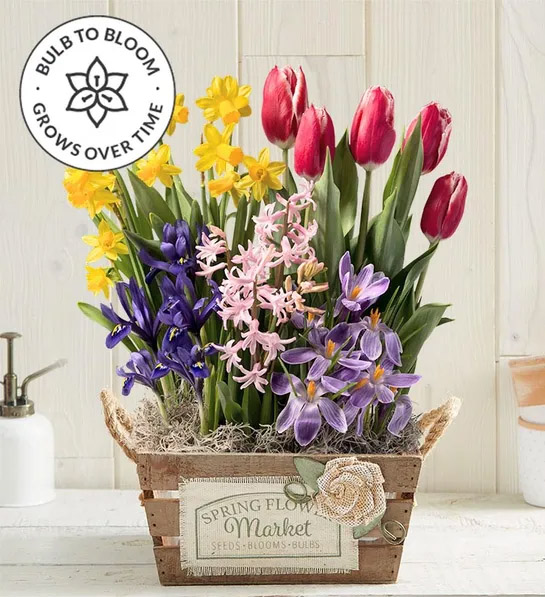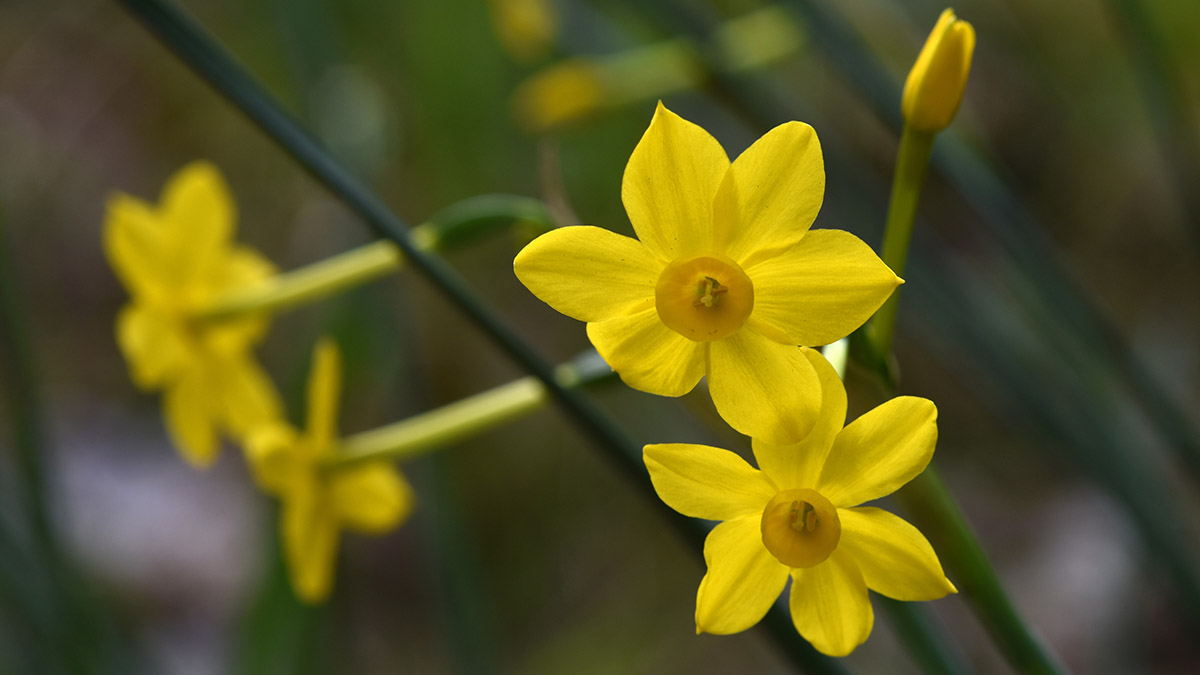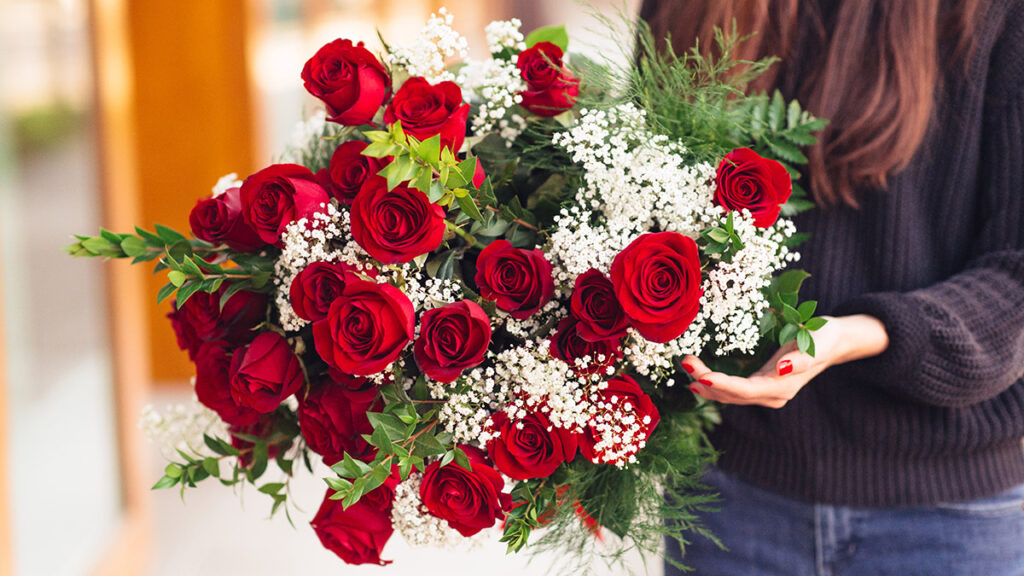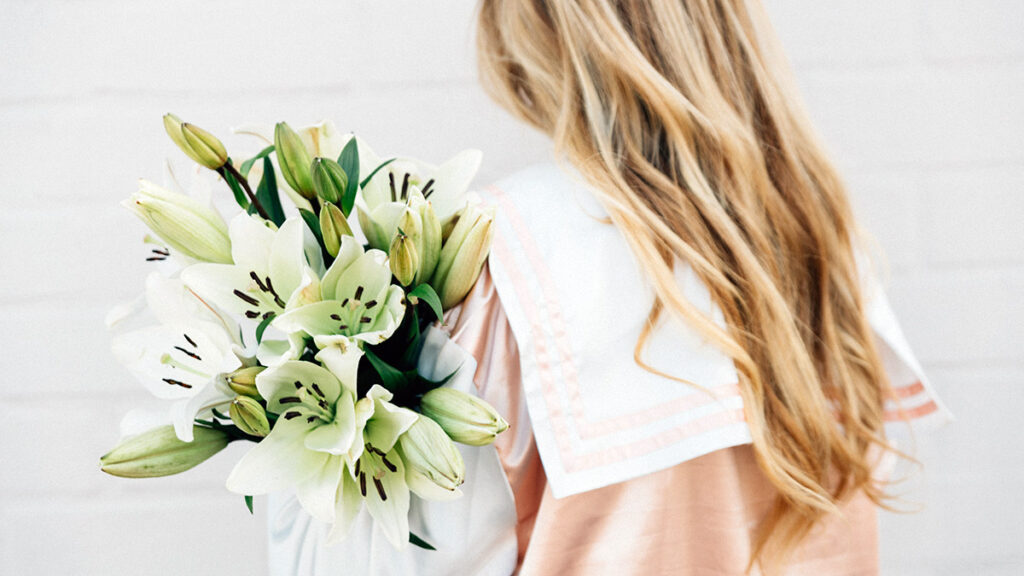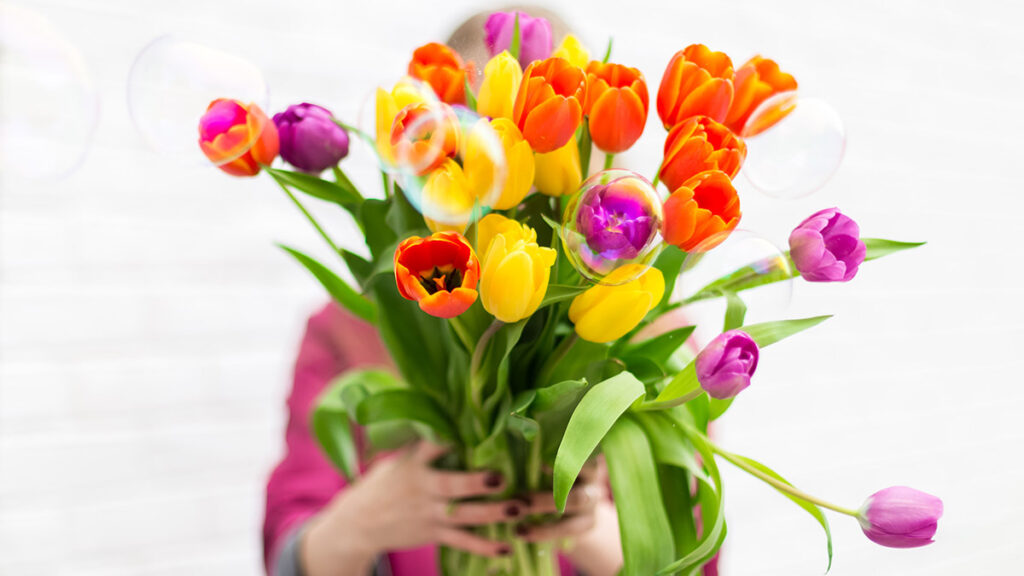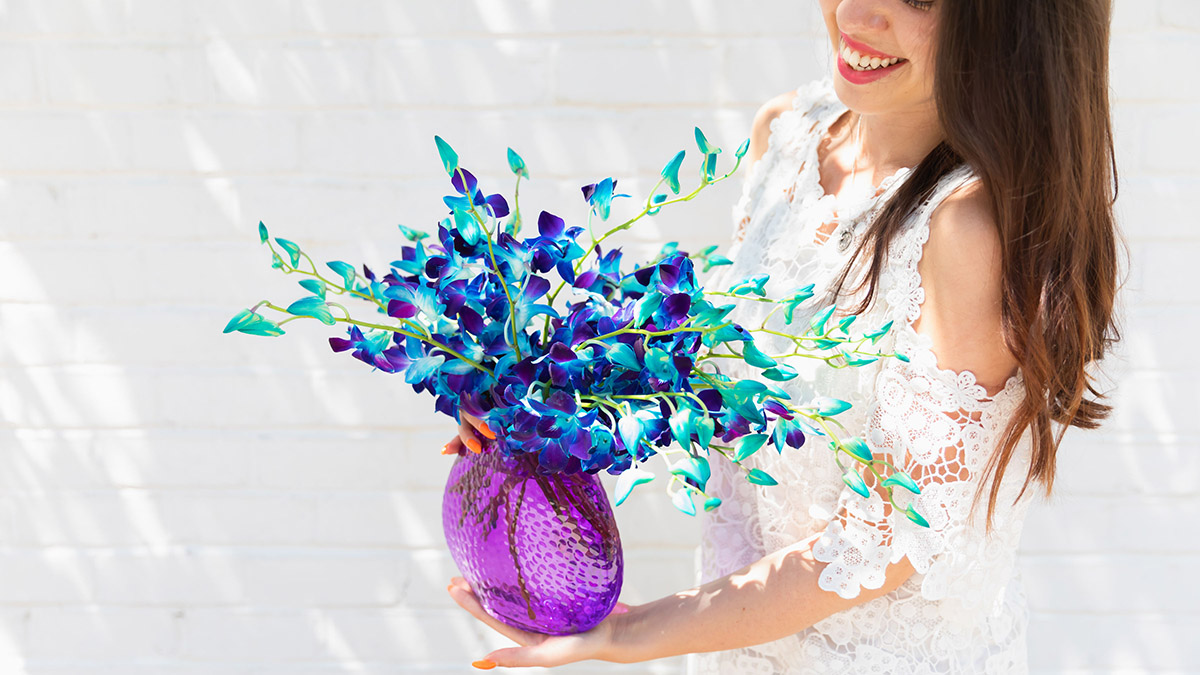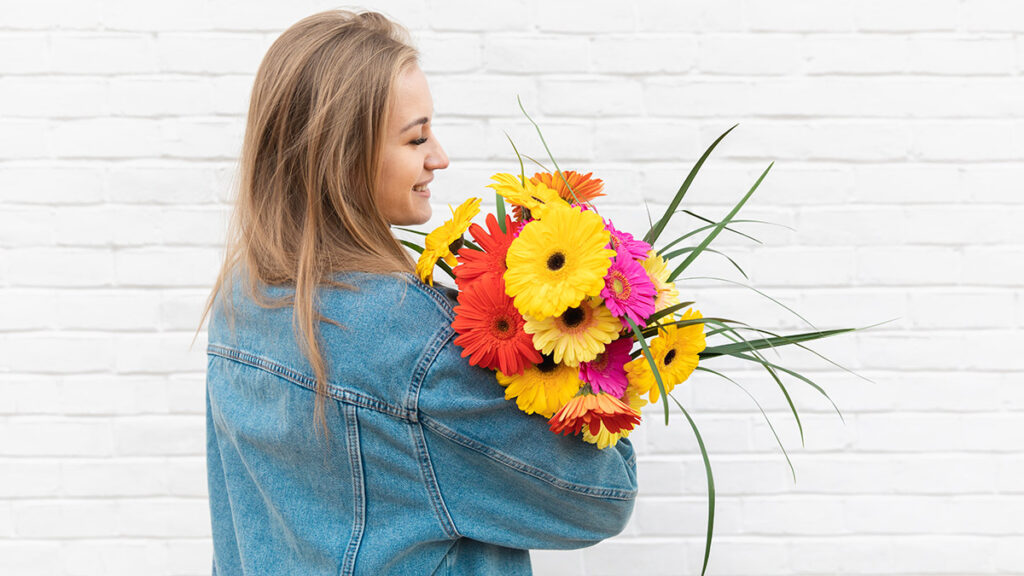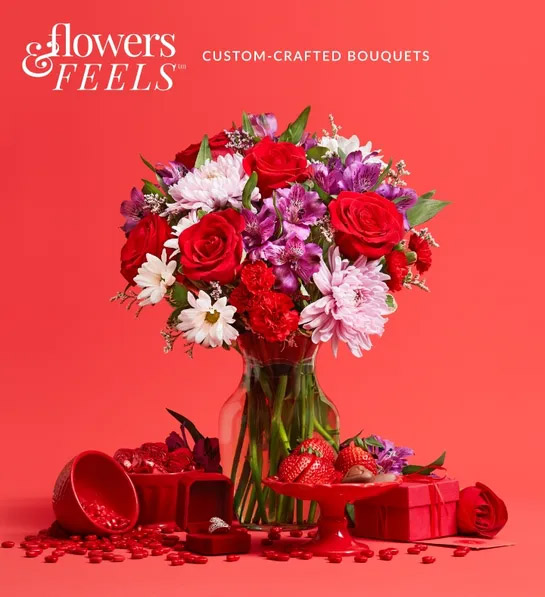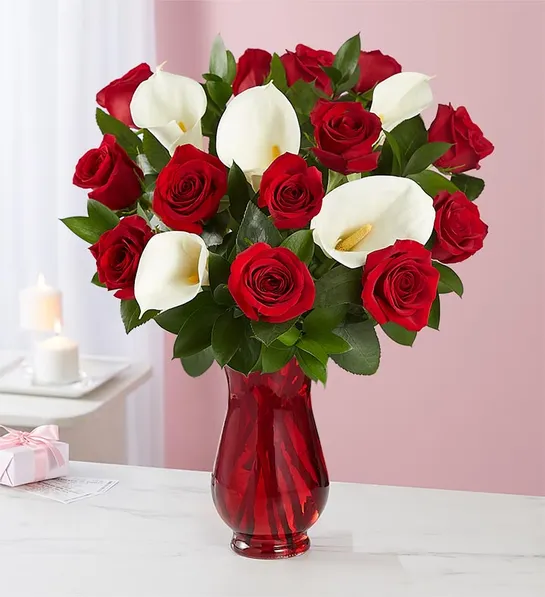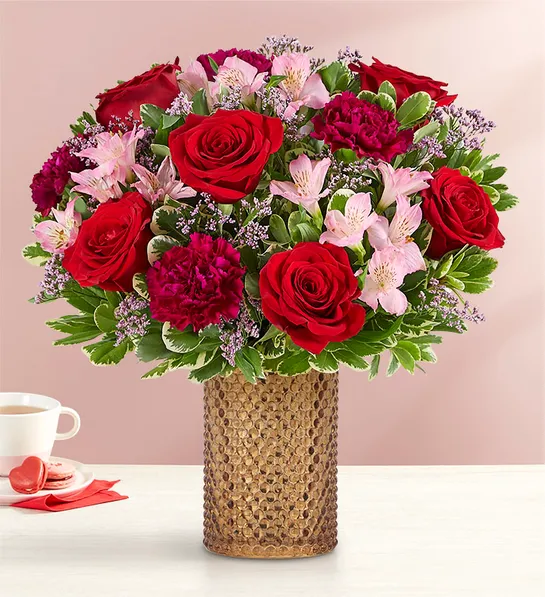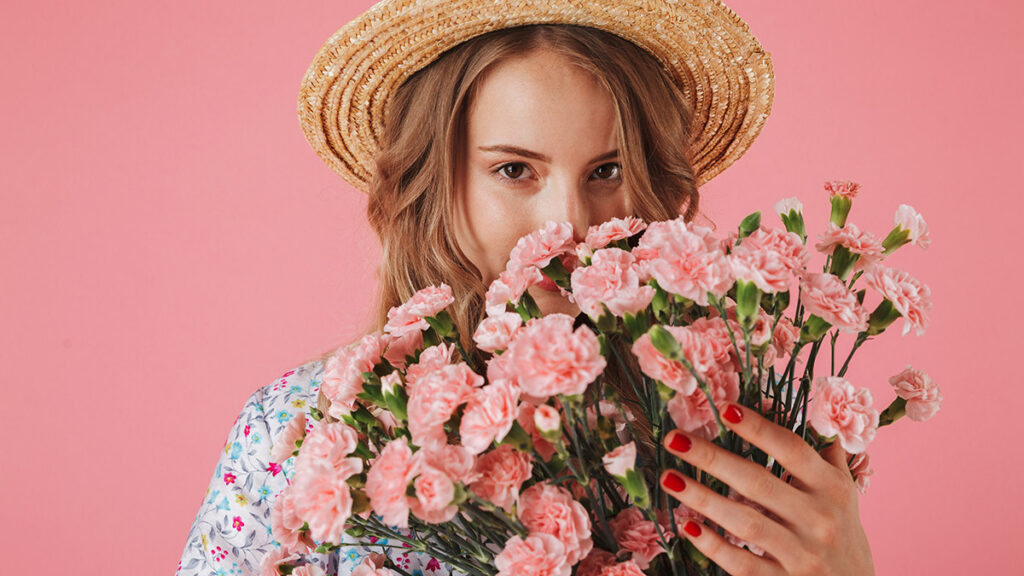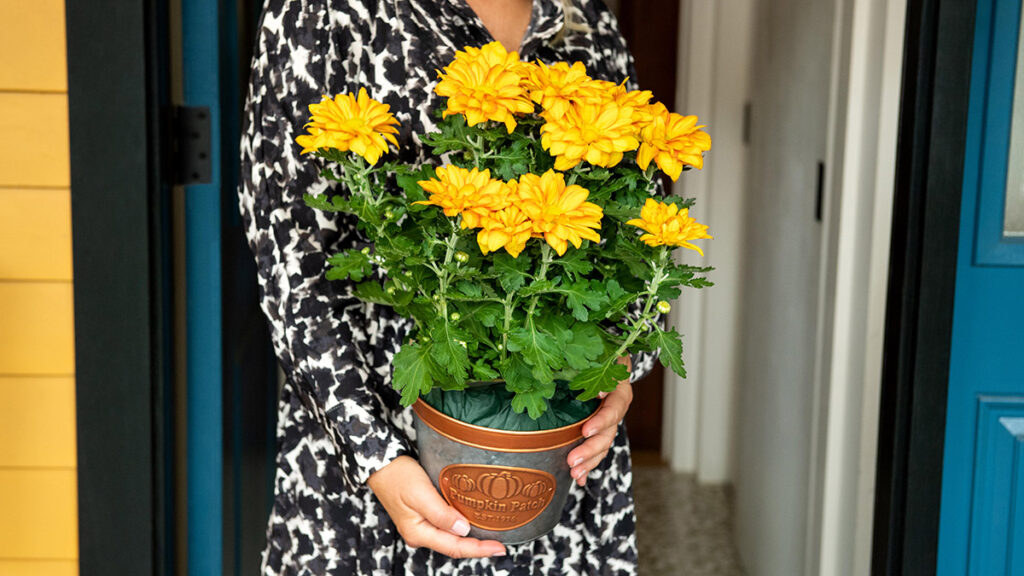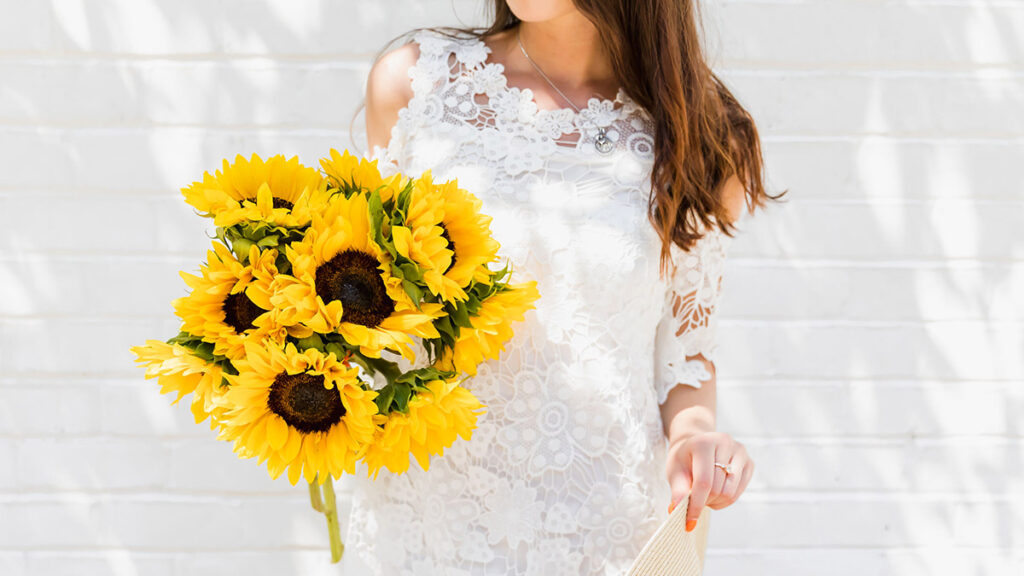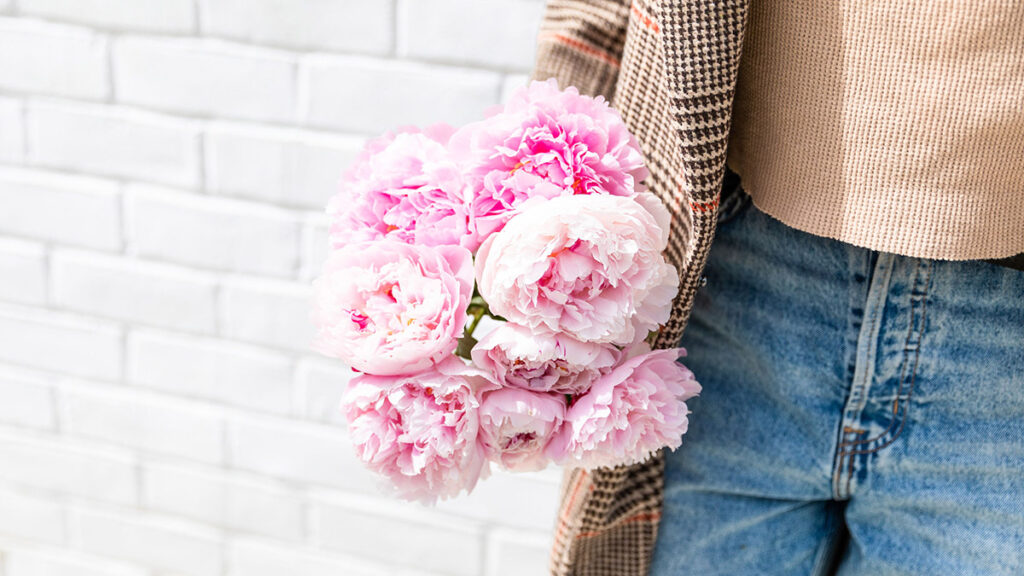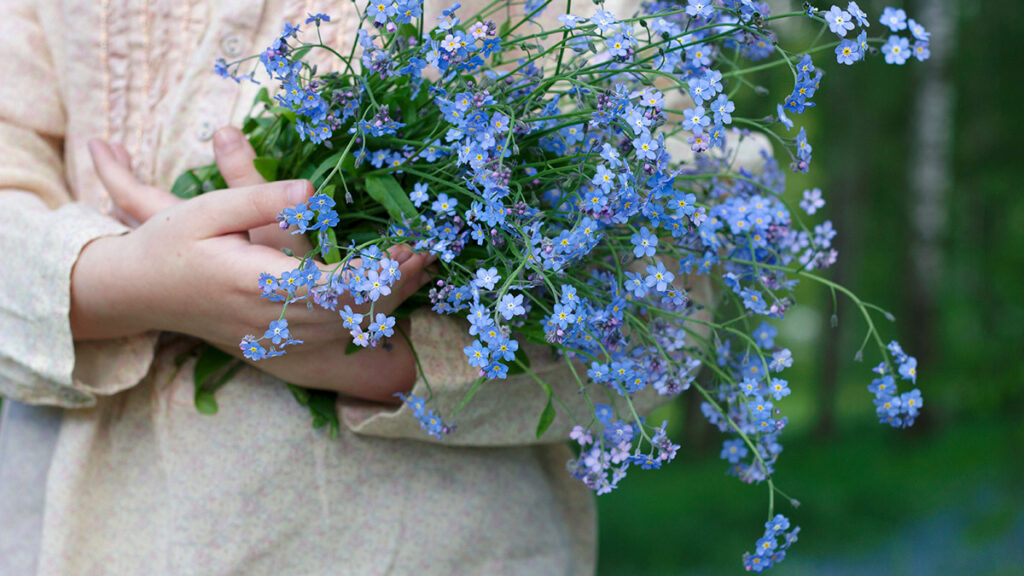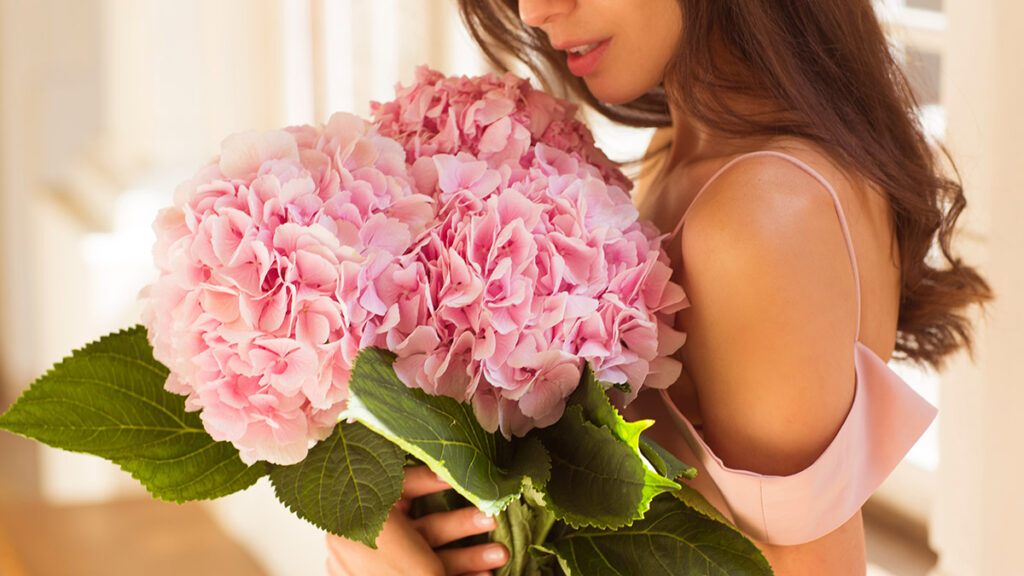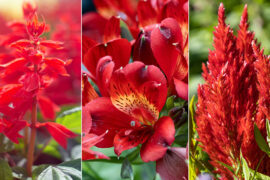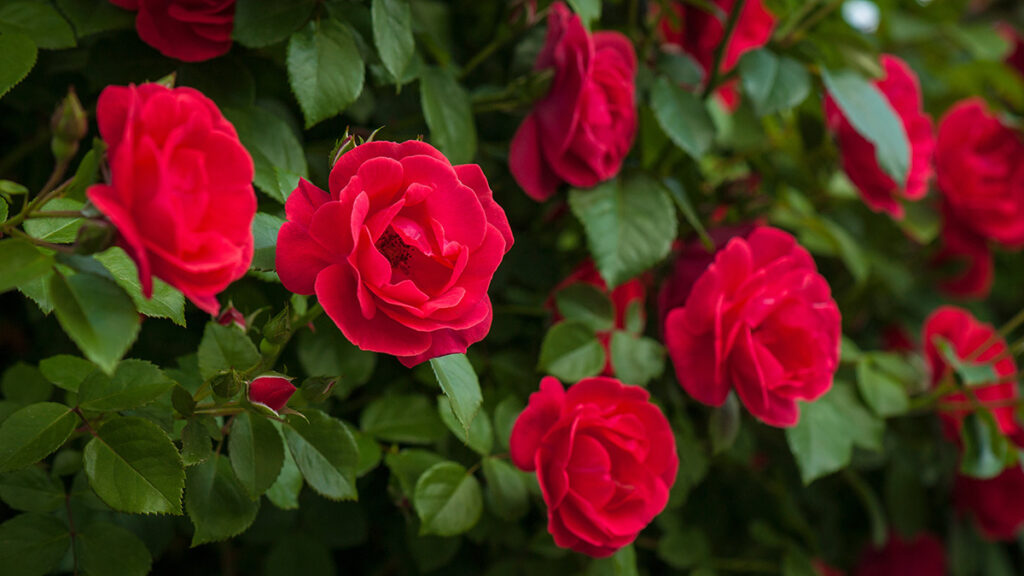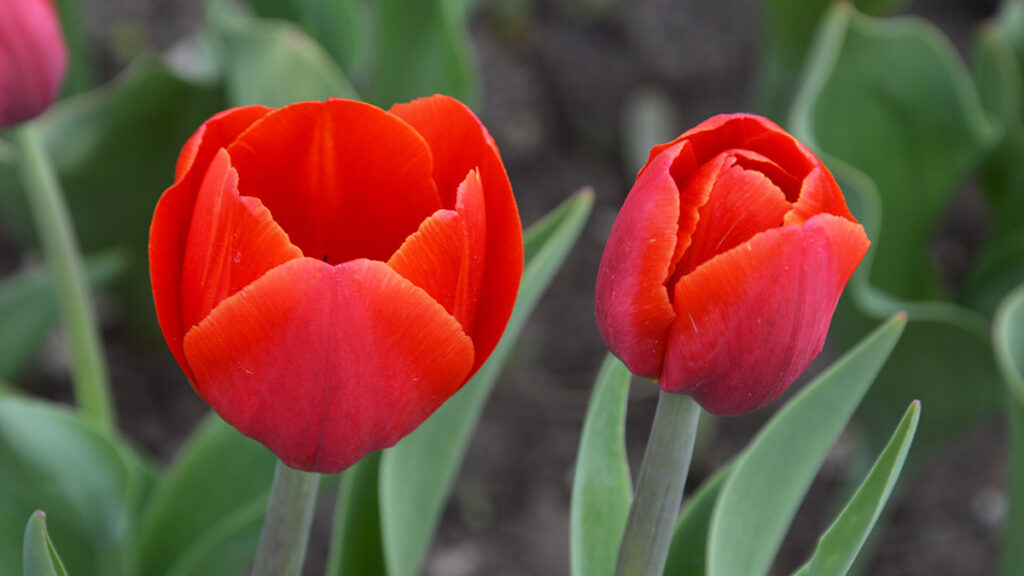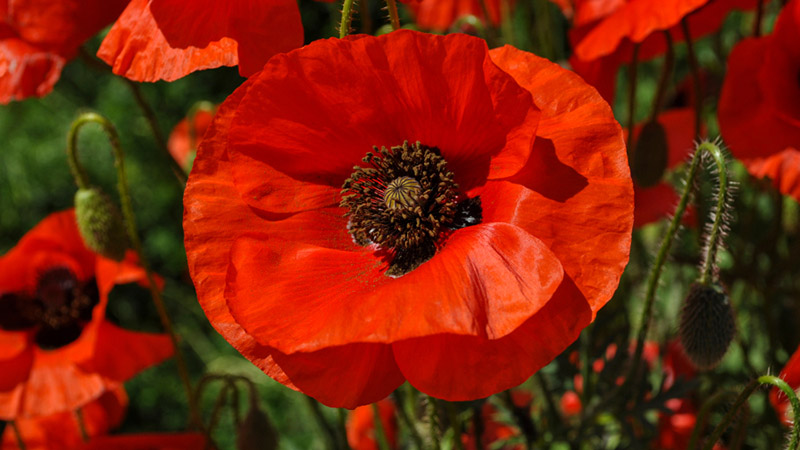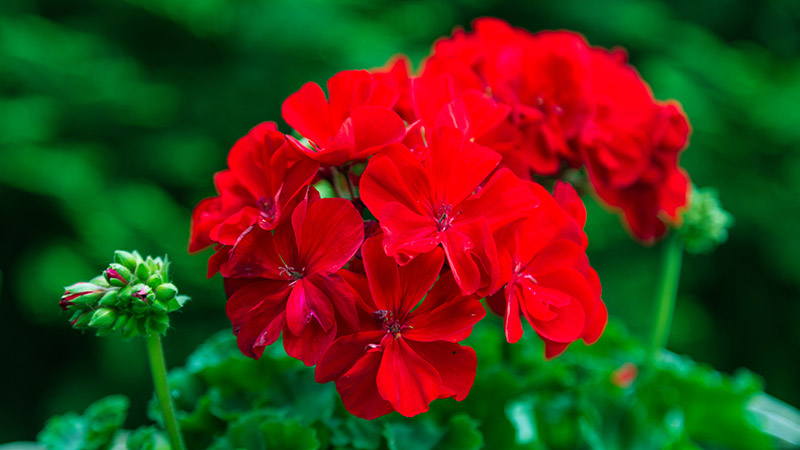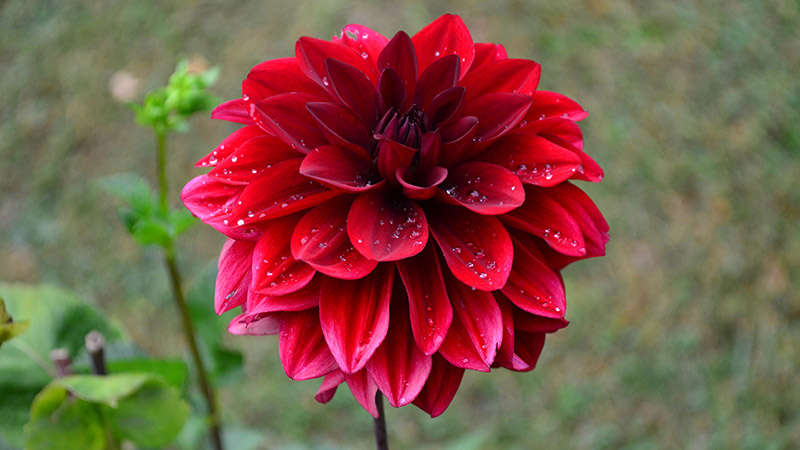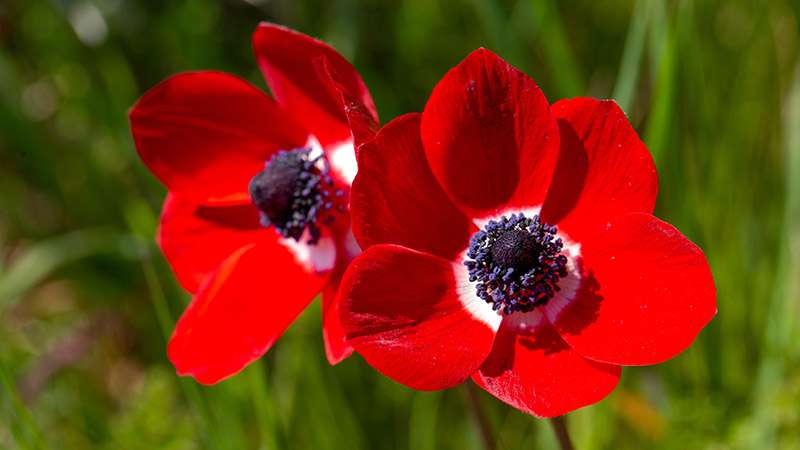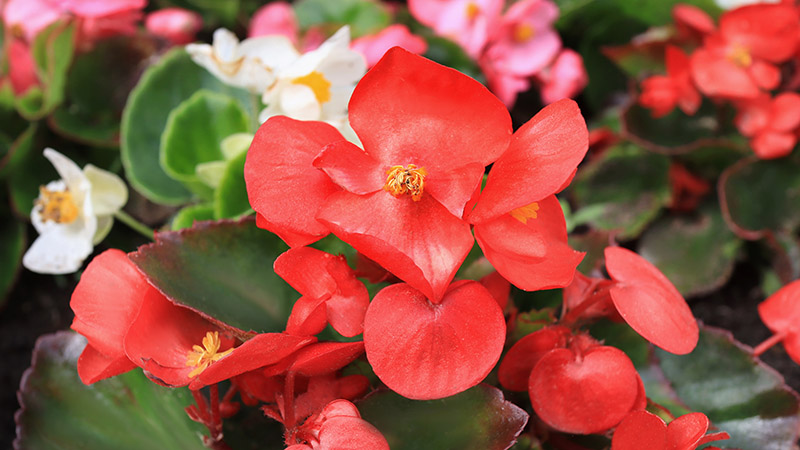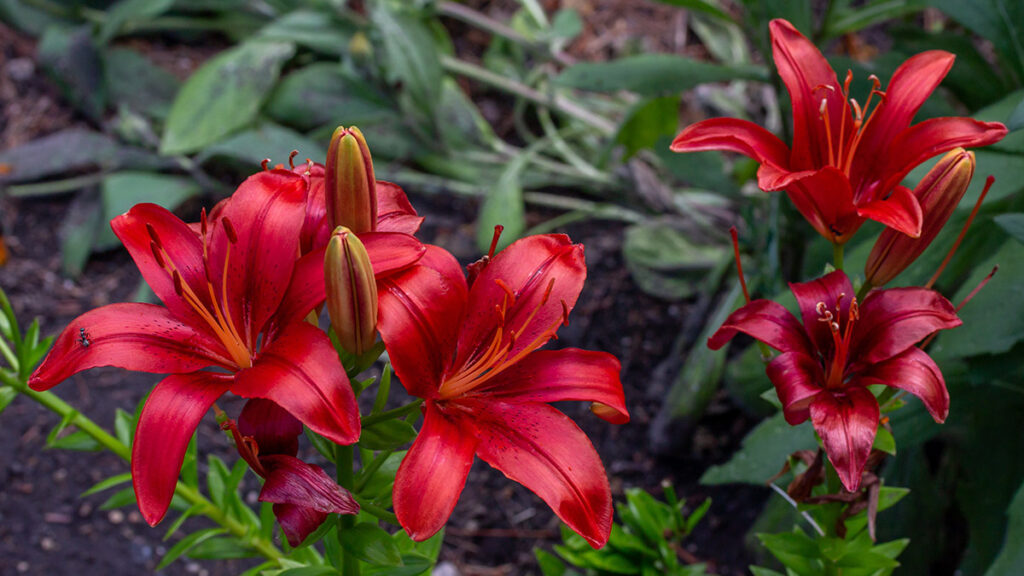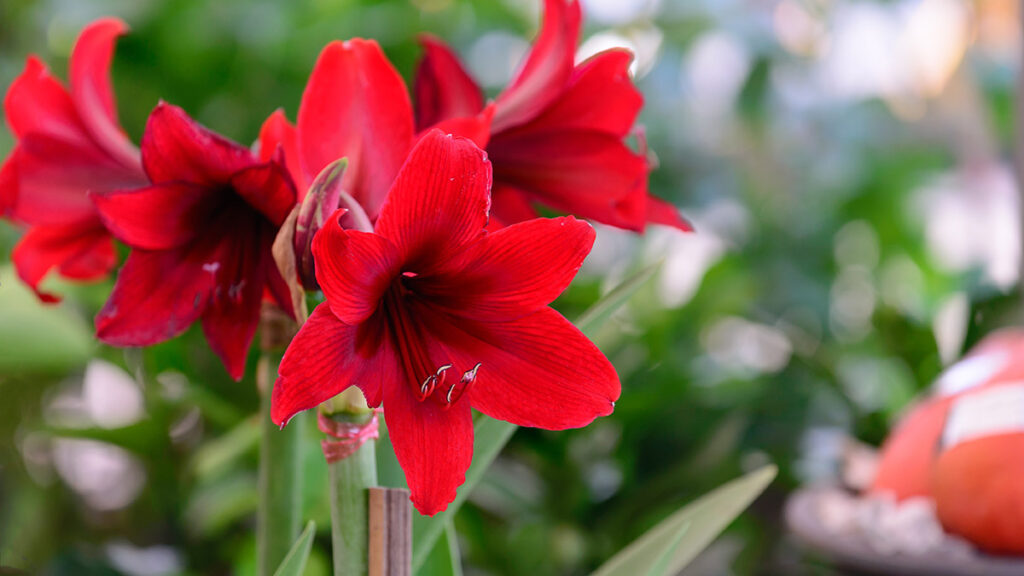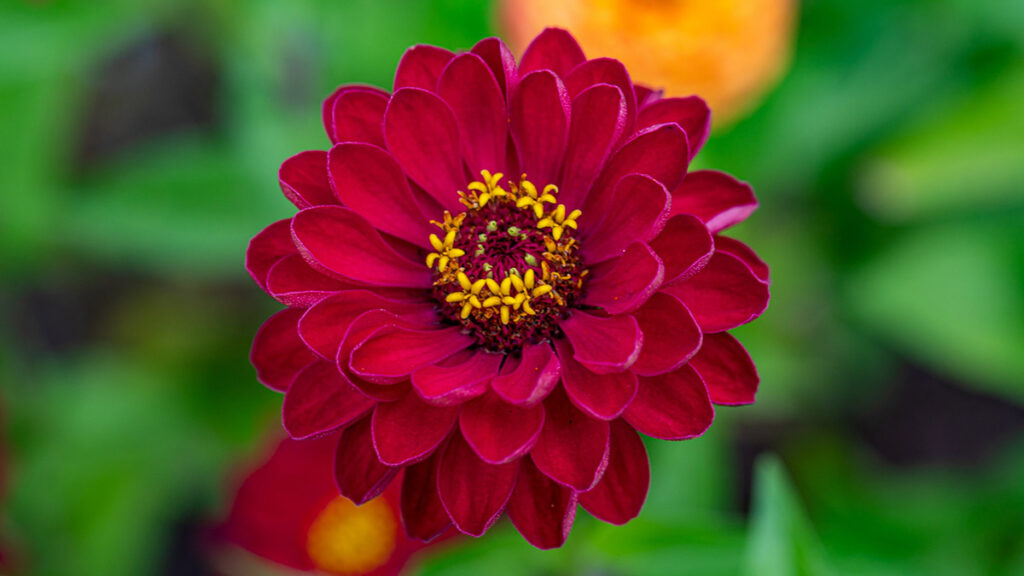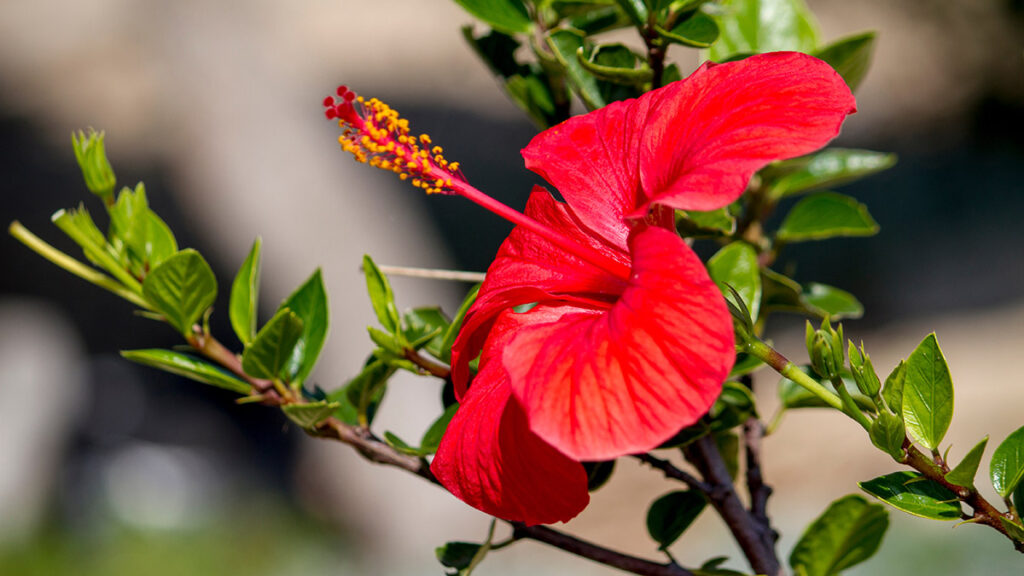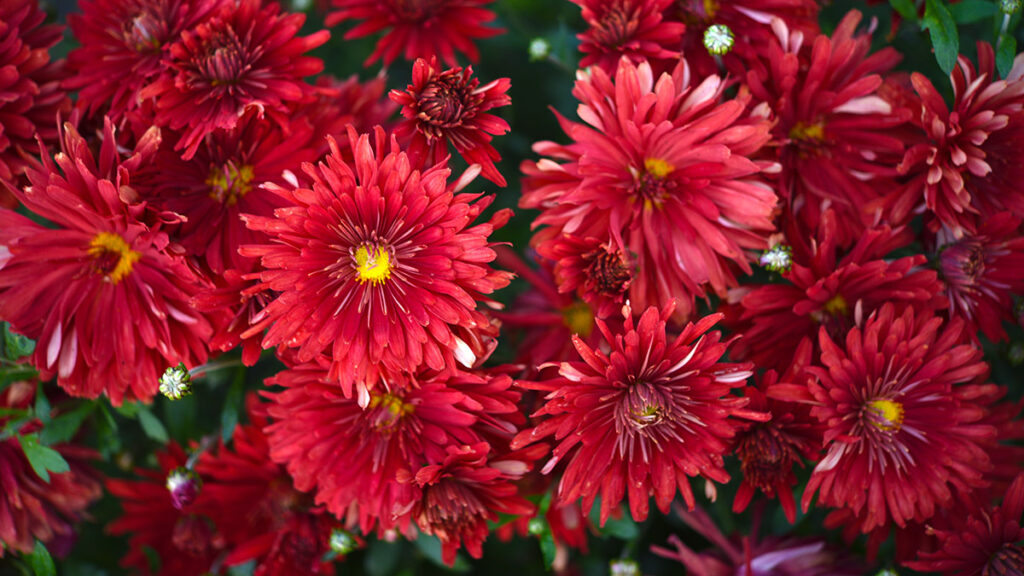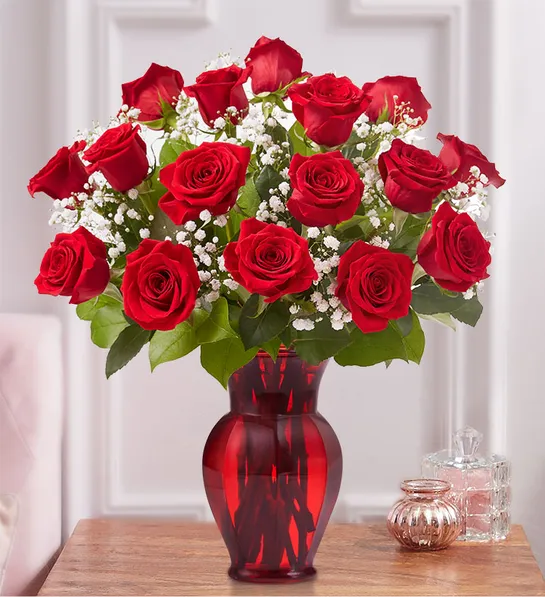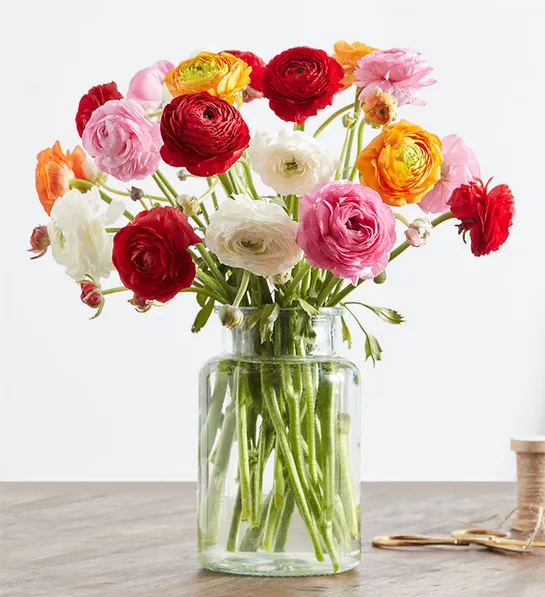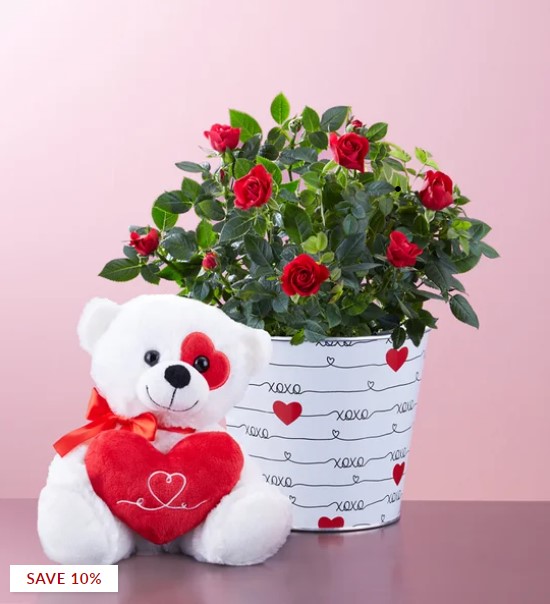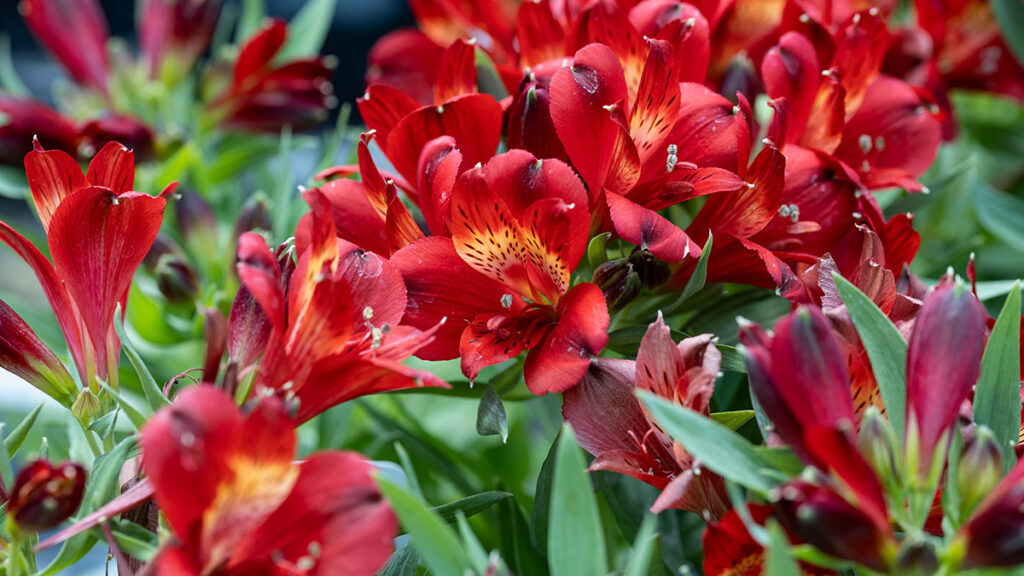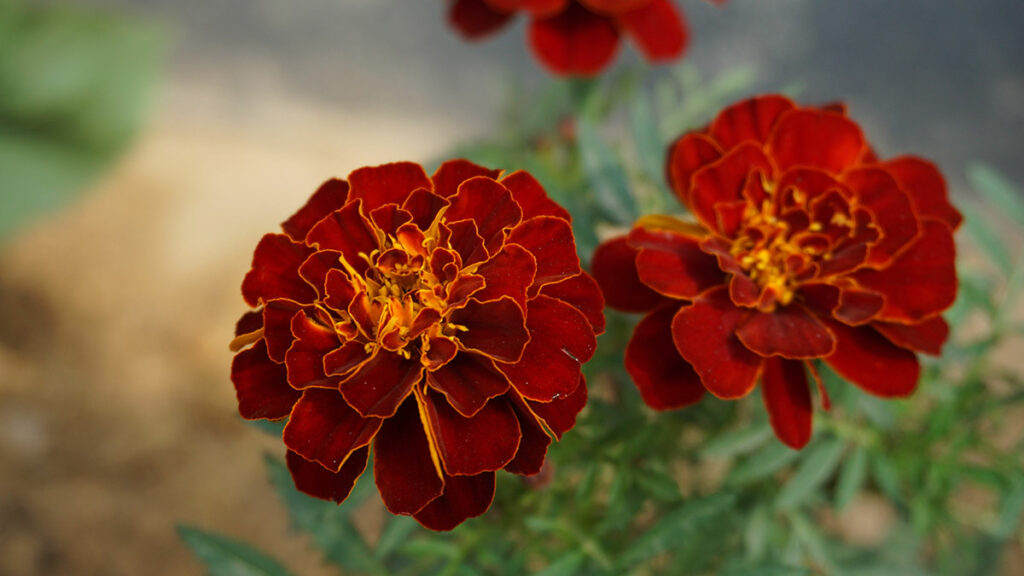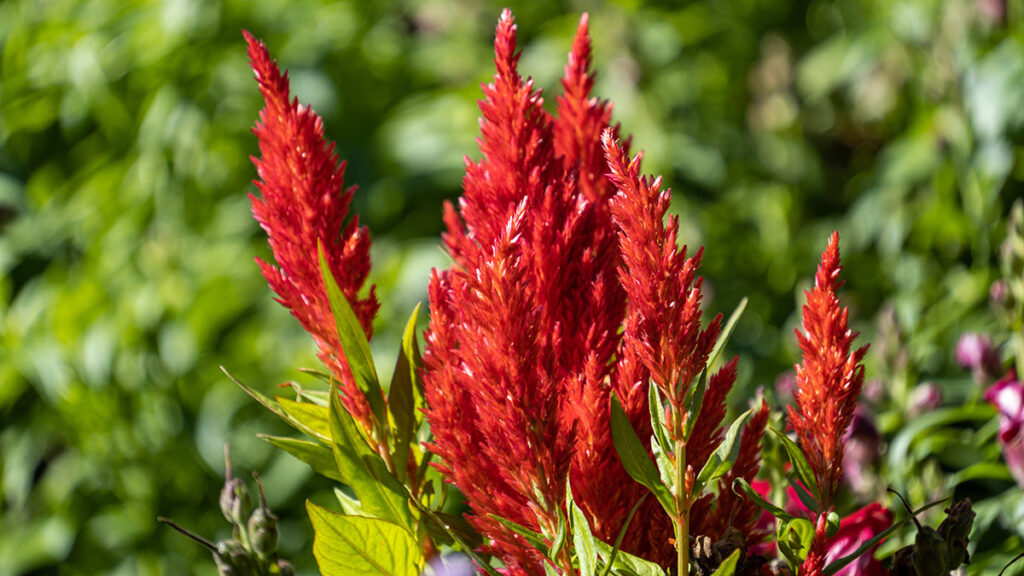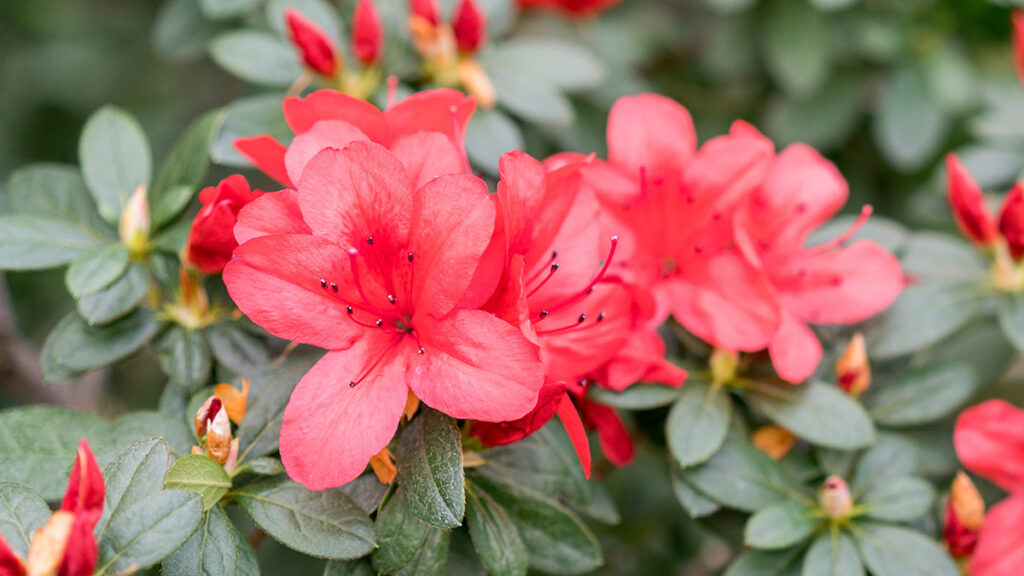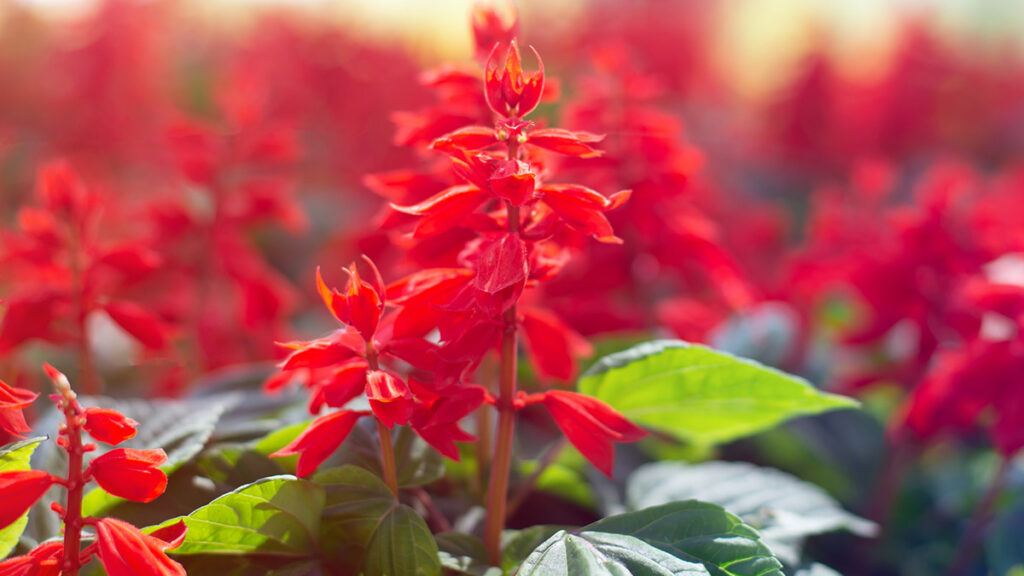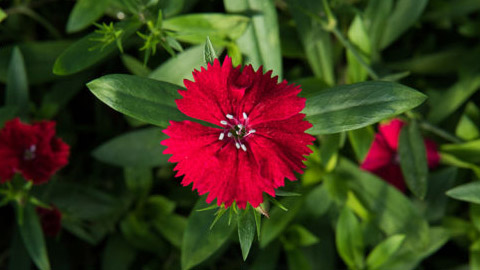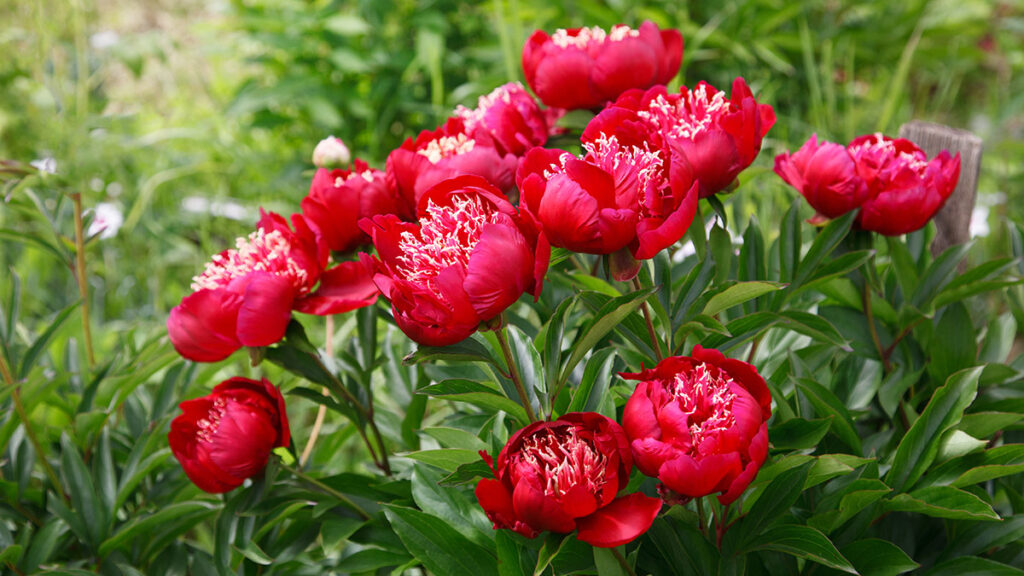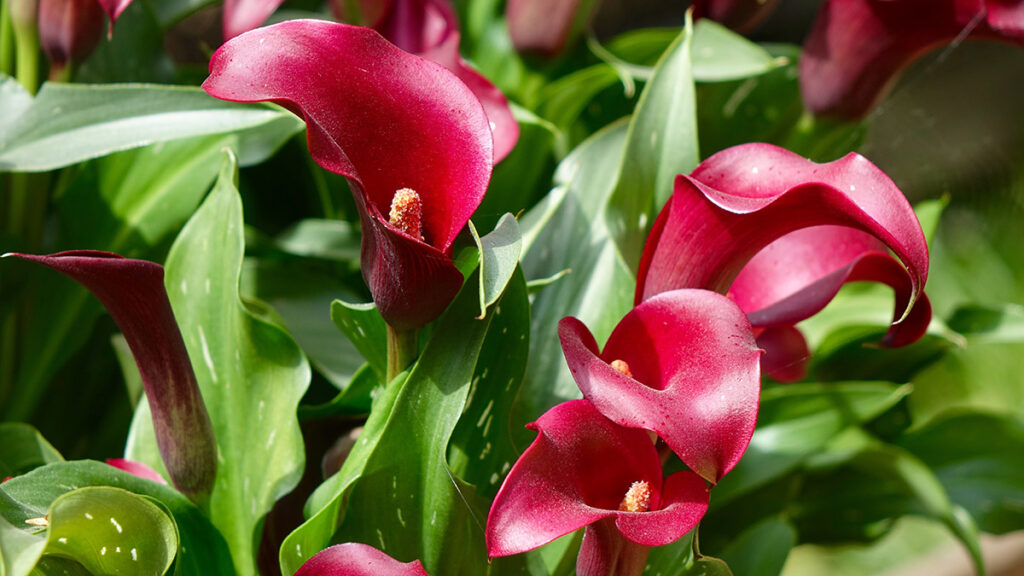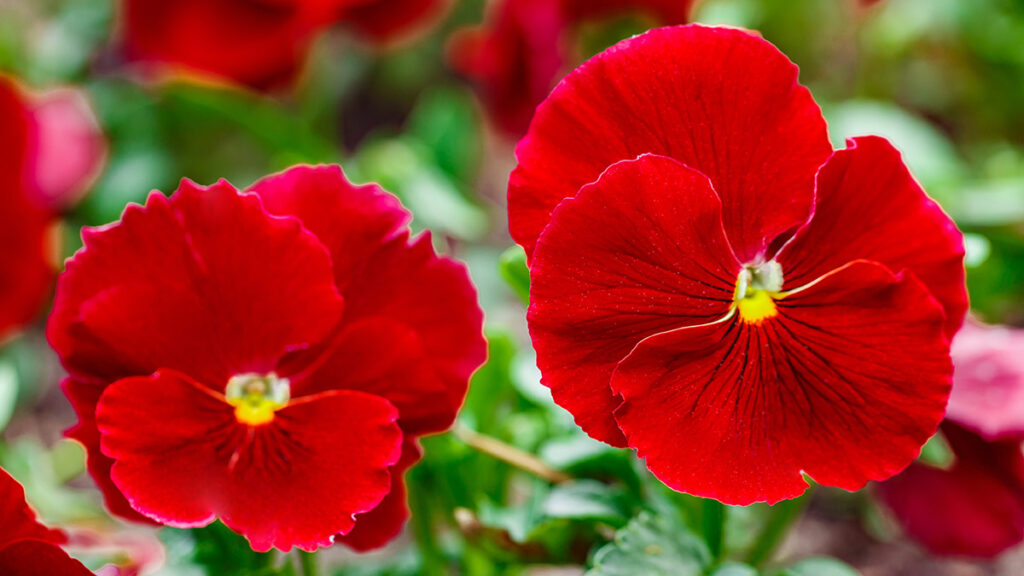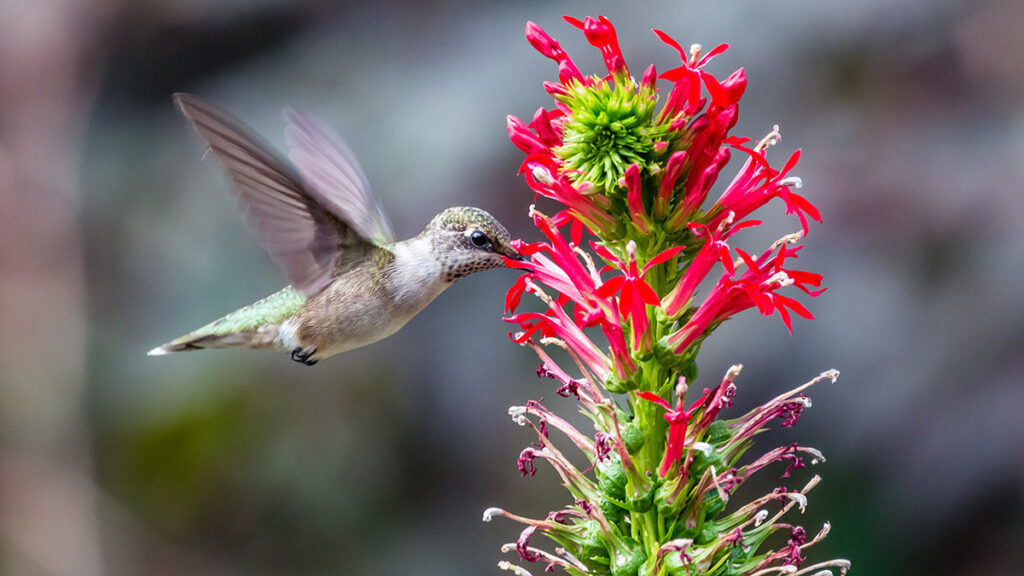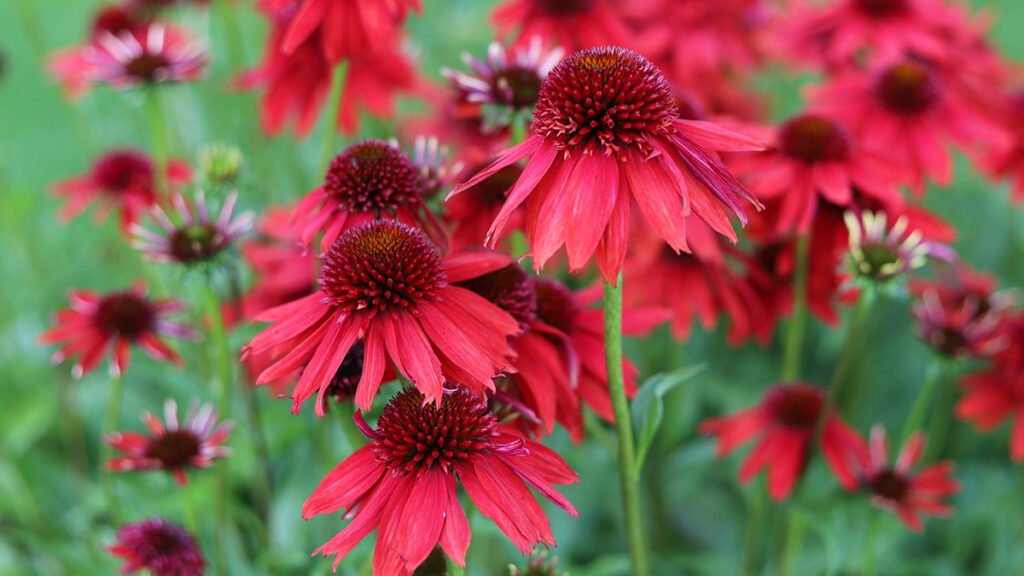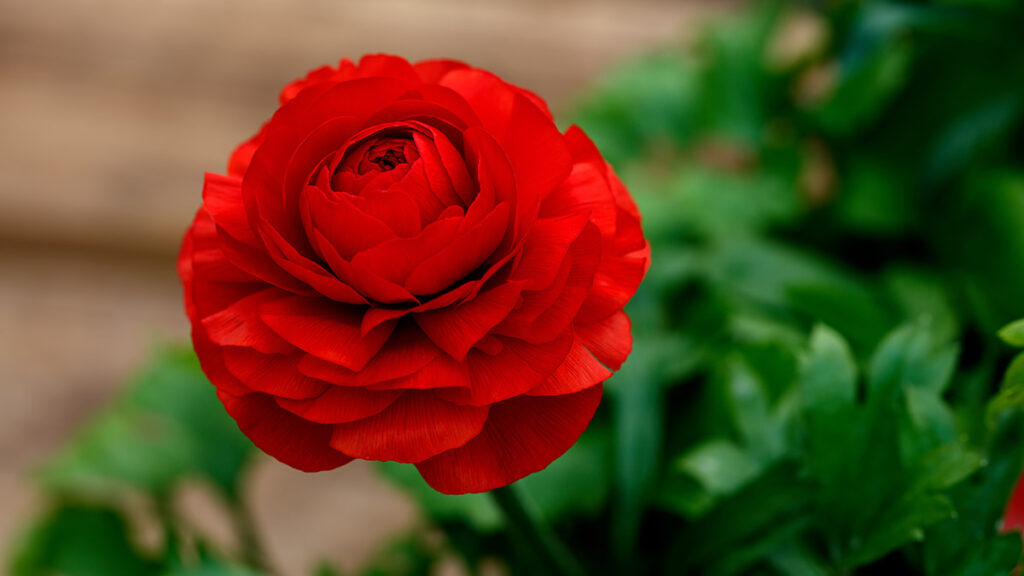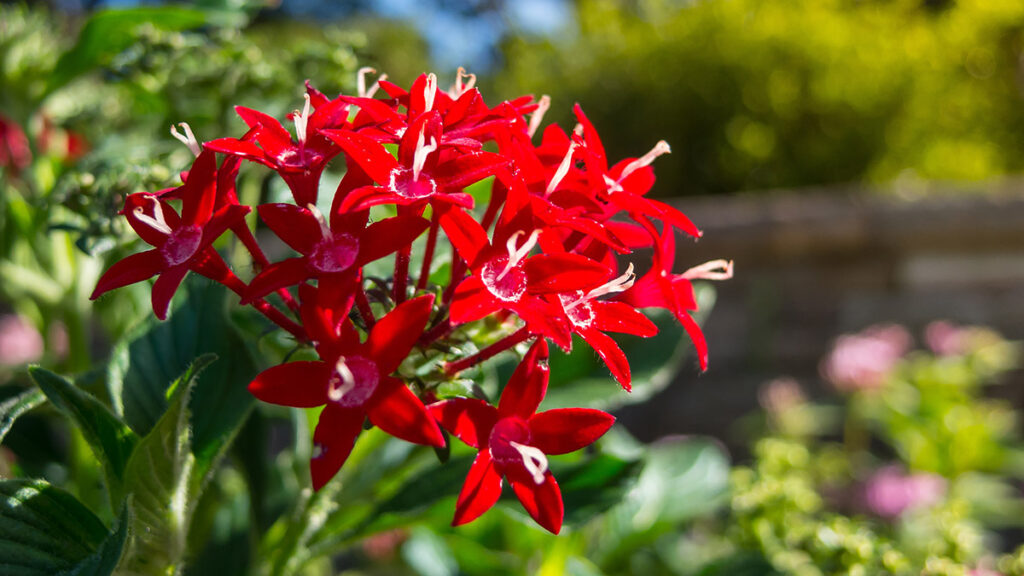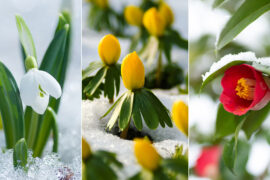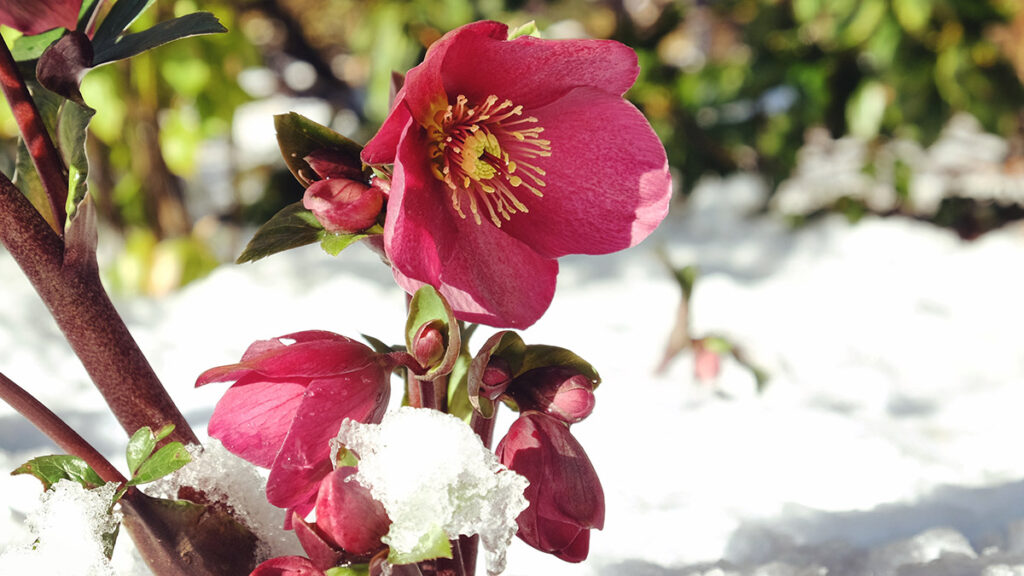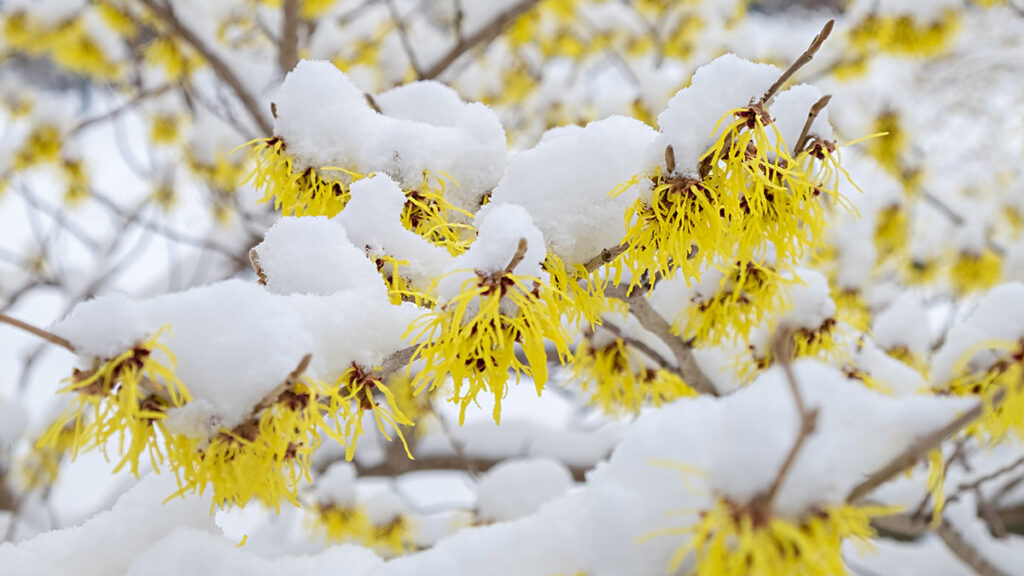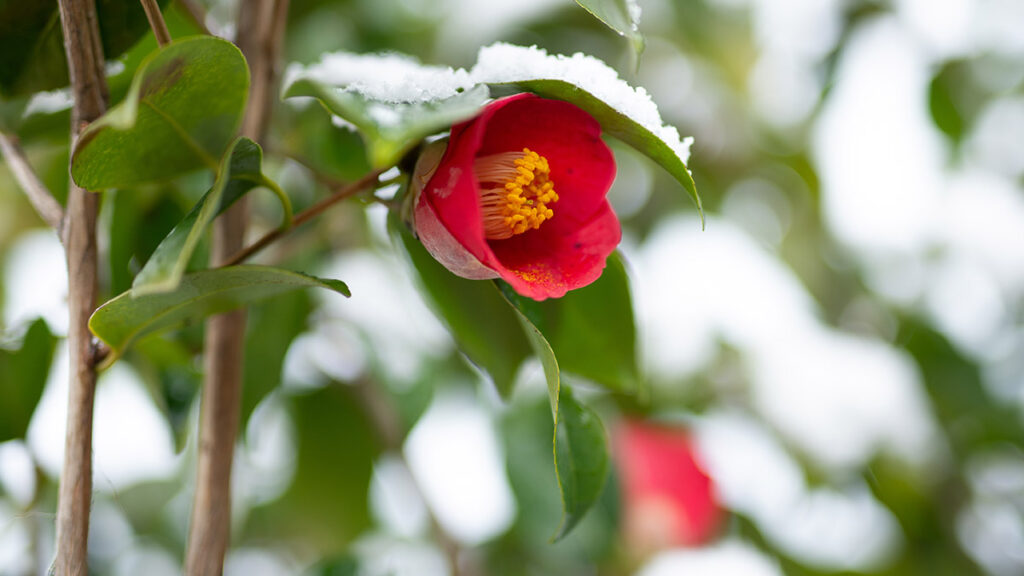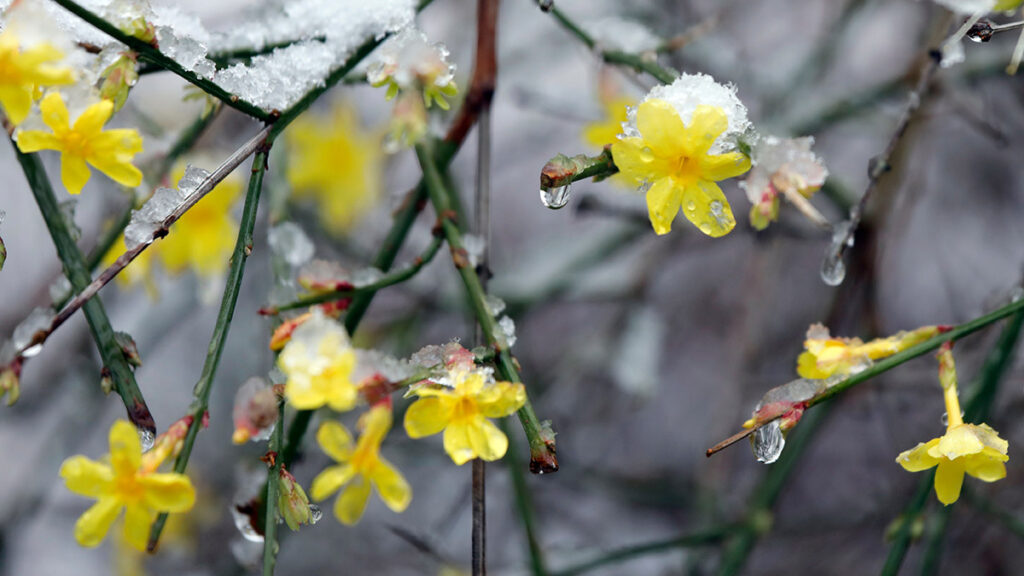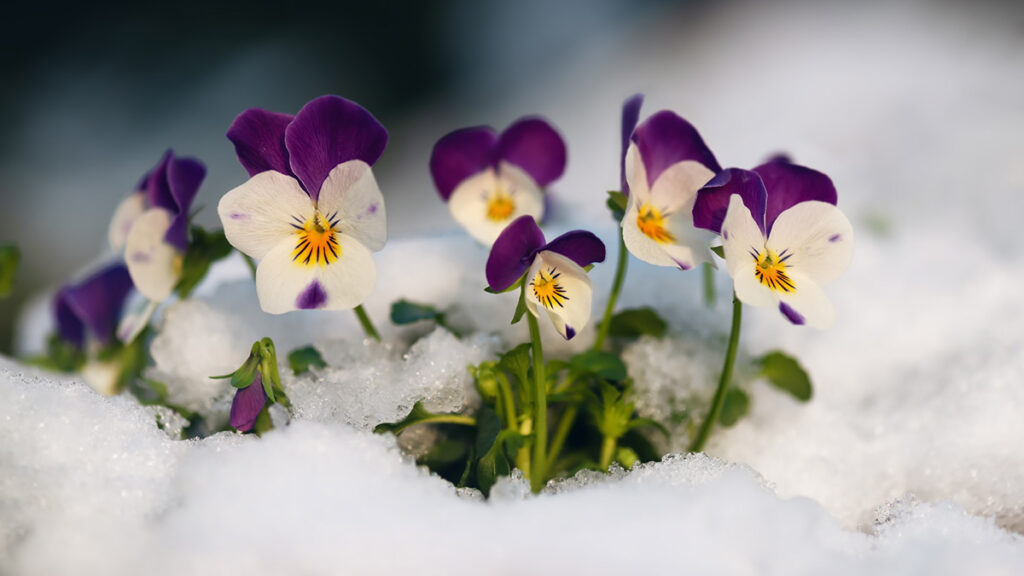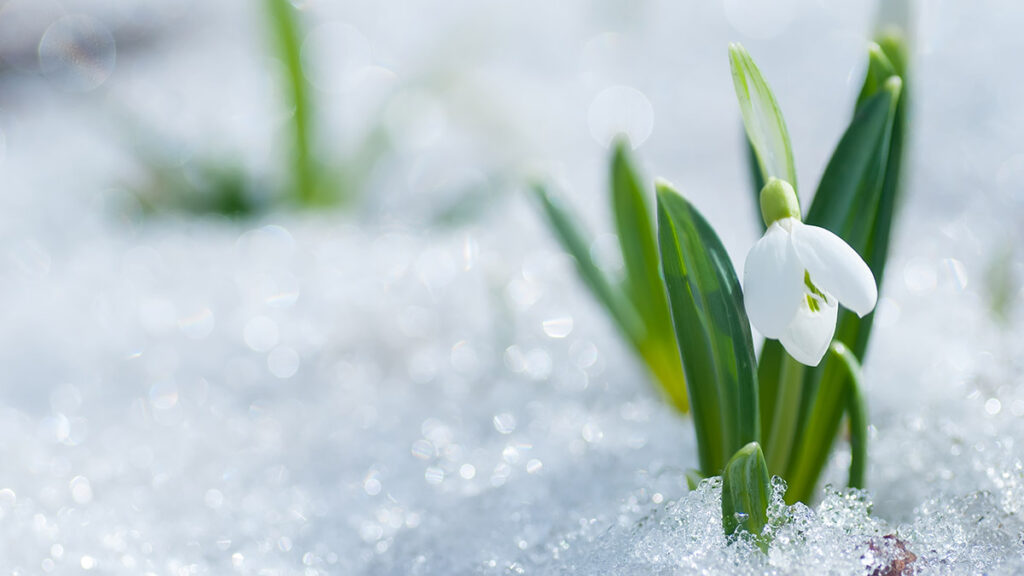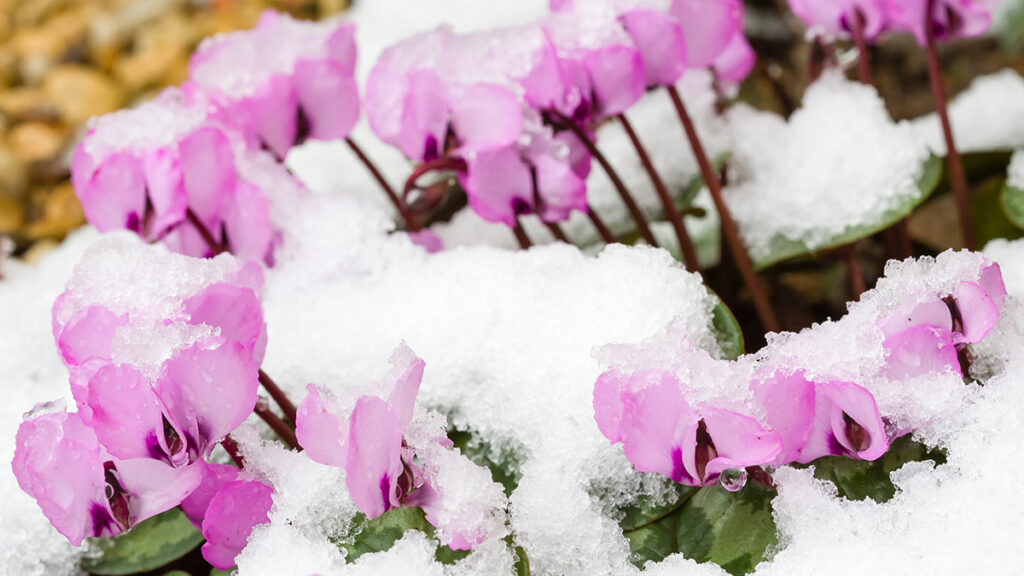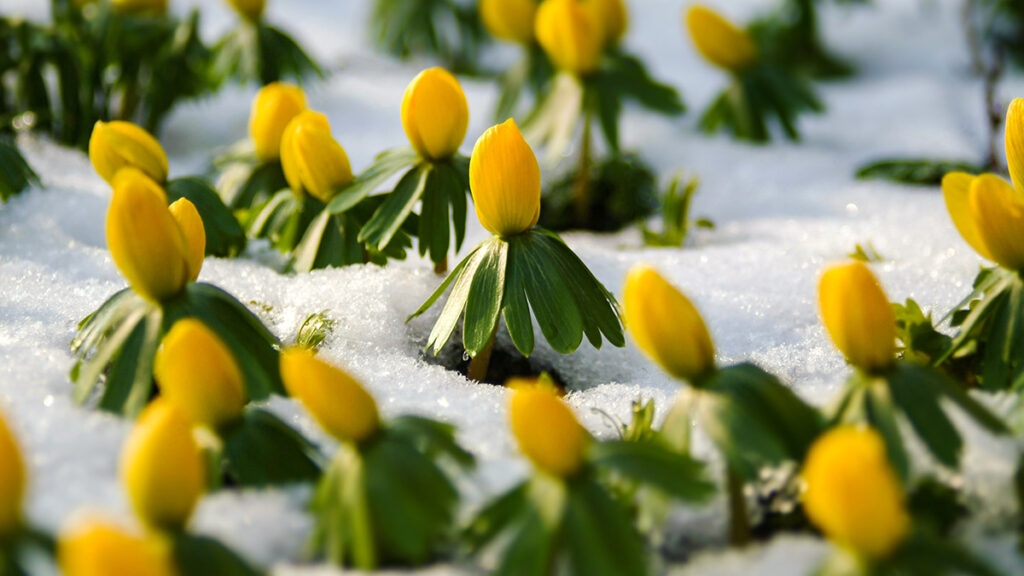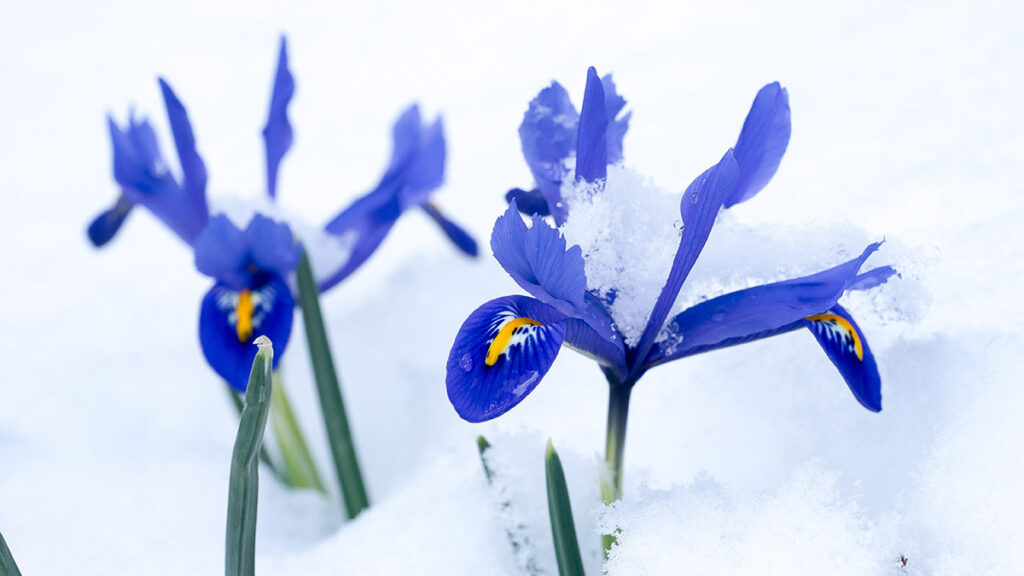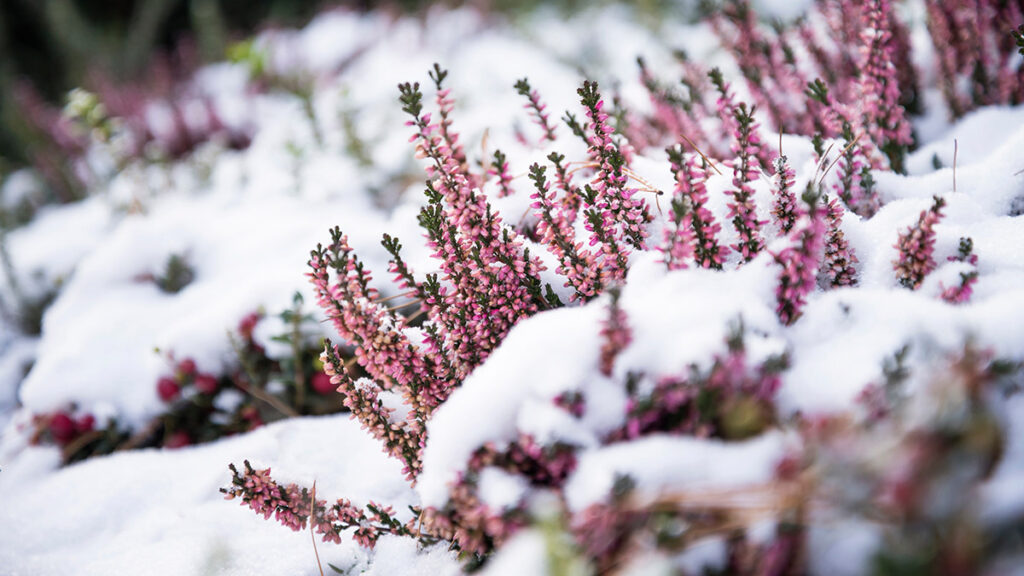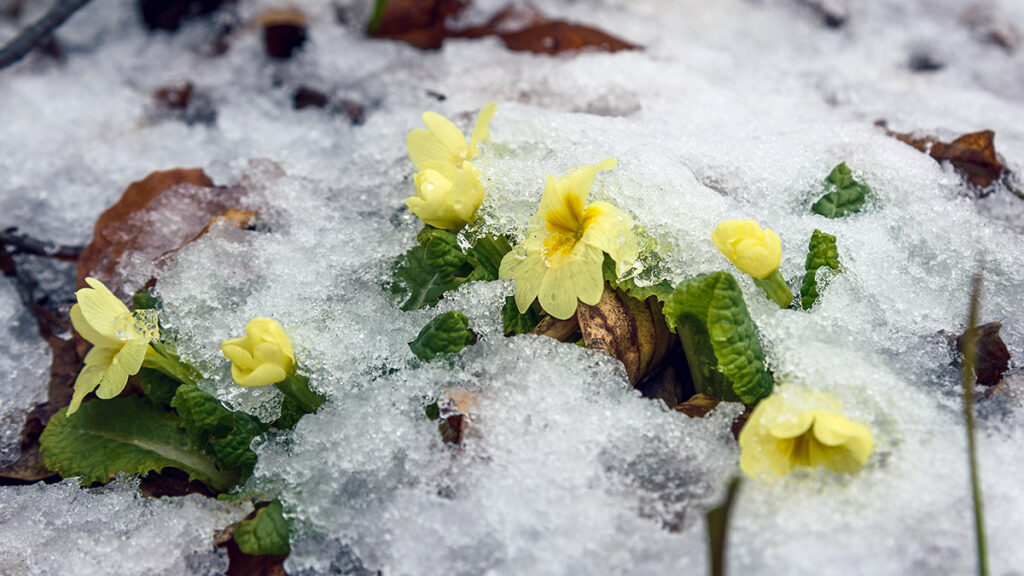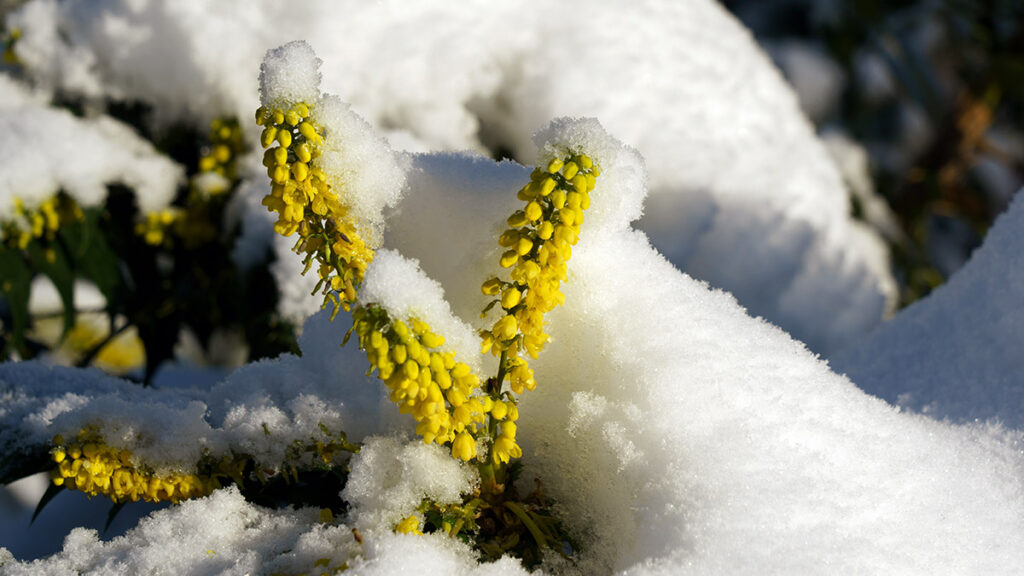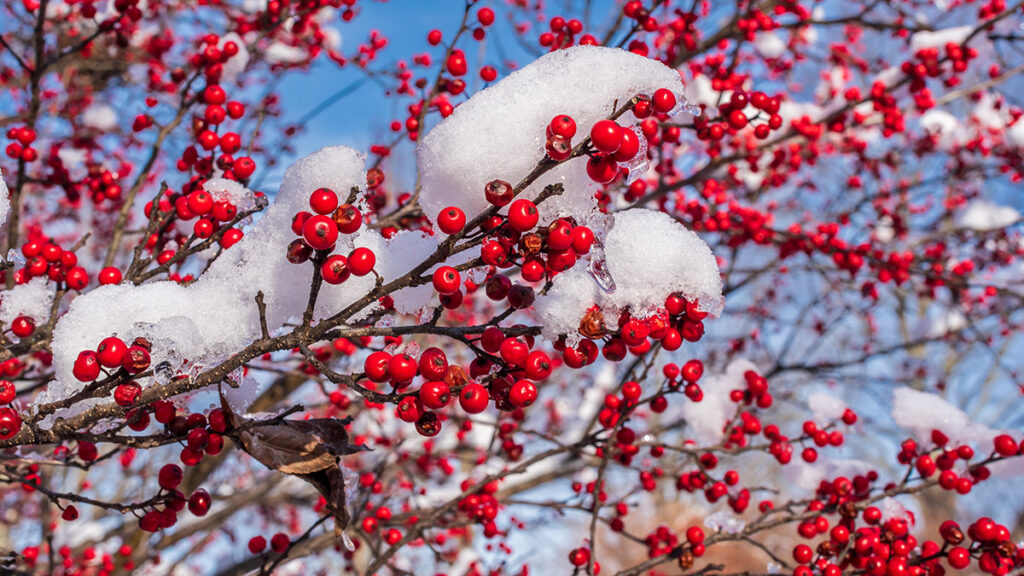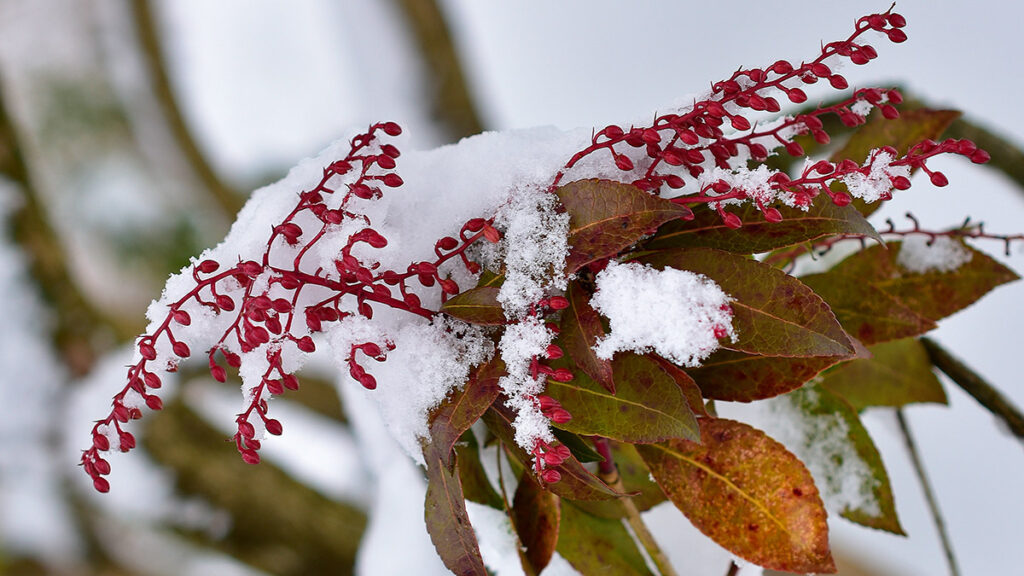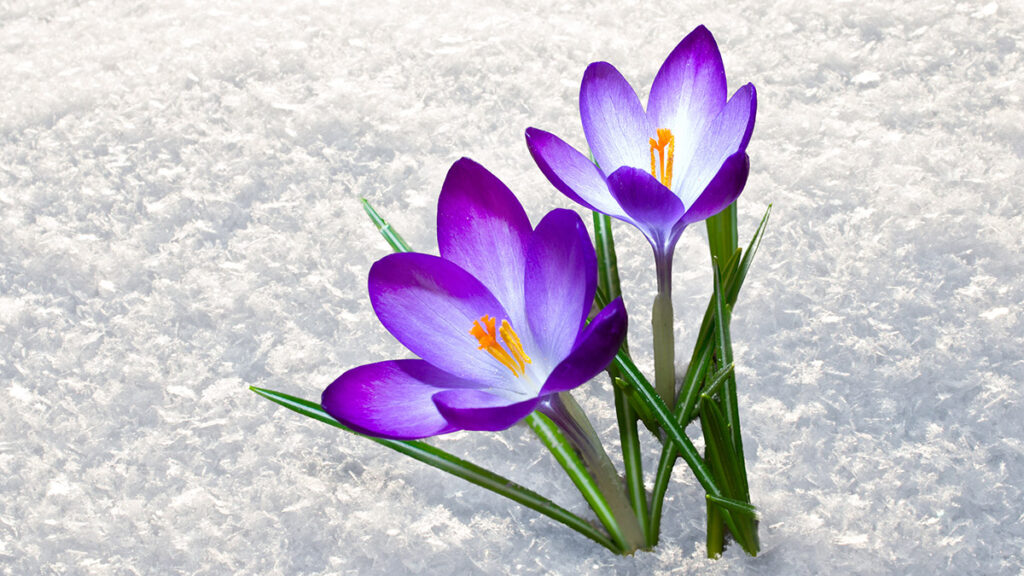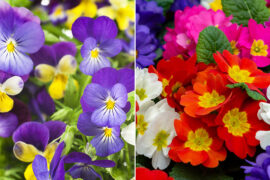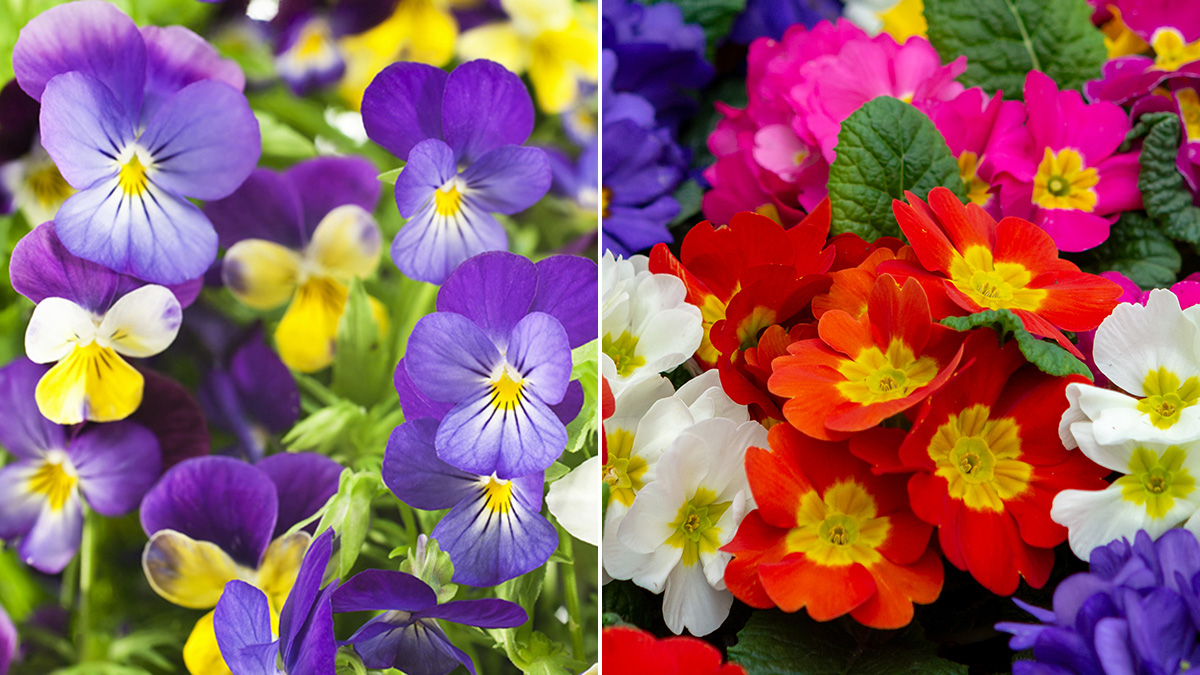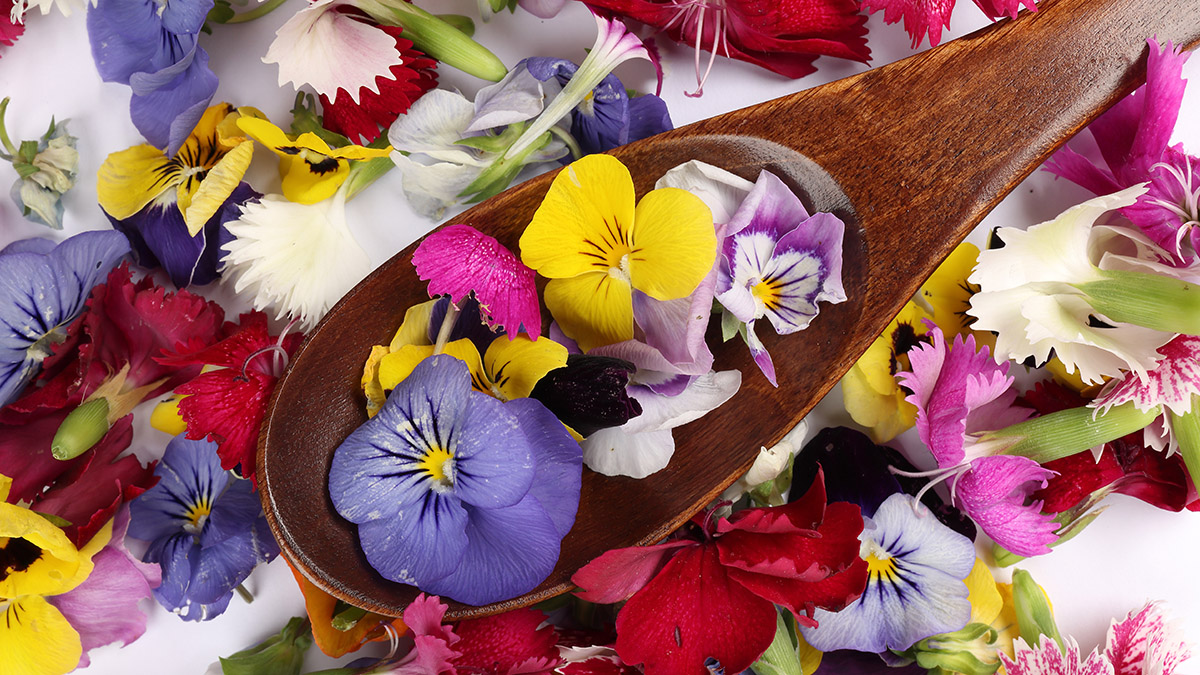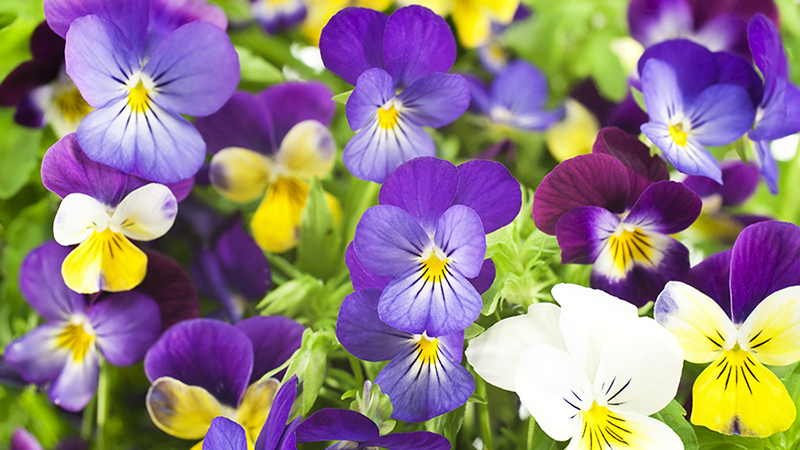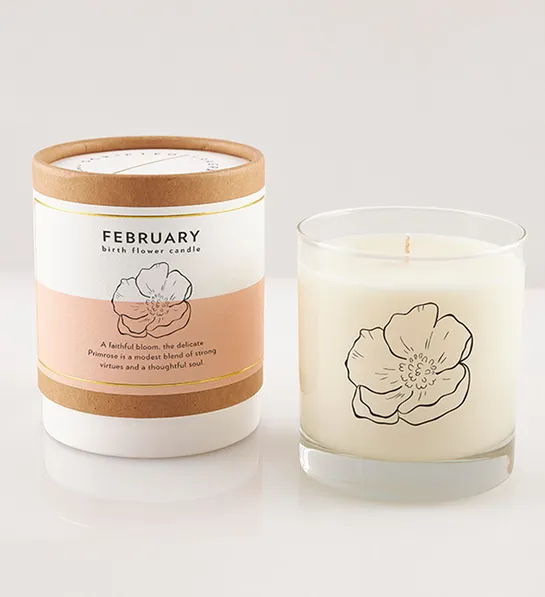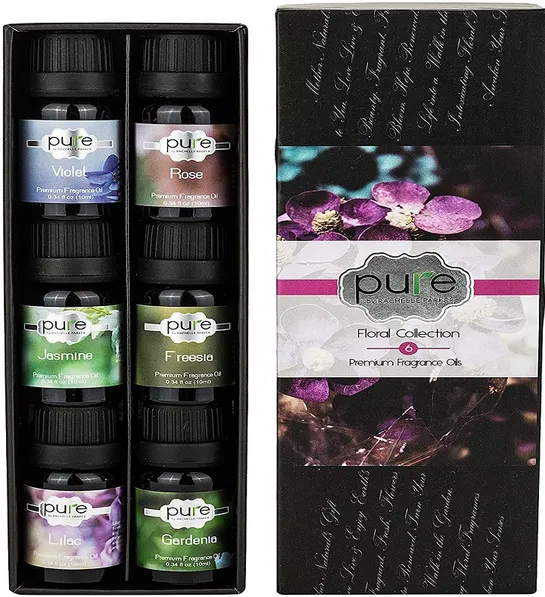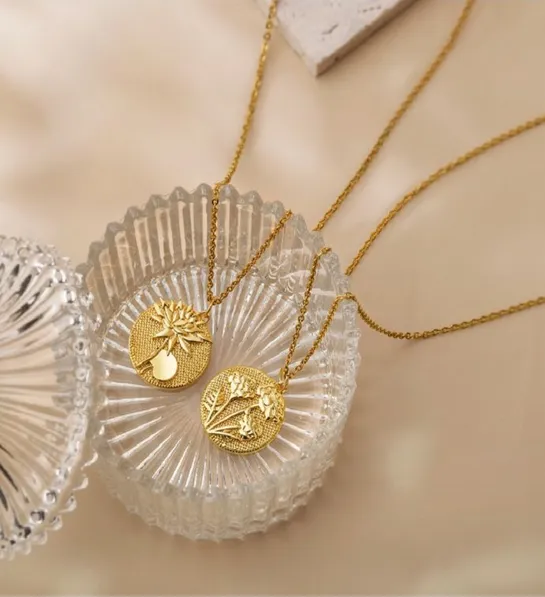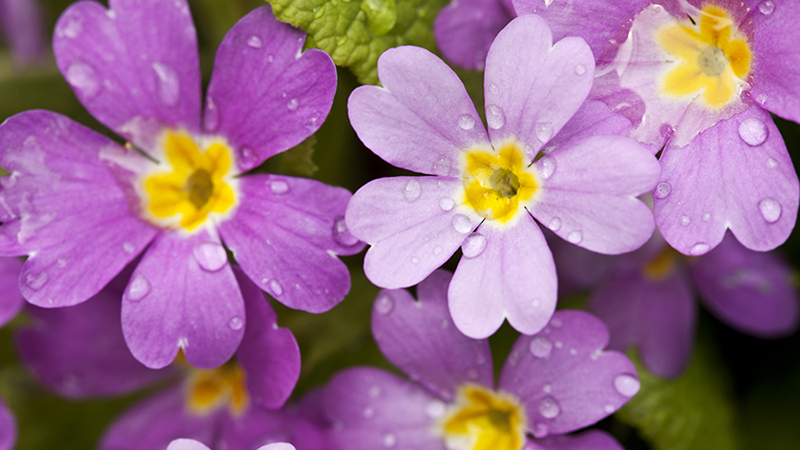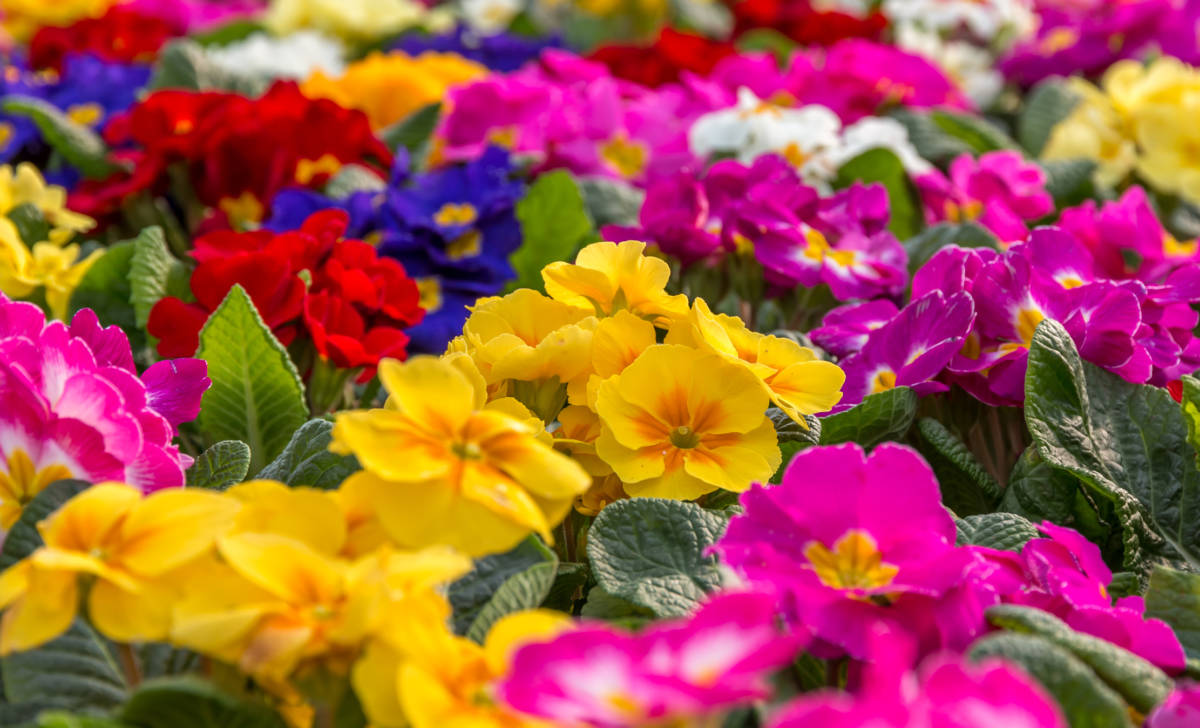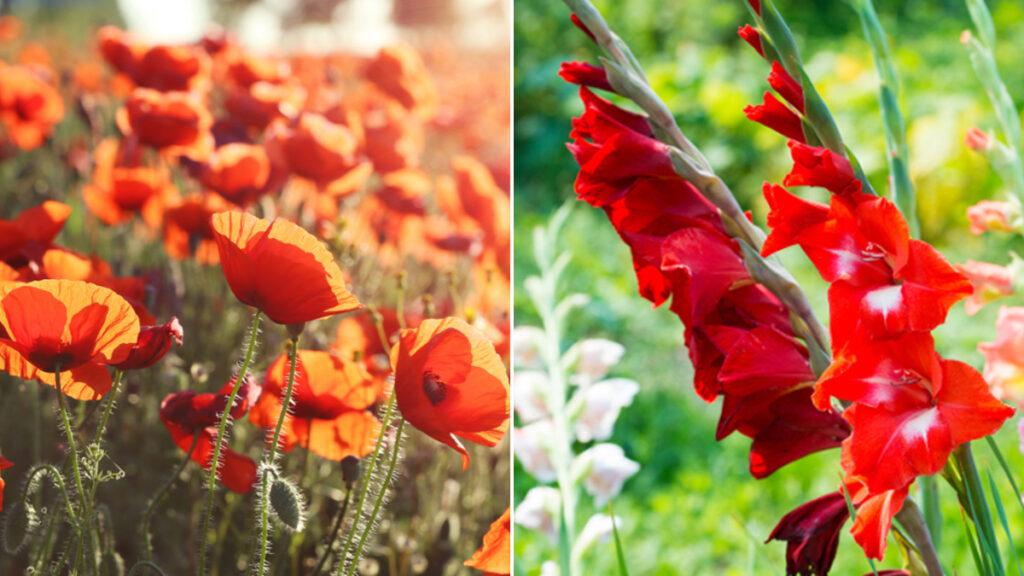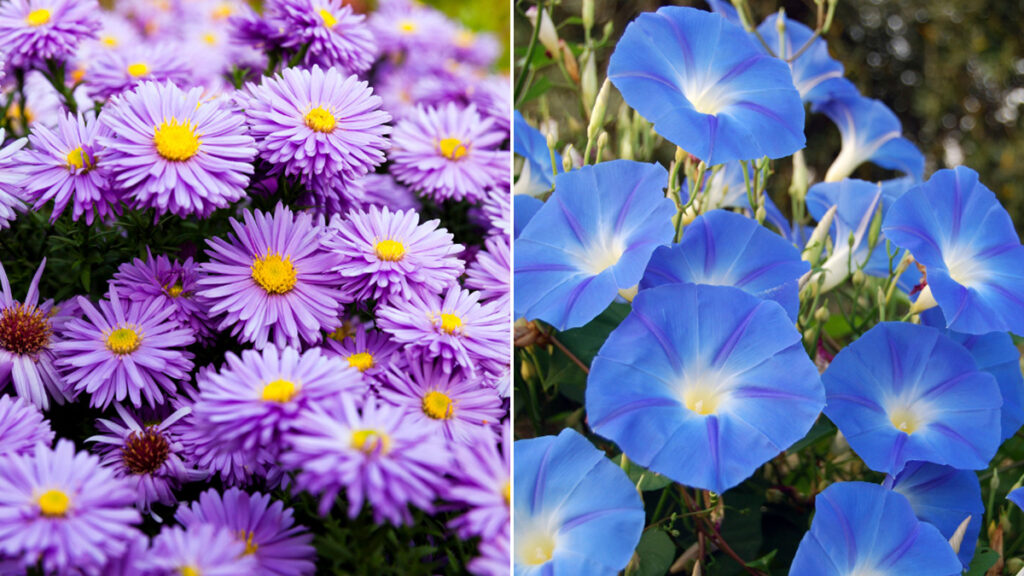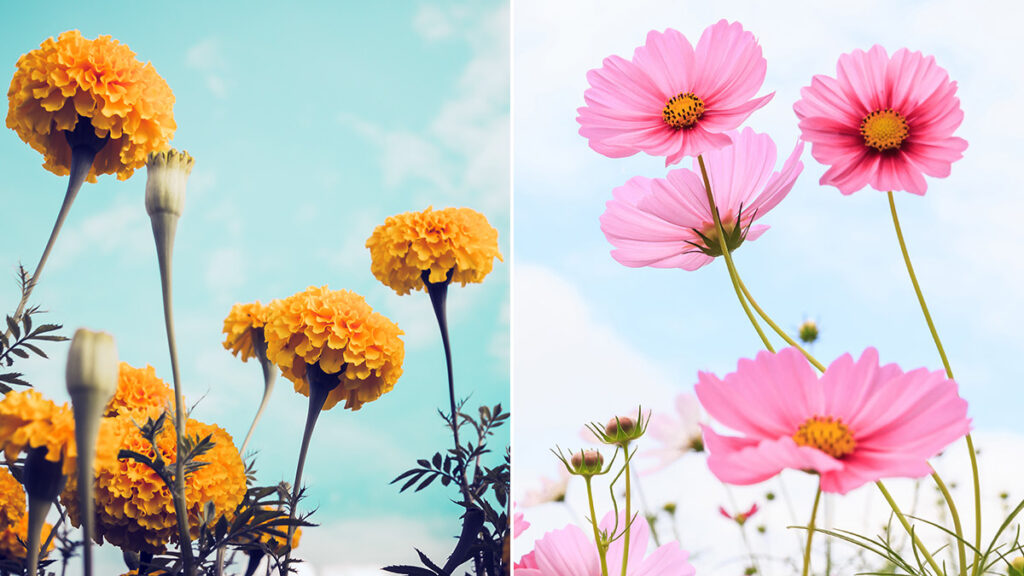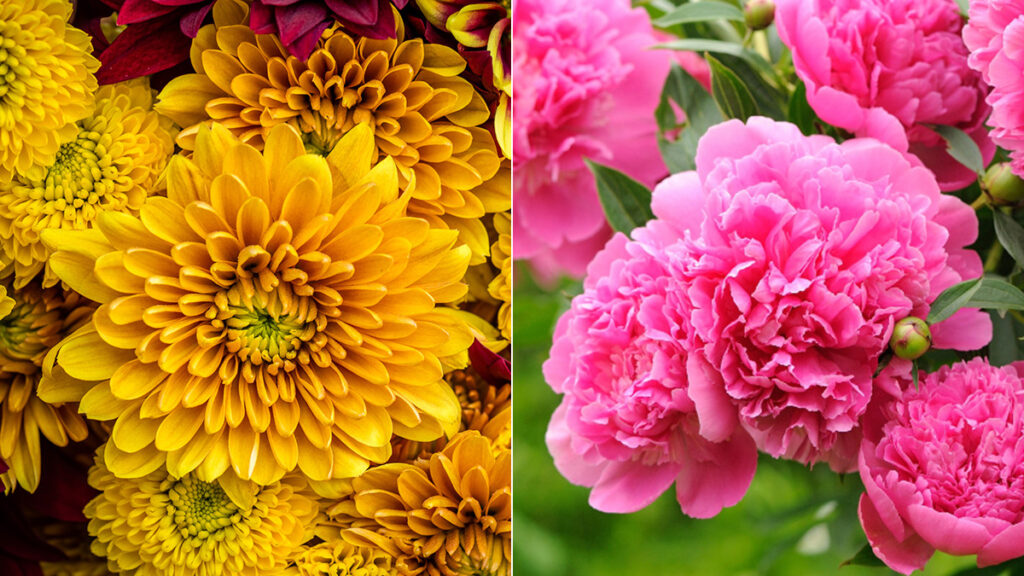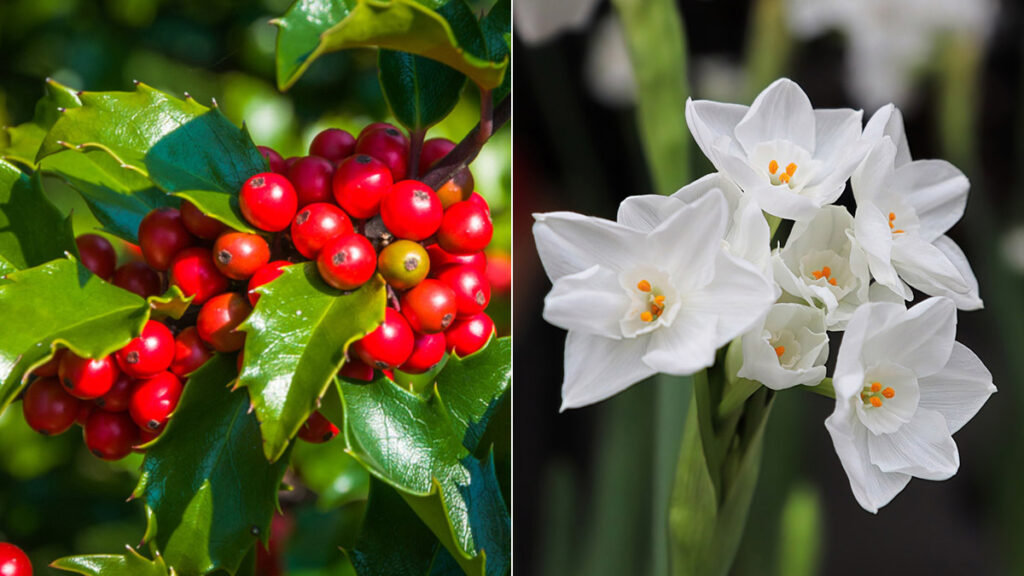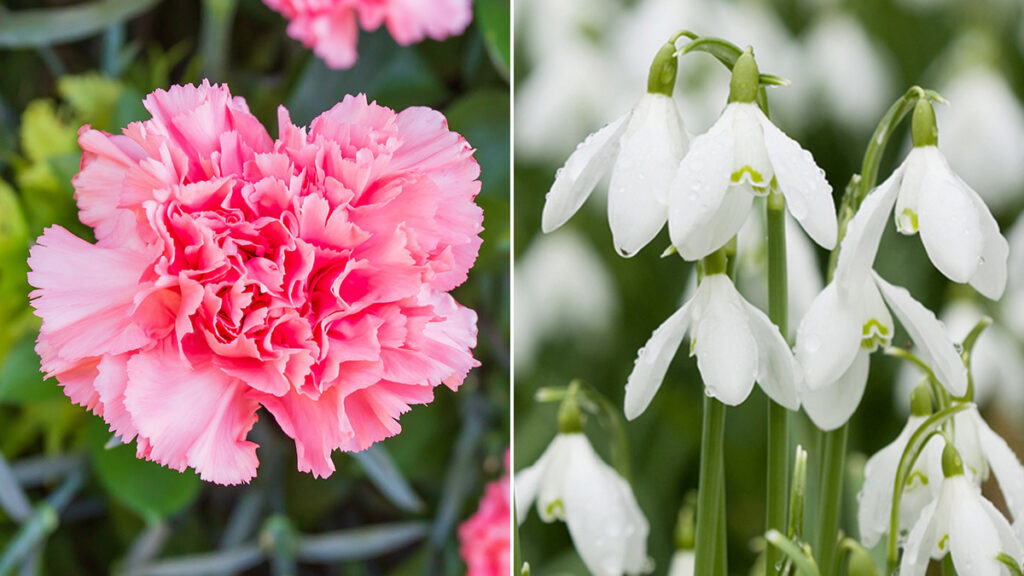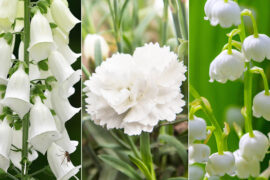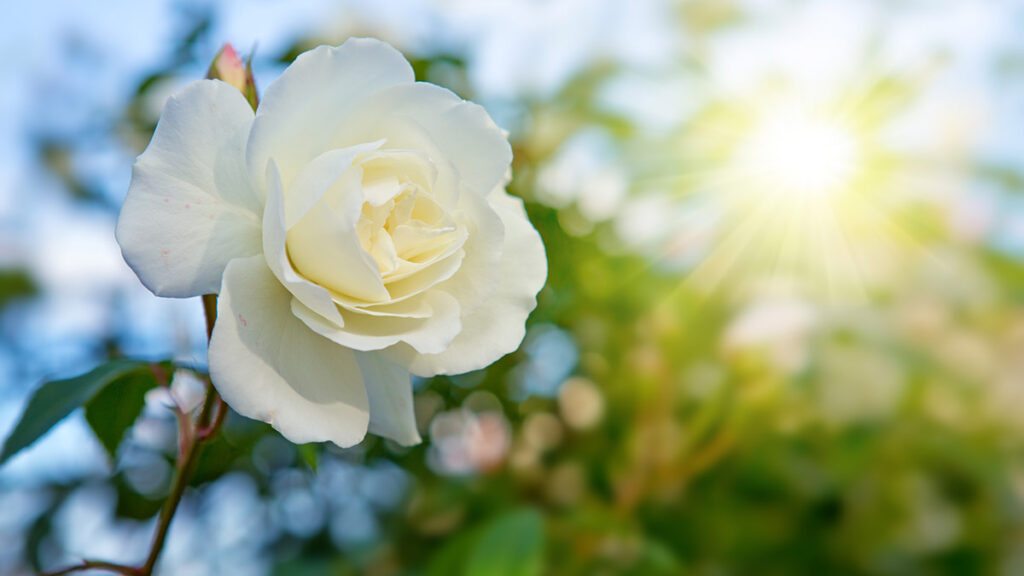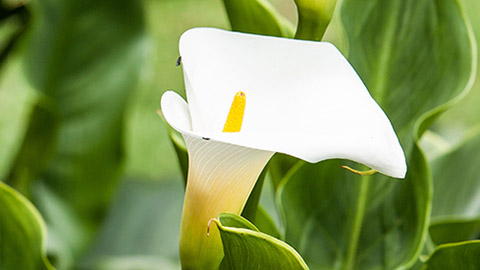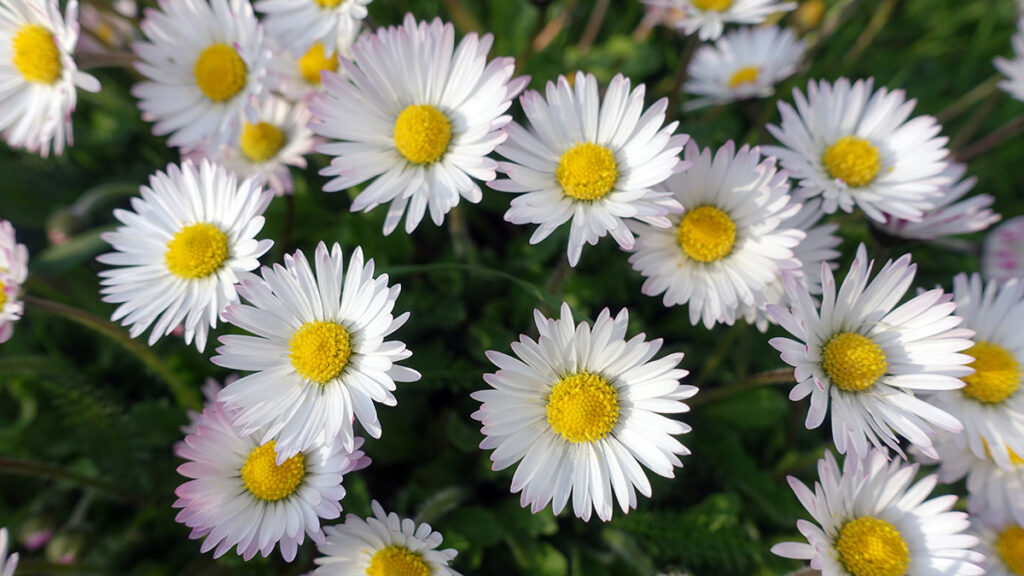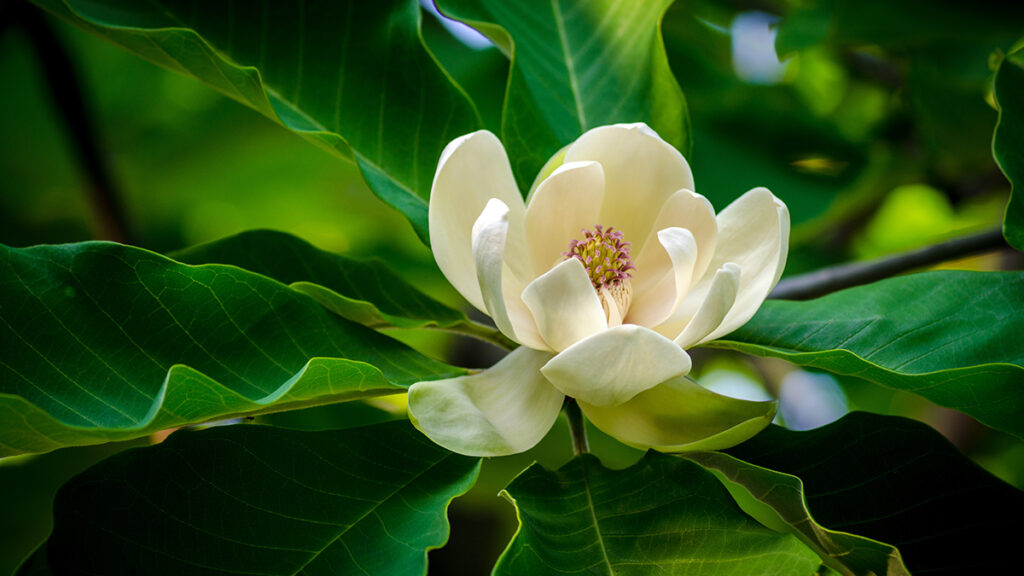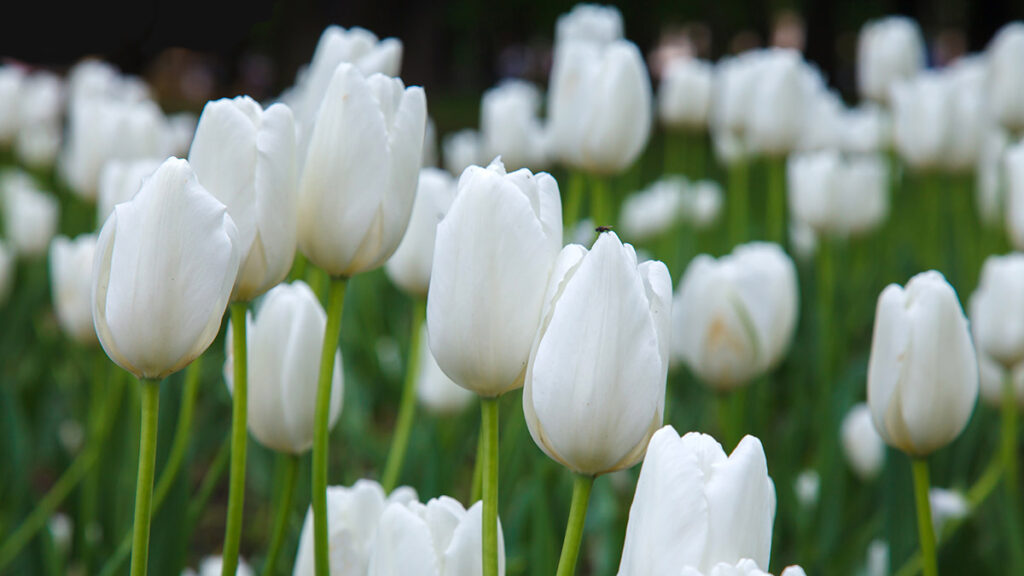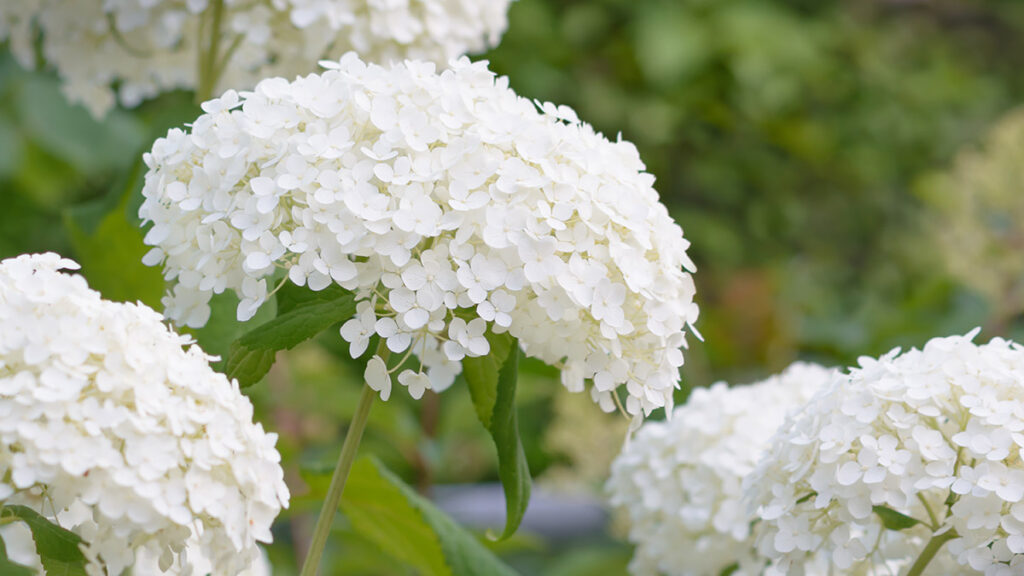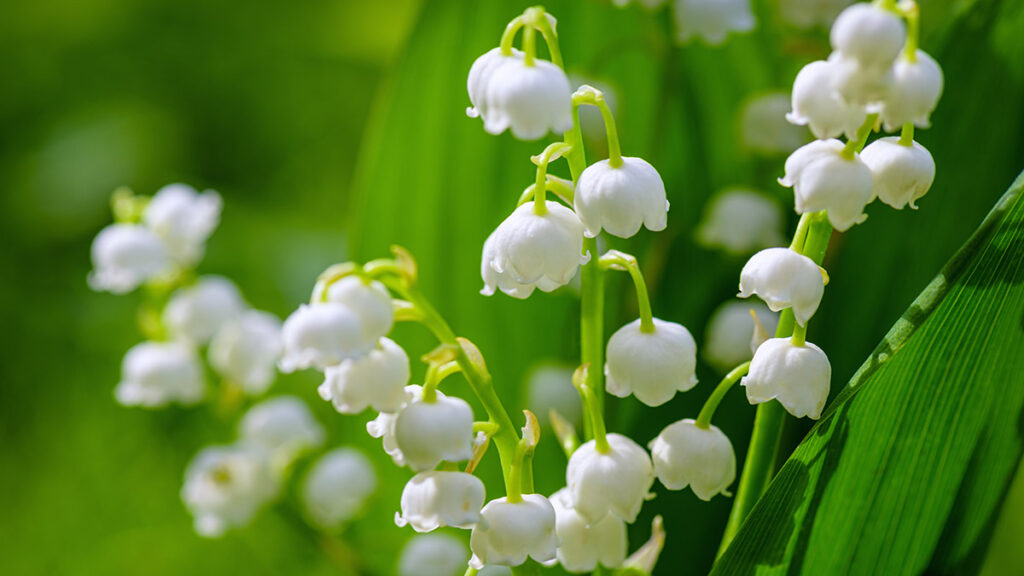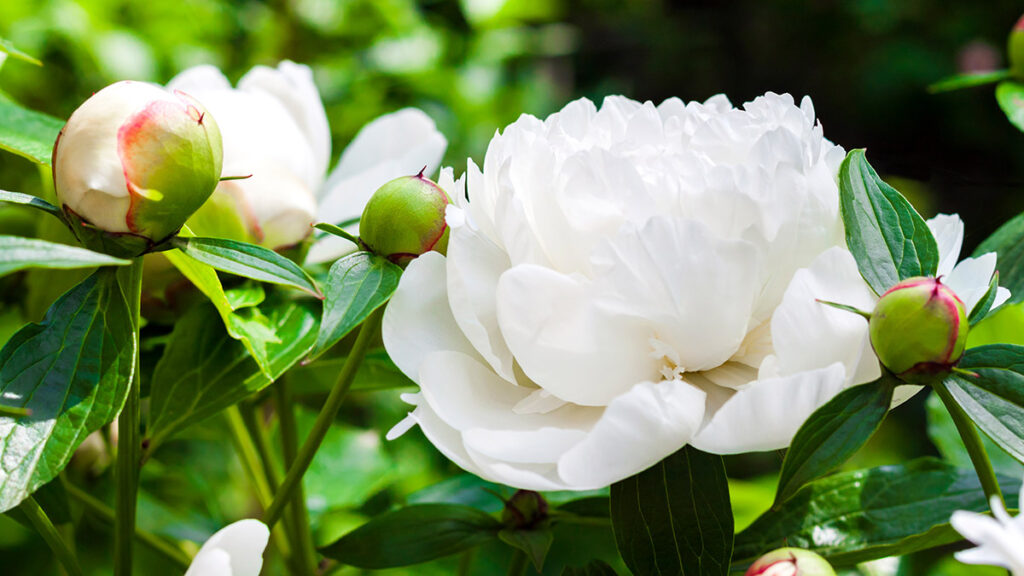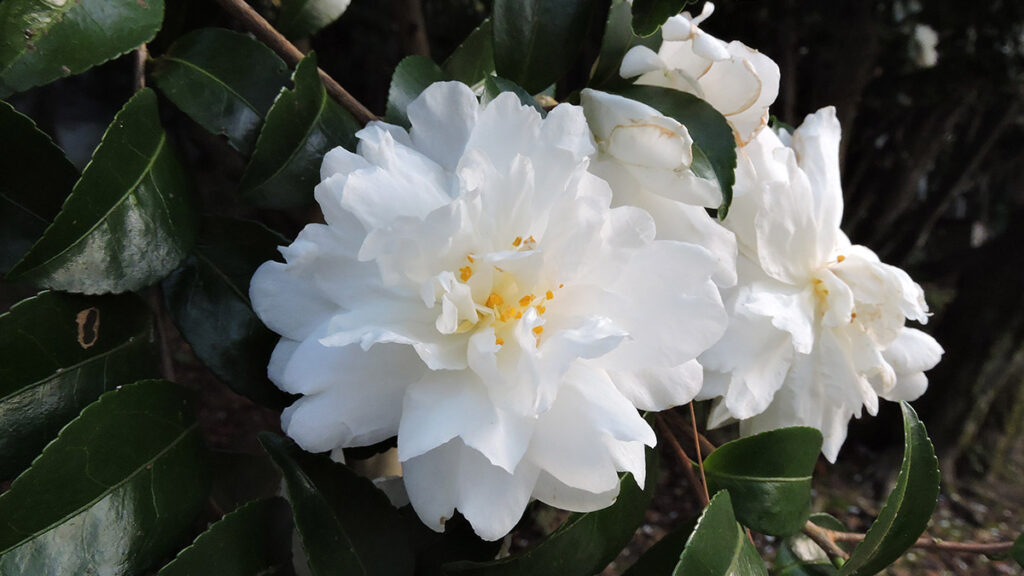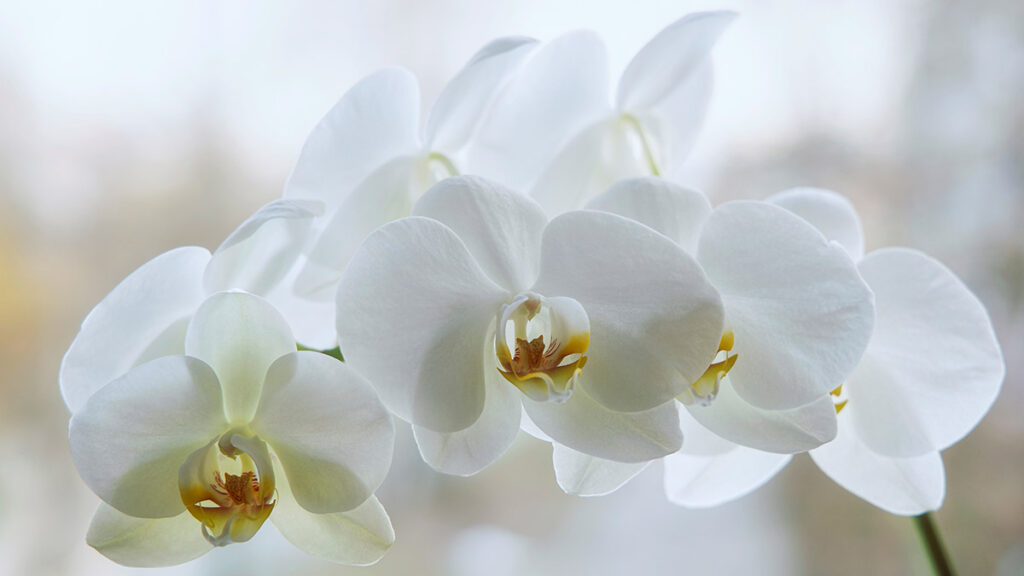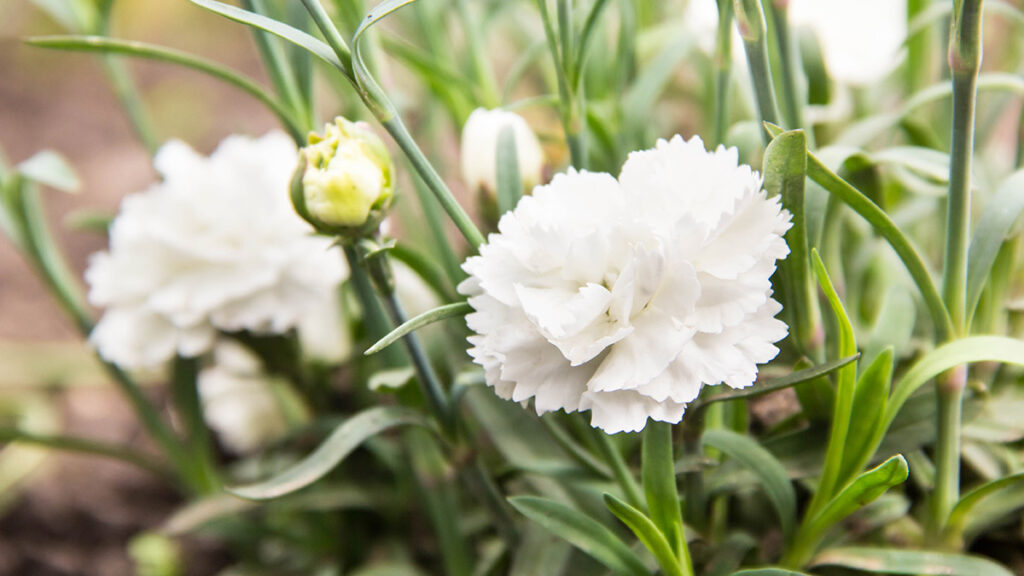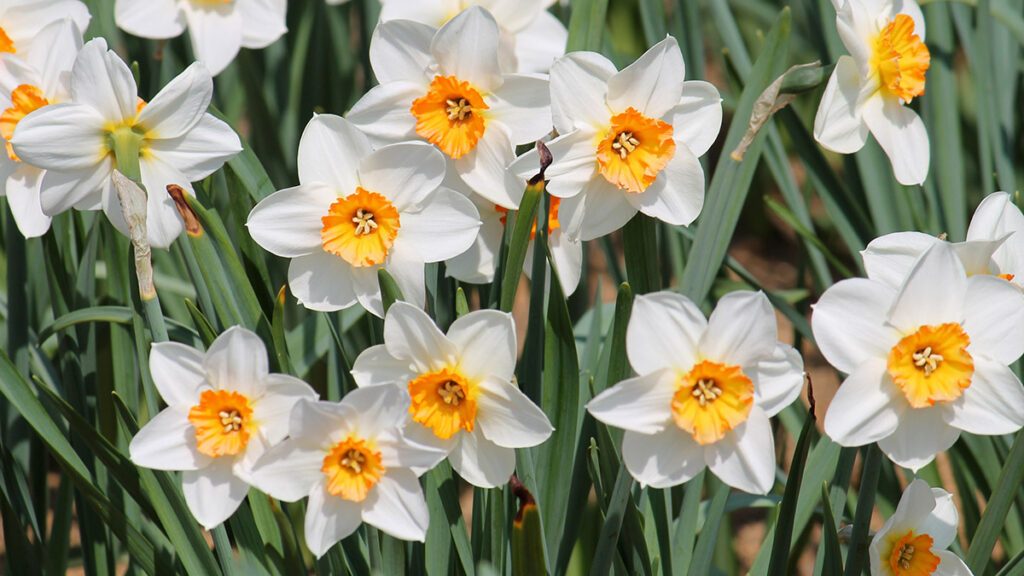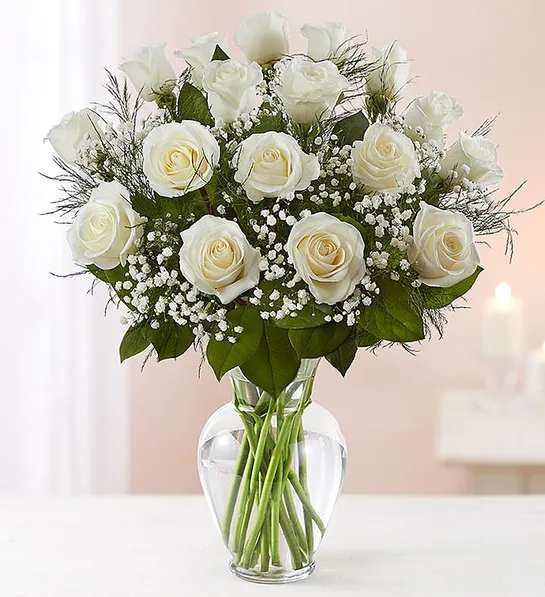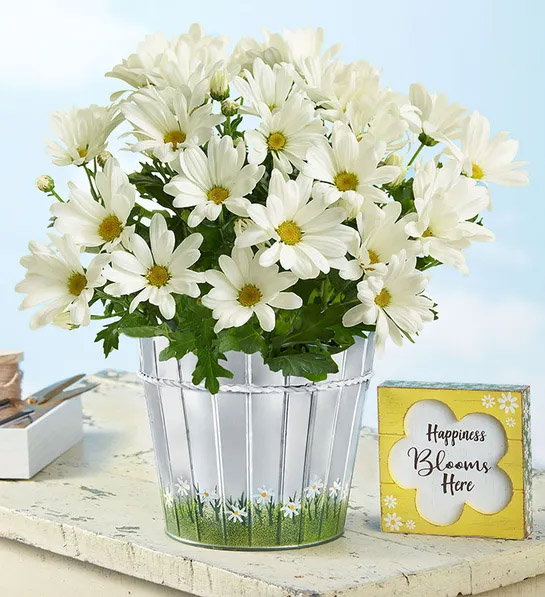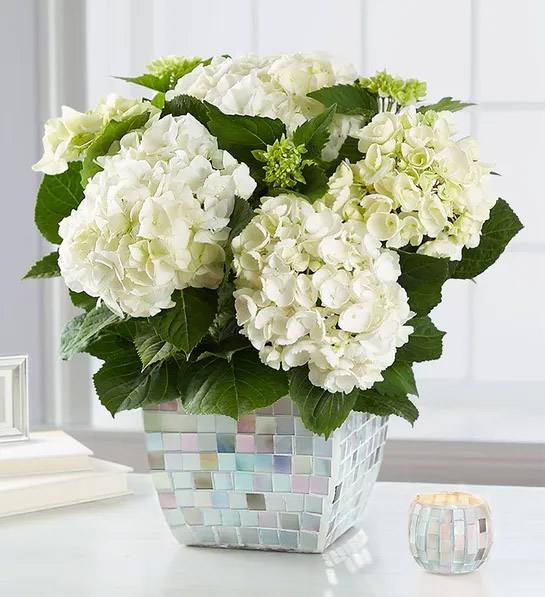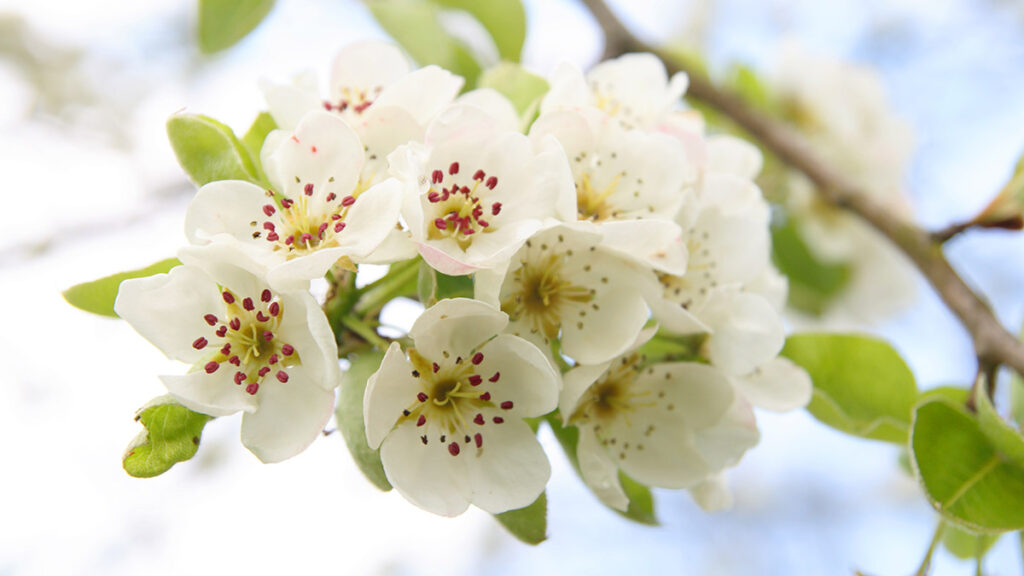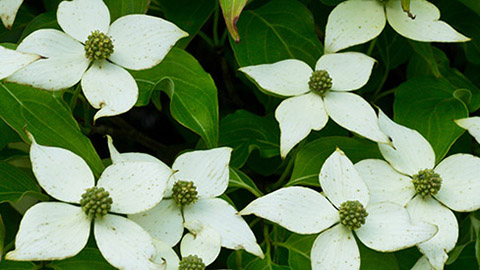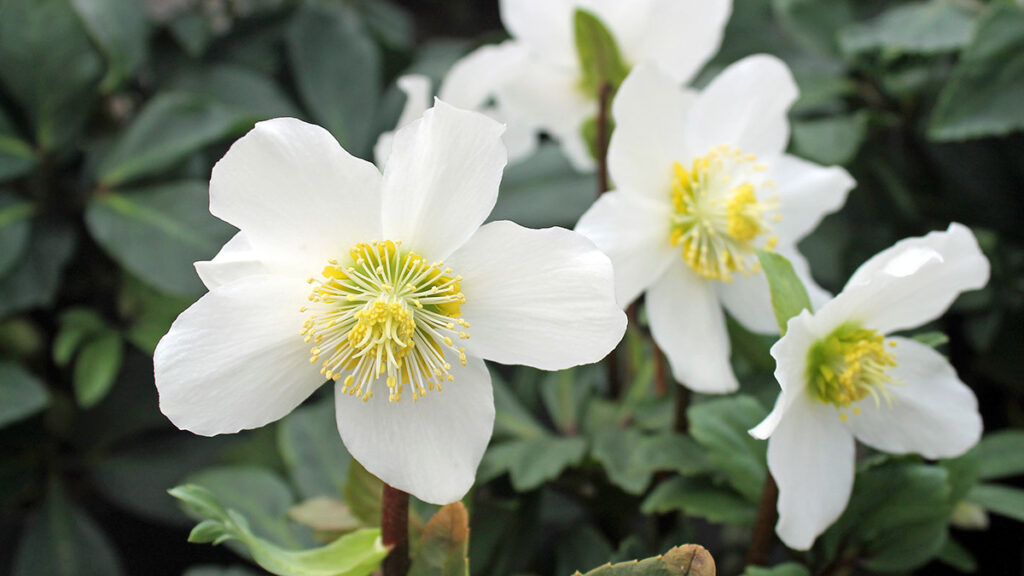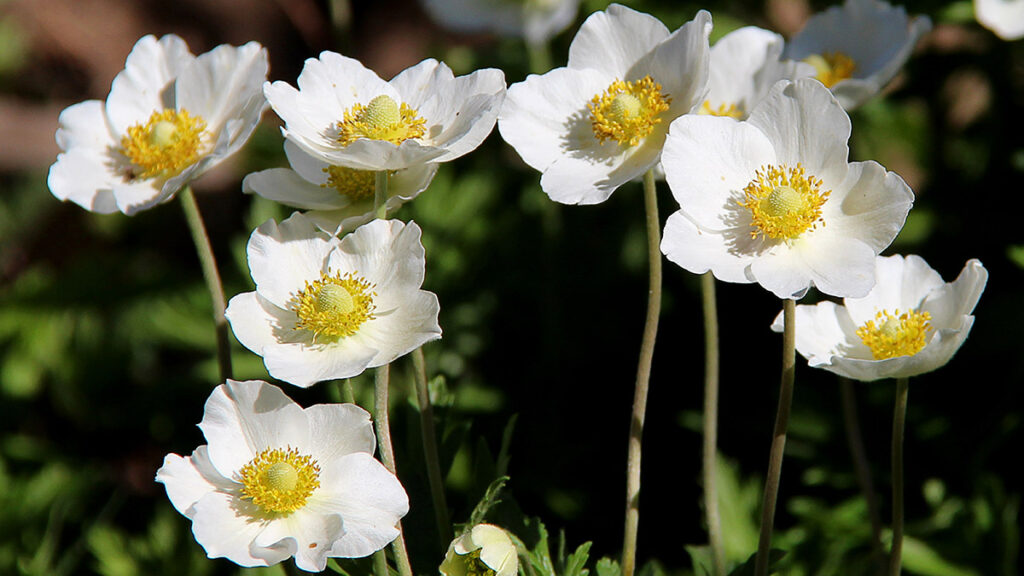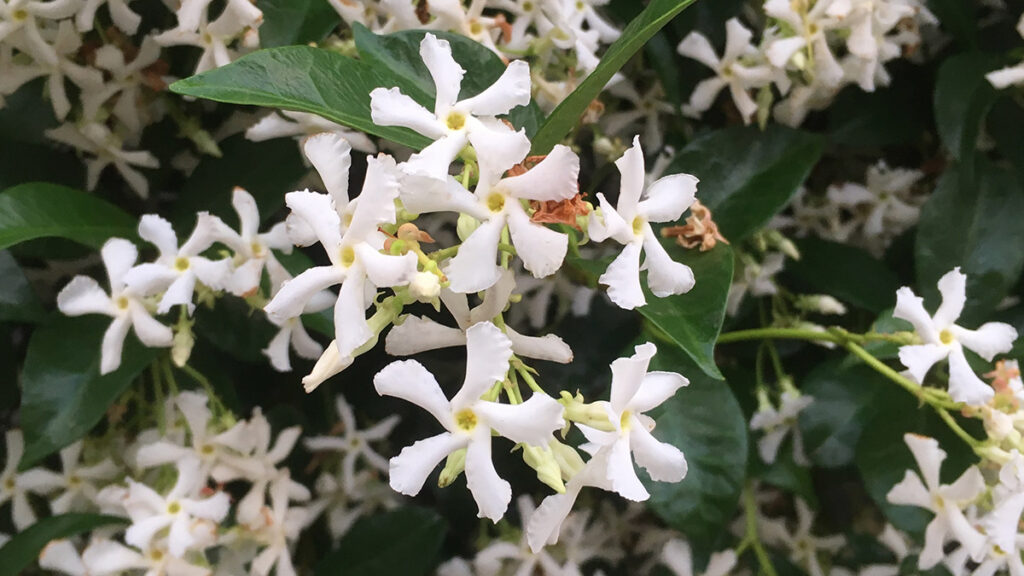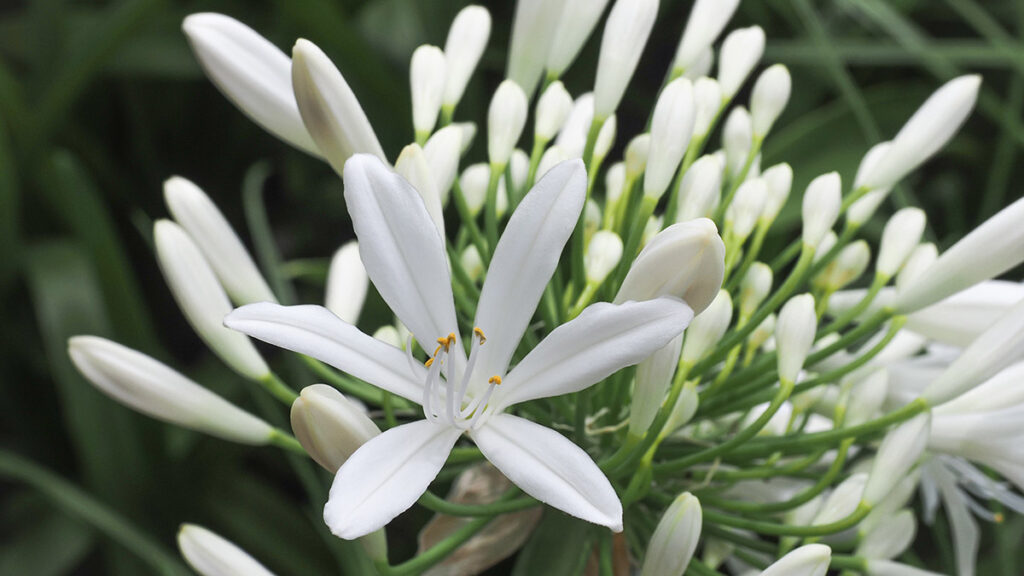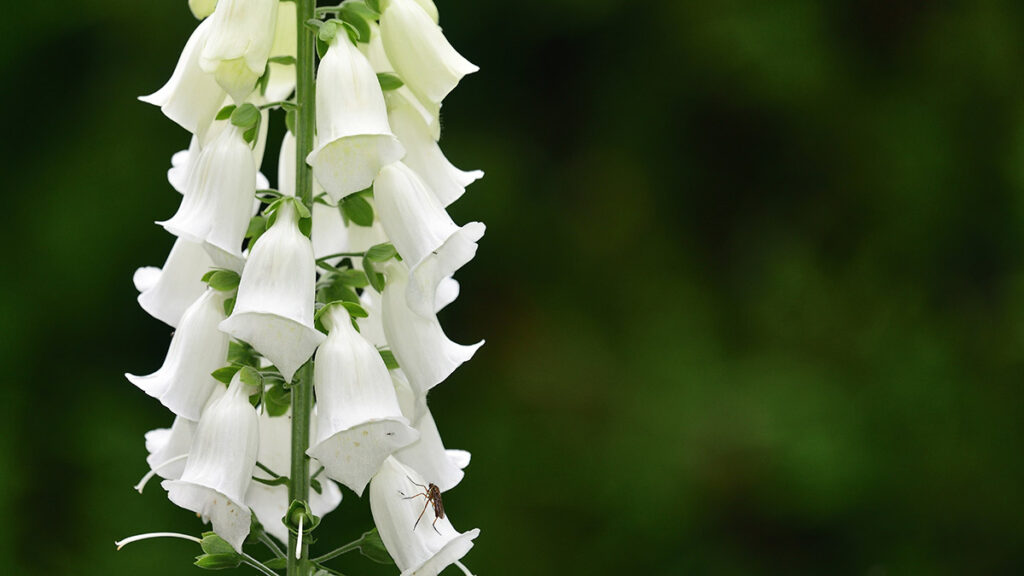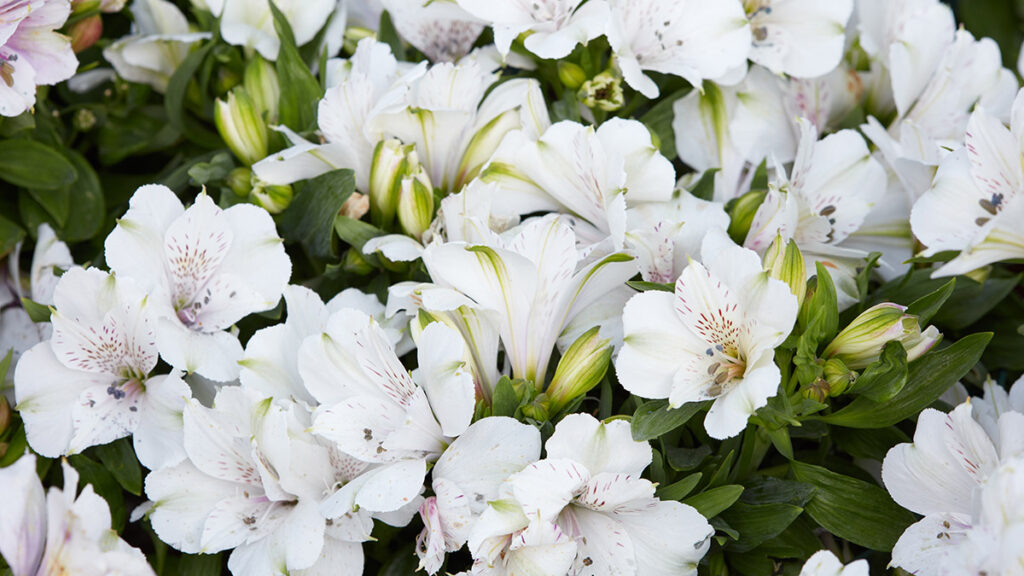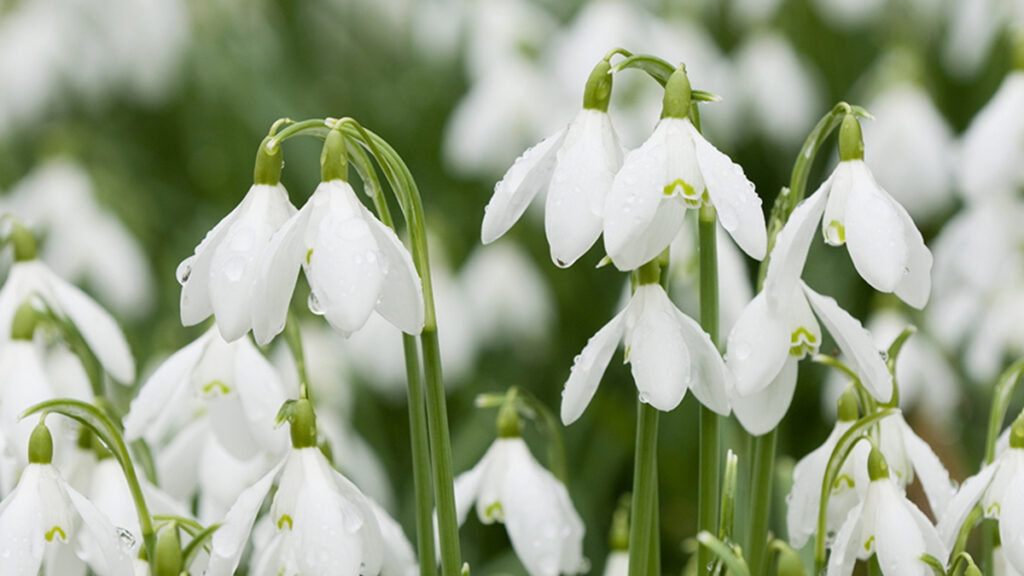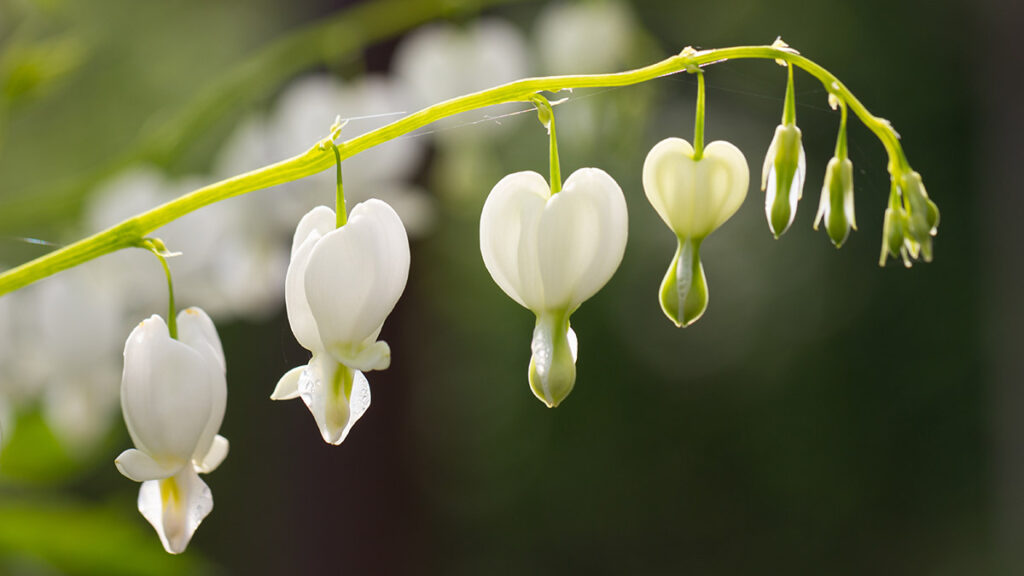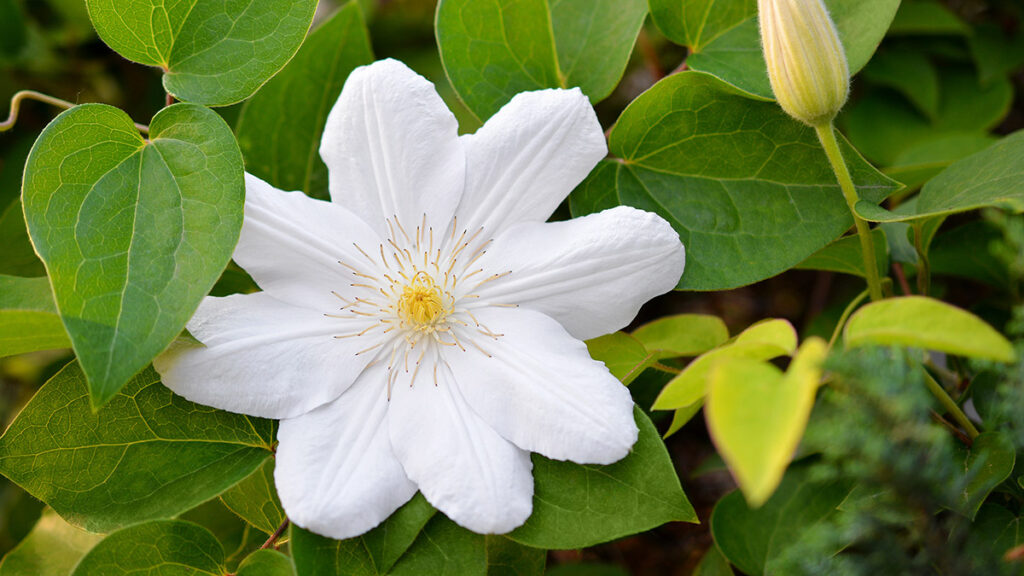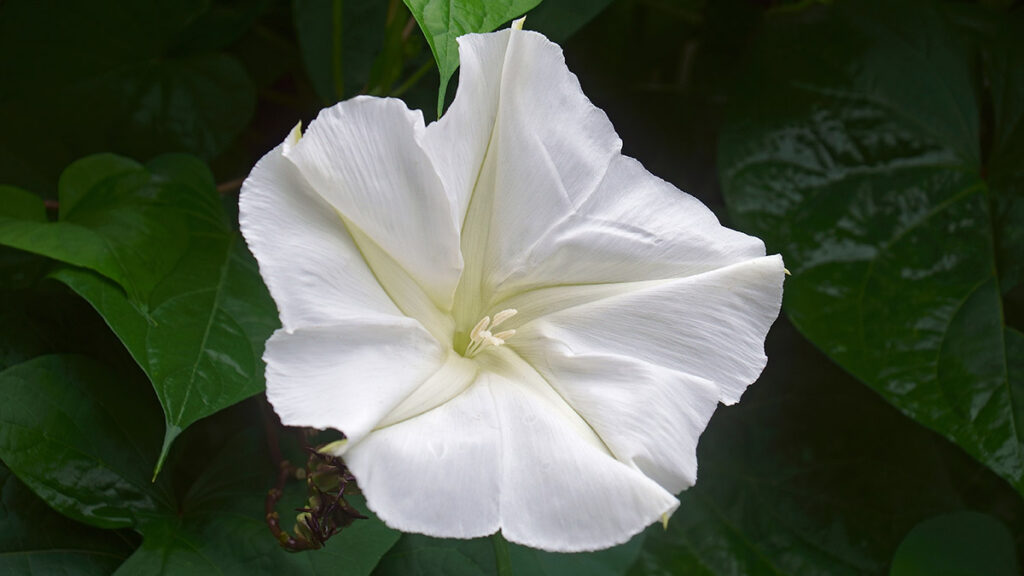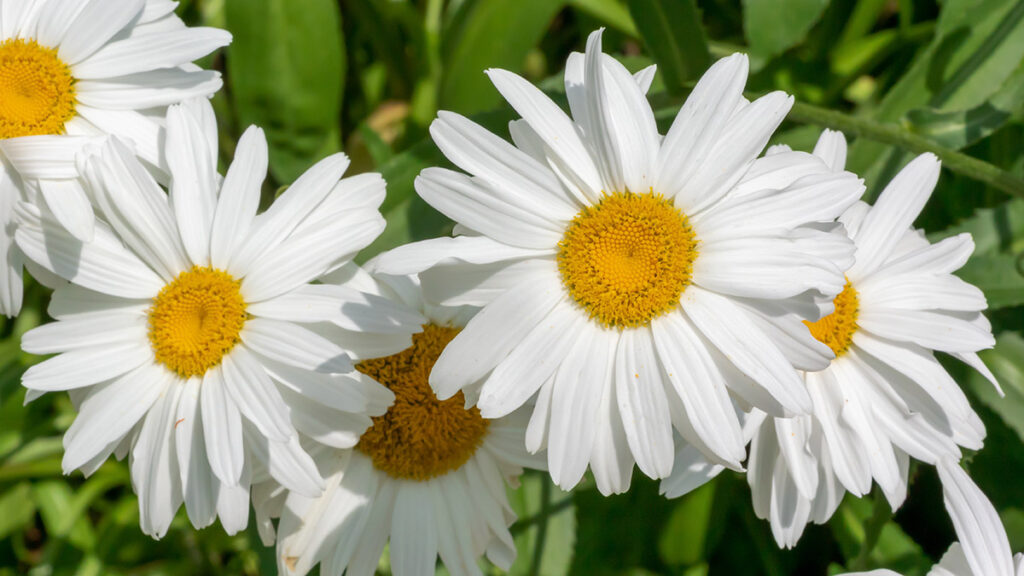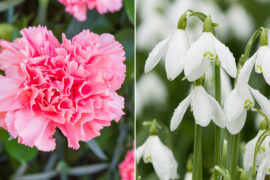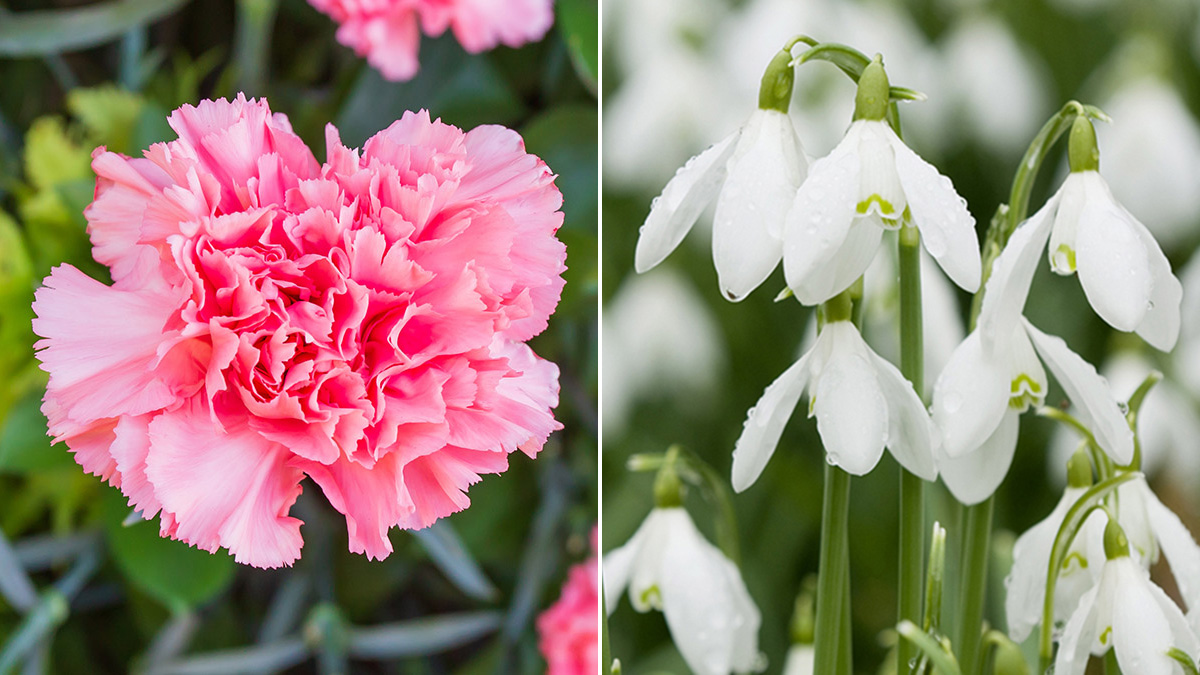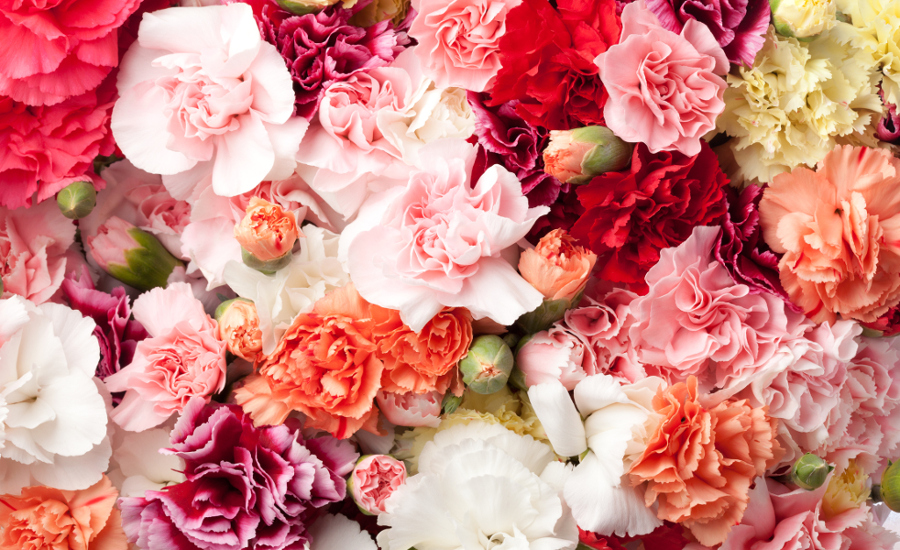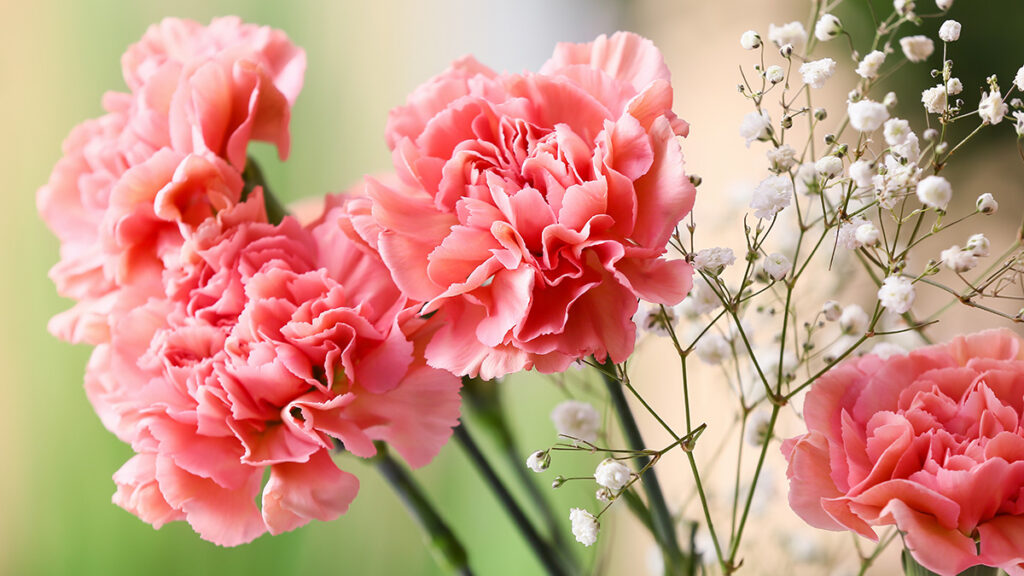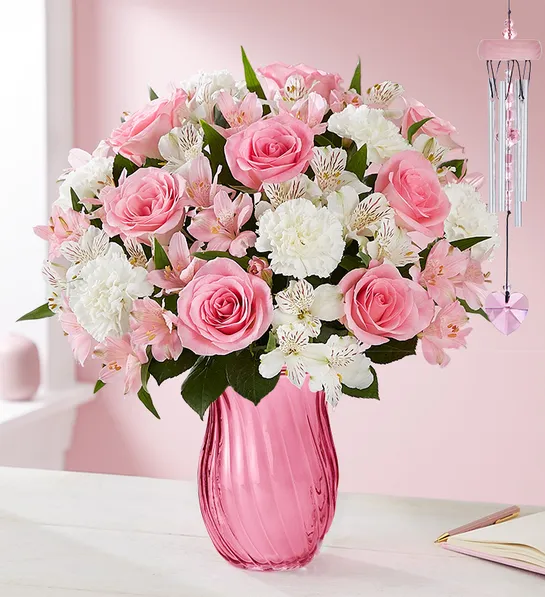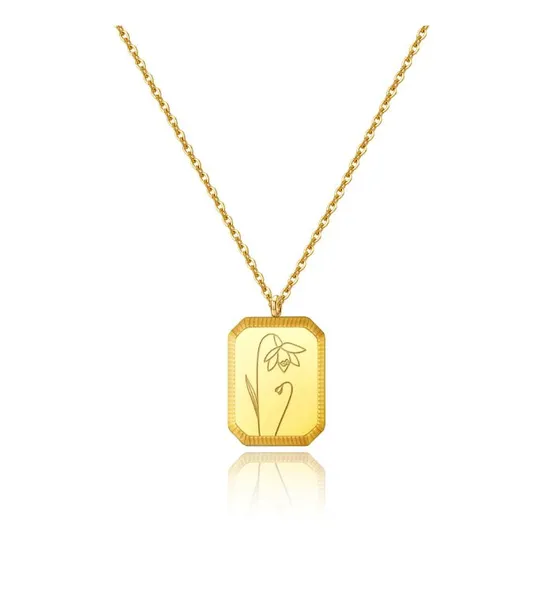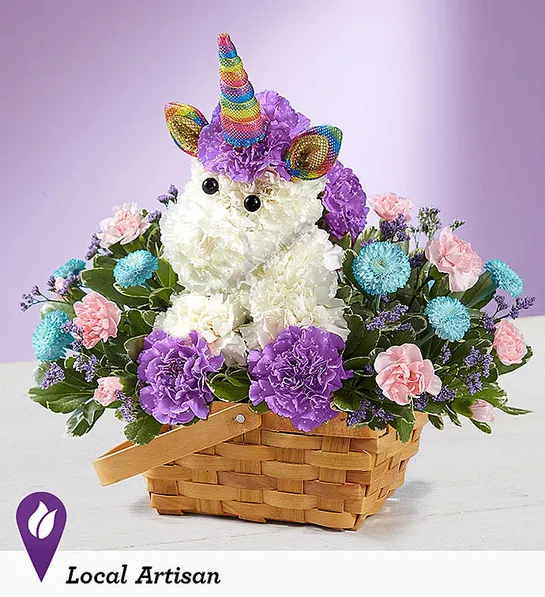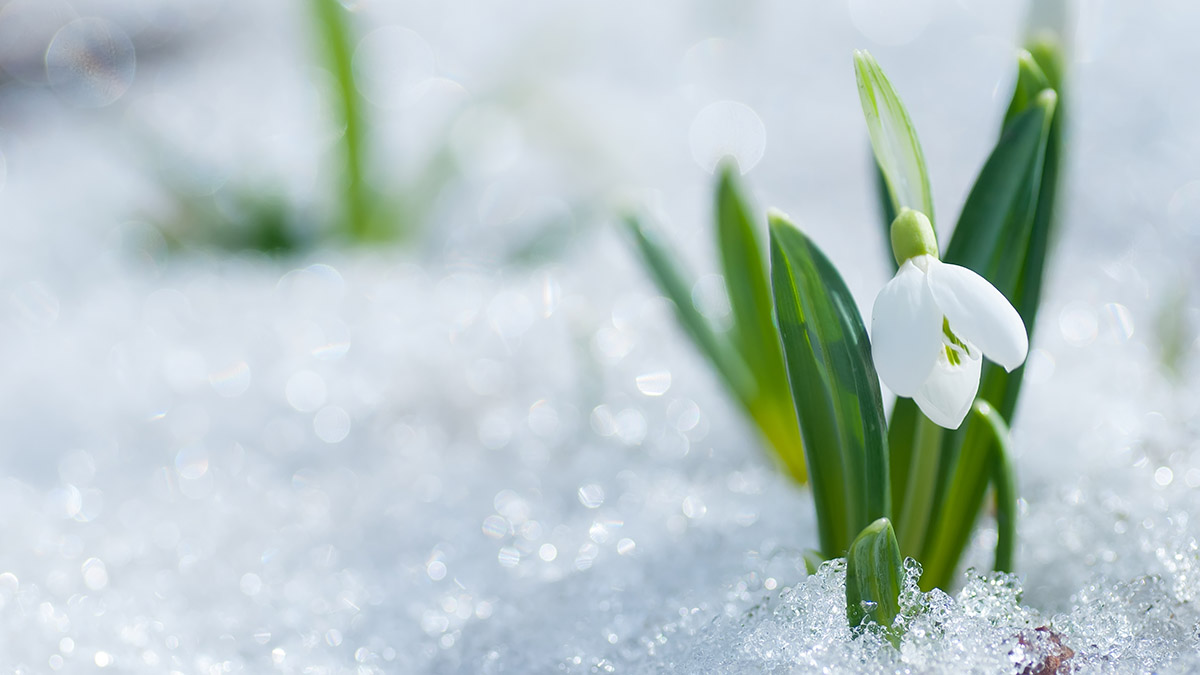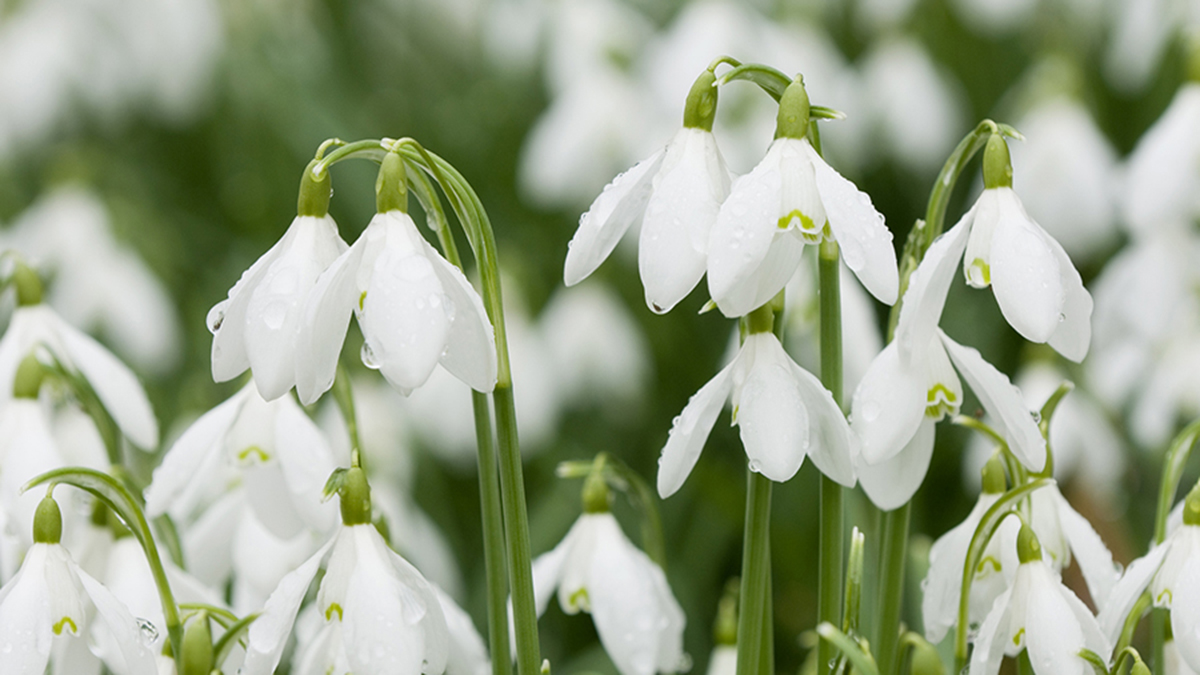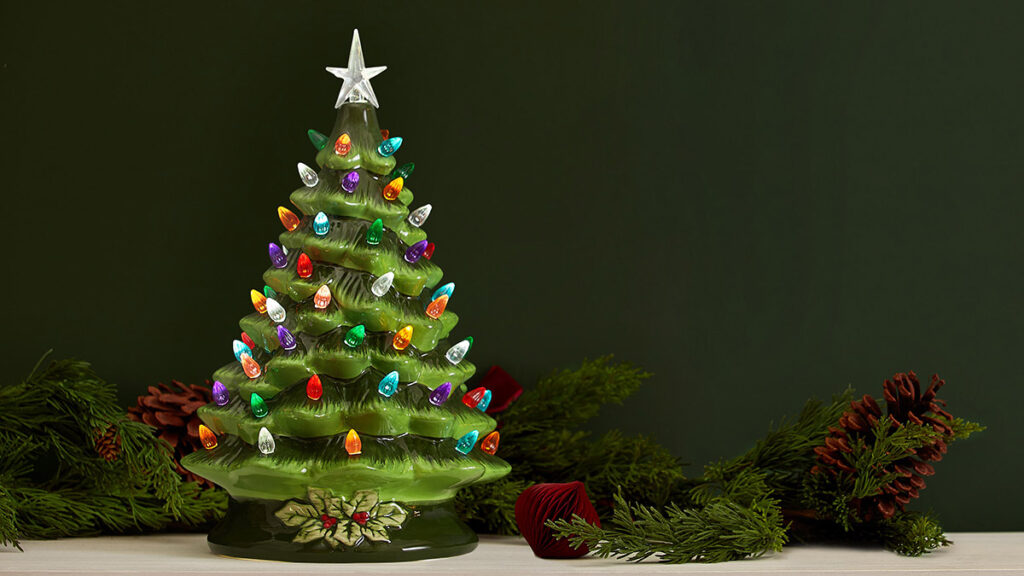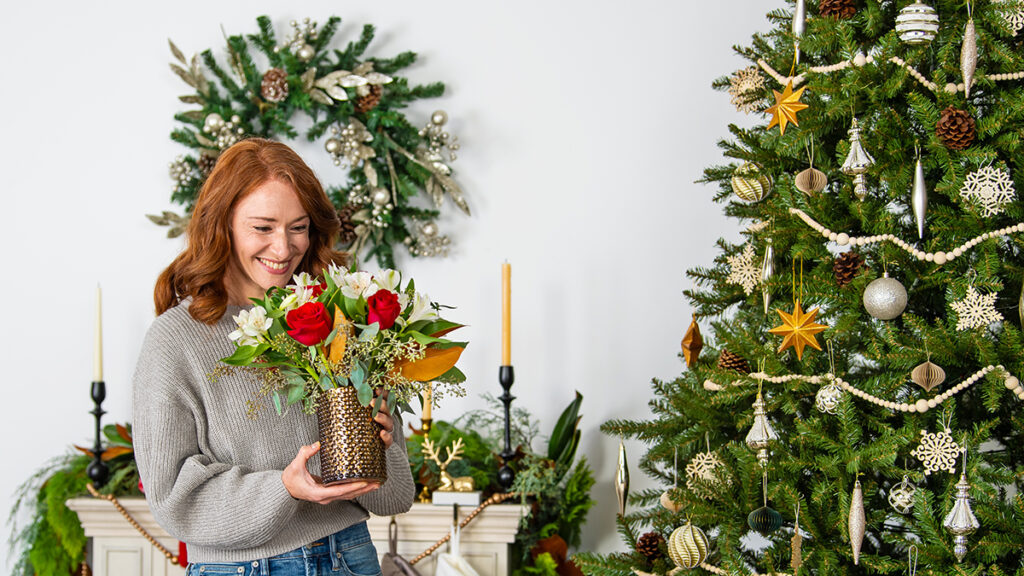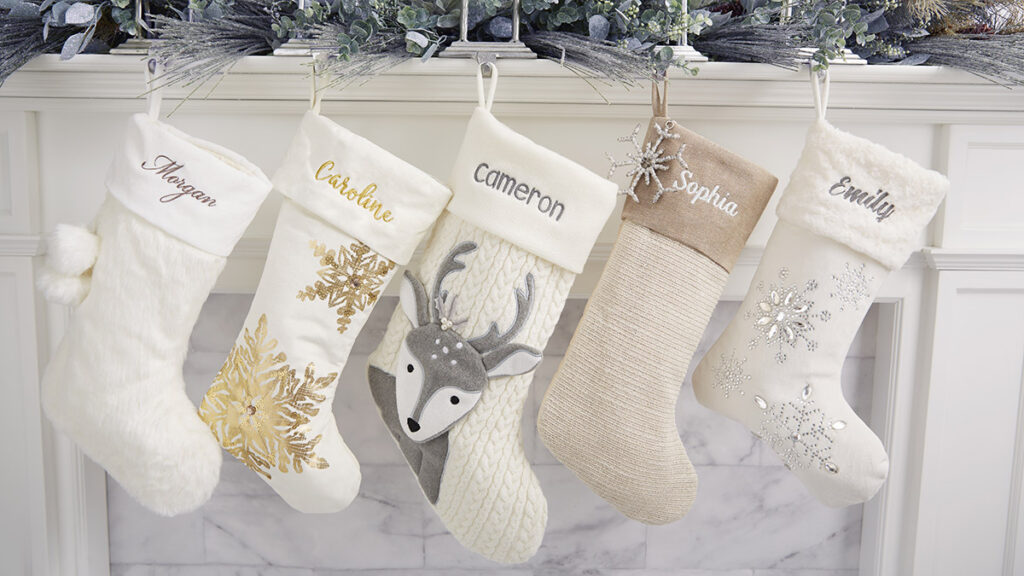Green flowers possess a refreshing charm that sets them apart in the world of blooms. Whether sporting vibrant shades or subtle hues, these blossoms bring a unique allure to the botanical tapestry of any outdoor space and herald the arrival of spring.
Given their relative rarity in nature, green flowers are natural difference makers in gardens and homes alike. Let’s explore these 20 types of green flowers that have a wide variety of uses, from St. Patrick’s Day decorations to spring-themed centerpieces to wedding arrangements.
1. Button pom
The green button pom flower, sometimes referred to as the Yoko Ono or Kermit pom, is a type of chrysanthemum that sports a bright color and unique shape. This fragrant flower adds a touch of liveliness and fun to any room or arrangement.
Sun exposure: Full sun
Soil needs: Well-draining soil with a slightly acidic to neutral pH
USDA hardiness zones: 5-9
Bloom time: Late spring to early fall
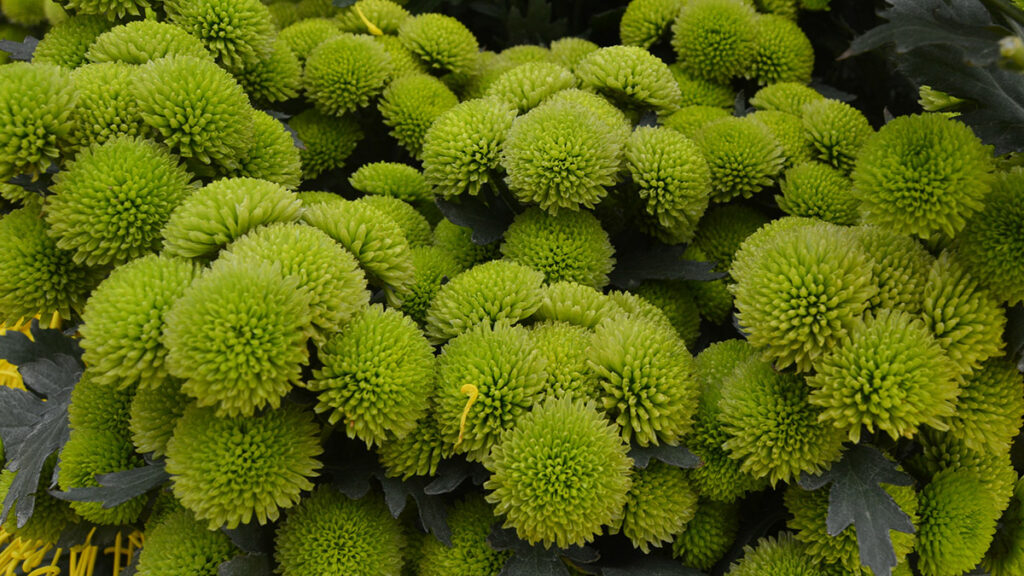
2. Spider mum (Chrysanthemum x morifolium)
With its one-of-a-kind look, the spider mum turns any floral arrangement into a show stopper. Known for their distinctive and elongated petals that give them the appearance of spider legs, these unique flowers are favorites in autumn gardens.
Sun exposure: Full sun
Soil needs: Well-draining soil with a slightly acidic to neutral pH
USDA hardiness zones: 5-9
Bloom time: Late summer to fall
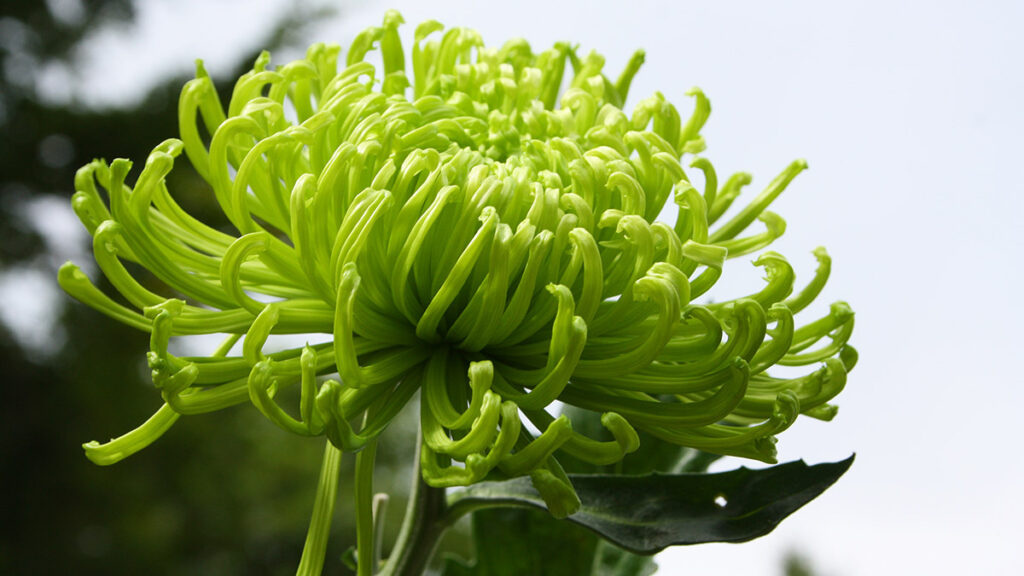
3. Bells of Ireland (Molucella laevis)
Cultivated since the 1500s, Bells of Ireland are a stunning addition to any bouquet or garden. Although these types of green flowers originated in Turkey, the combination of their color and association with luck led to the Irish-inspired nickname.
Sun exposure: Full sun to partial shade
Soil needs: Well-draining soil with a slightly alkaline to neutral pH
USDA hardiness zones: 2-11
Bloom time: Late spring to early summer

4. Cymbidium orchid (Cymbidium)
This decorative plant blooms from spring to fall, producing beautiful flowers — in colors including lime green — that provide the perfect contrasting touch to your garden. Orchids also make a great addition to a centerpiece or corsage.
Sun exposure: Bright, indirect light
Soil needs: Well-draining orchid mix (avoid regular potting soil)
USDA hardiness zones: N/A (grown as indoor plants)
Bloom time: Late winter to early spring

5. Gladiolus “Green Star”
Uniquely colored with petals blooming along a tall stem, the green gladiolus is gaining in popularity and popping up in gardens across the world. Planting it in the early spring will produce the most impressive blooms.
Sun exposure: Full sun
Soil needs: Well-draining soil with a slightly acidic to neutral pH
USDA hardiness zones: 8-11
Bloom time: Late spring to early fall
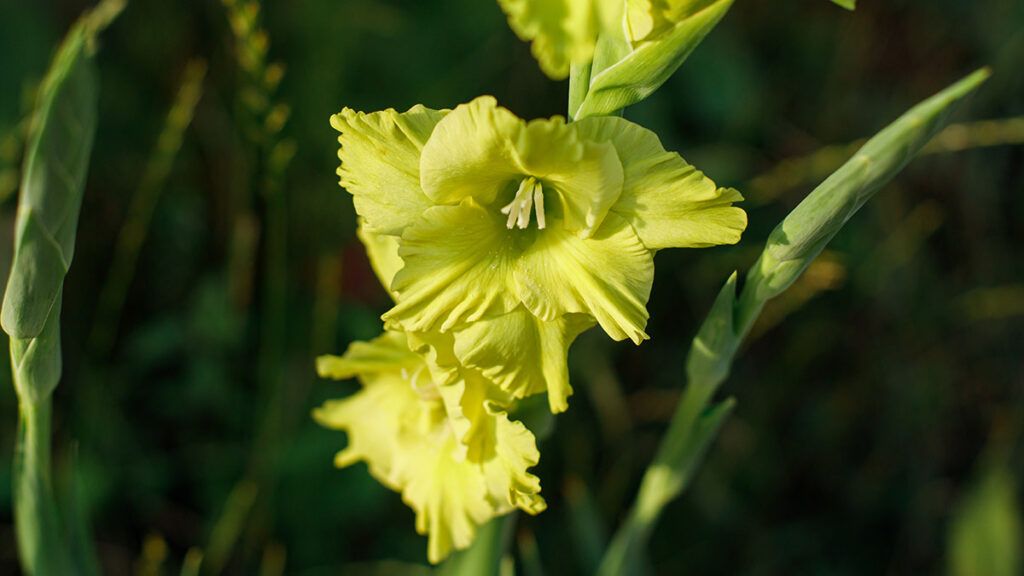
6. Anthurium (Anthurium spp.)
The anthurium, also called “laceleaf” or “flamingo flower,” blooms into a stunning flower with unique heart-shaped leaves, making it one of the most popular tropical houseplants. It is know as the world’s longest-blooming houseplant; each bloom of the anthurium can last up to eight weeks!
Sun exposure: Bright, indirect light
Soil needs: Well-draining, loose, and airy potting mix
USDA hardiness zones: N/A (cultivated as indoor plants)
Bloom time: Late winter to early spring

7. Zinnia (Zinnia spp.)
Zinnias are vibrant and cheerful annual flowers that add a burst of color to gardens and landscapes. With a diverse range of shapes, sizes, and colors — green included — zinnias are known for their resilience, making them a popular choice for both novice and experienced gardeners.
Sun exposure: Full sun
Soil needs: Well-draining soil with a neutral to slightly acidic pH
USDA hardiness zones: 3-10
Bloom time: Late spring to first frost
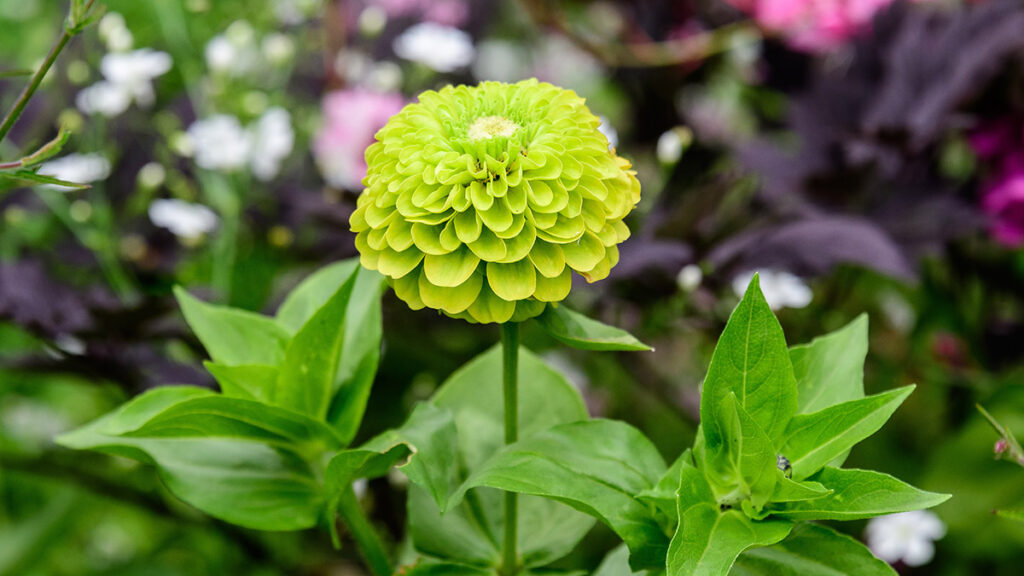
8. Hydrangea (Hydrangea spp.)
Hydrangeas are iconic flowering shrubs known for their large, showy blooms and lush, vibrant foliage. These versatile plants offer a timeless and elegant presence in gardens, with a diverse range of varieties that provide different flower shapes and colors, including green.
Sun exposure: Partial to full shade
Soil needs: Well-draining soil that is rich in organic matter
USDA hardiness zones: 3-9
Bloom time: Late spring to early fall

9. Rose (Rosa)
Roses stand as timeless symbols of love and beauty, gracing gardens and landscapes with their exquisite blooms and intoxicating fragrance. With an extensive variety of colors — green among them — forms, and fragrances, roses have captivated the hearts of gardeners and flower lovers for centuries.
Sun exposure: Full sun
Soil needs: Well-draining soil that is rich in organic matter
USDA hardiness zones: 4-9
Bloom time: Late spring to early fall
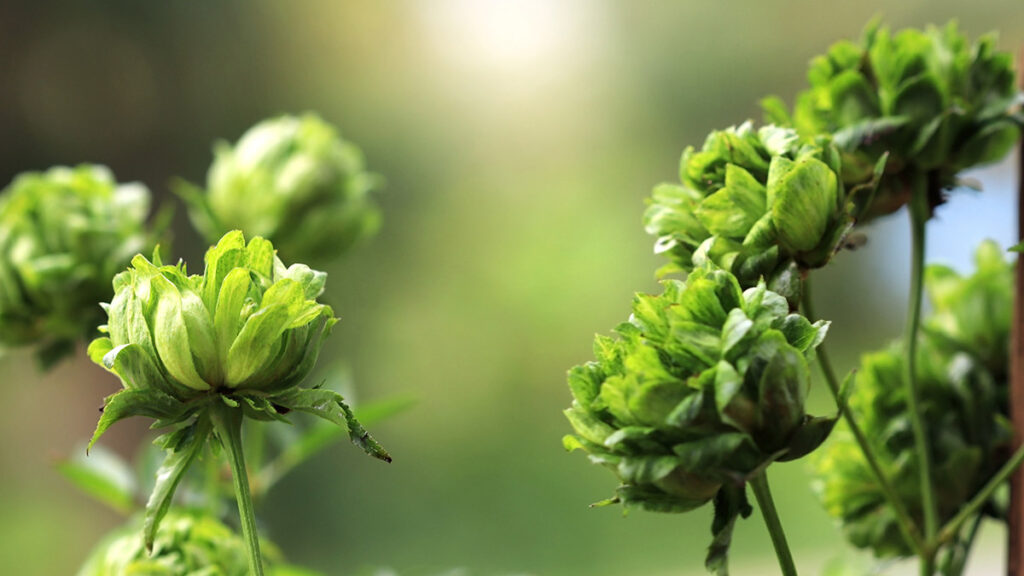
10. Green hellebore (Helleborus viridis)
A charming perennial plant that adds early-season interest to shaded gardens, green hellebore is valued for its distinctive, palmate (“palm-like”) leaves and clusters of nodding, green flowers. With its ability to thrive in challenging conditions, this European native is a resilient and enchanting choice for woodland gardens and shaded borders.
Sun exposure: Partial to full shade
Soil needs: Well-draining, humus-rich soil
USDA hardiness zones: 5-9
Bloom time: Late winter to early spring
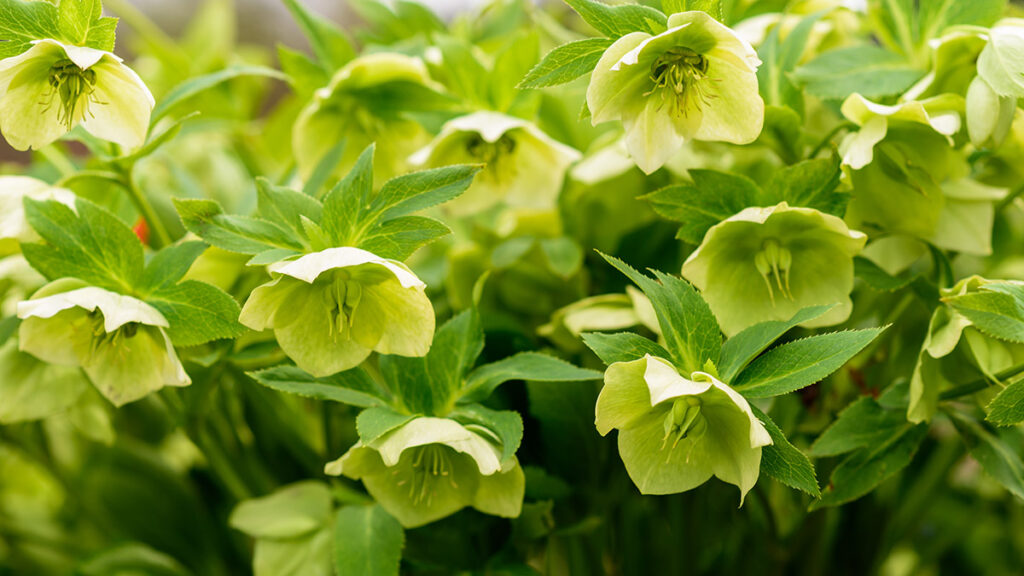
Best green flower gift ideas
11. Carnation (Dianthus caryophyllus)
Carnations are timeless and versatile flowers that have adorned gardens, bouquets, and arrangements for centuries. With their delicate fringed petals and sweet fragrance, carnations symbolize love, admiration, and fascination. The green type of this flower carries particular significance in the LGBTQ+ community.
Sun exposure: Full to partial shade
Soil needs: Well-draining soil with a slightly alkaline to neutral pH
USDA hardiness zones: 6-9
Bloom time: Late spring to early fall
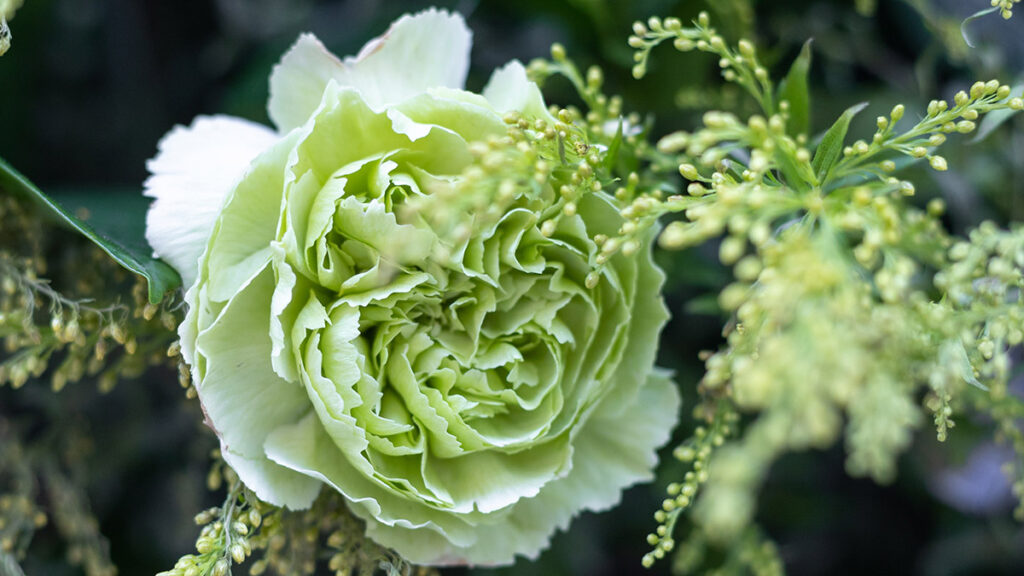
12. Dahlia (Dahlia spp.)
Known for their intricate petals and stunning array of shapes and sizes, dahlias are a favorite among gardeners and florists alike. From the classic dinner-plate varieties to the petite pompons, these enchanting blooms contribute a burst of elegance and charm to gardens, borders, and floral arrangements. They are especially popular as wedding flowers.
Sun exposure: Full sun
Soil needs: Well-draining soil with a slightly acidic to neutral pH
USDA hardiness zones: 8-11
Bloom time: Late spring to first frost
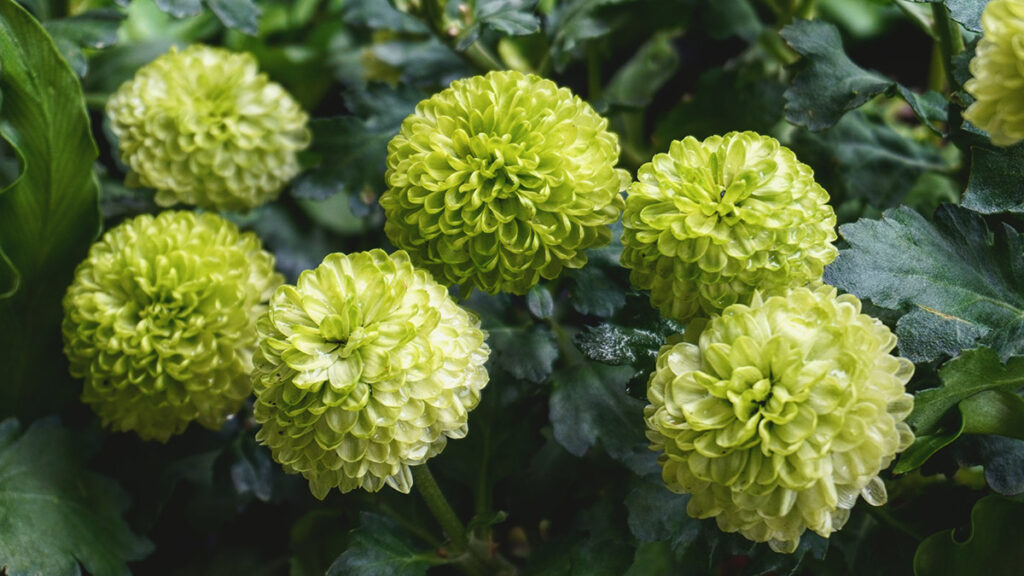
13. Mediterranean spurge (Euphorbia characias)
Mediterranean spurge, also known as Albanian spurge, is a striking perennial known for its architectural presence and unique flowering structure. This drought-tolerant plant — with its upright stems, gray-green foliage, and distinctive flower heads — brings height and visual interest to gardens everywhere.
Sun exposure: Full sun to partial shade
Soil needs: Prefers well-draining soil, but is well-adapted to poor, rocky soils
USDA hardiness zones: 7-10
Bloom time: Late spring to early summer
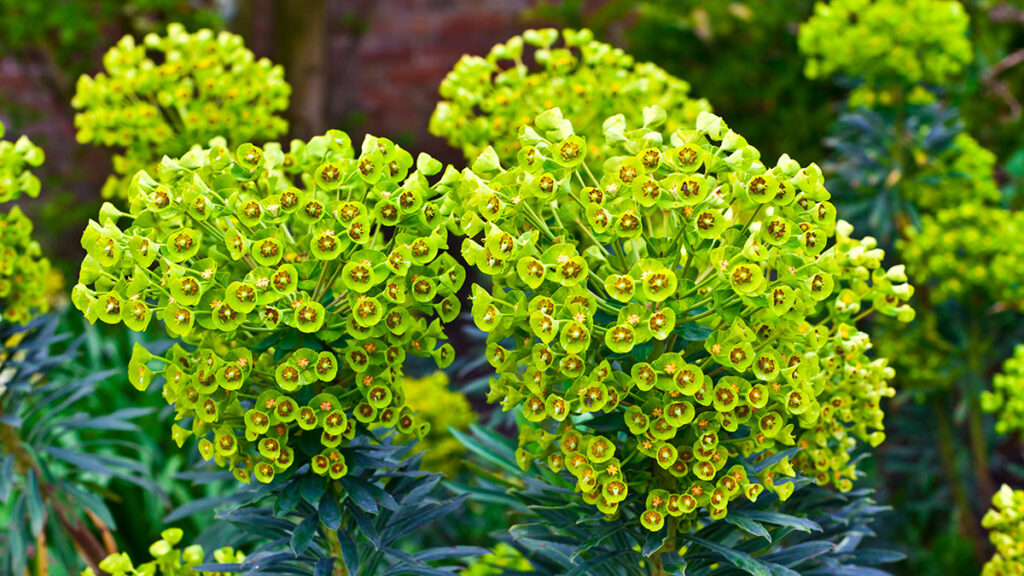
14. Calla lily “Green Goddess” (Zantedeschia aethiopica)
Standing as a symbol of elegance and sophistication, the calla lily is best known for its exquisite trumpet-shaped flowers and sleek, arrowhead-shaped leaves. Native to southern Africa, this perennial beauty is a beloved choice for weddings, floral arrangements, and garden landscapes.
Sun exposure: Partial shade to full sun
Soil needs: Well-draining, fertile soil
USDA hardiness zones: 8-10
Bloom time: Late spring to early summer

15. Ranunculus (Ranunculus asiaticus)
Ranunculus, a native of the Eastern Mediterranean, is a captivating flowering bulb with layers of delicate, paper-thin petals and vibrant colors. Often referred to as the Persian buttercup, the ranunculus is a symbol of radiant charm and elegance.
Sun exposure: Full sun to partial shade
Soil needs: Well-draining soil with a slightly acidic to neutral pH
USDA hardiness zones: 8-11
Bloom time: Late spring to early summer
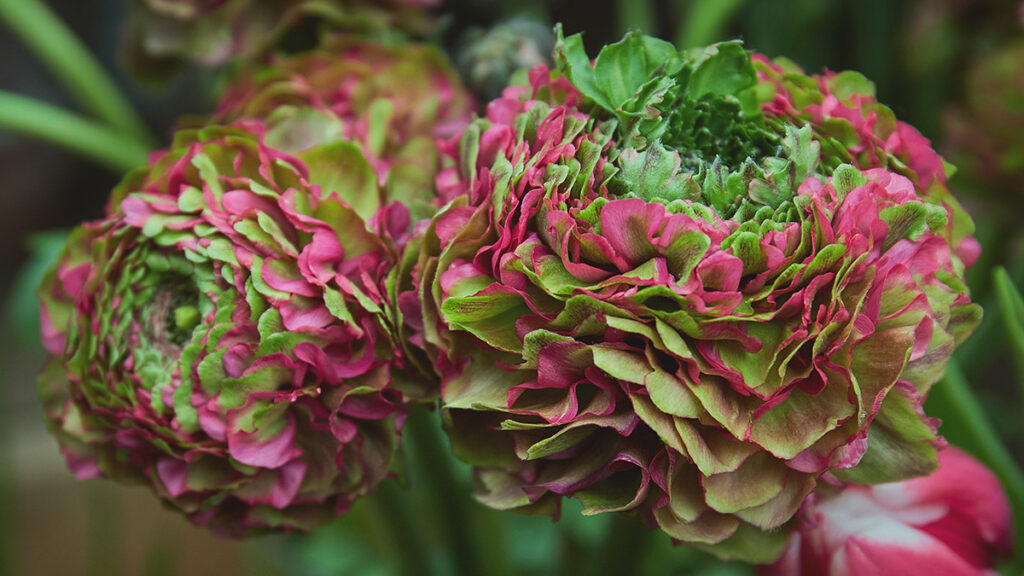
16. Echinacea “Green Jewel”
This distinctive cultivar of the native purple coneflower is known for its unique green-centered blooms. A perennial herbaceous plant belonging to the Asteraceae family, the echinacea “Green Jewel” is adored for its ornamental value, attracting pollinators while providing a captivating display in gardens.
Sun exposure: Full sun to partial shade
Soil needs: Well-draining soil with a slightly acidic to neutral pH
USDA hardiness zones: 3-8
Bloom time: Early to late summer
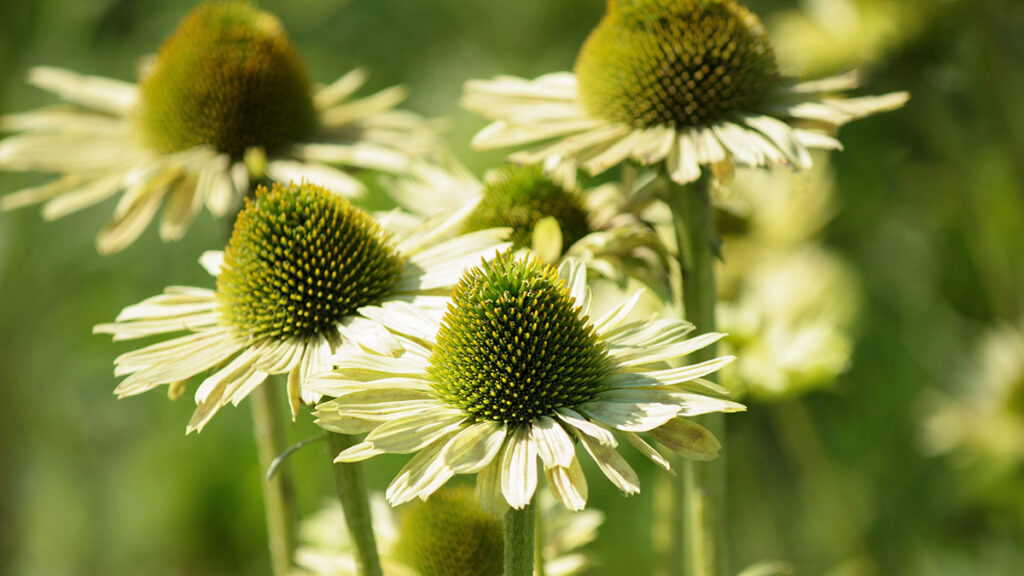
17. Sweet William “Green Ball” (Dianthus barbatus)
Sweet William is a charming and fragrant biennial or short-lived perennial that has been a garden favorite for centuries. Known for its clusters of vibrant and eye-catching green flowers, Sweet William adds a touch of nostalgia and allure to cottage gardens and landscapes.
Sun exposure: Full sun to partial shade
Soil needs: Well-draining soil with a slightly acidic to neutral pH
USDA hardiness zones: 3-9
Bloom time: Late spring to early summer
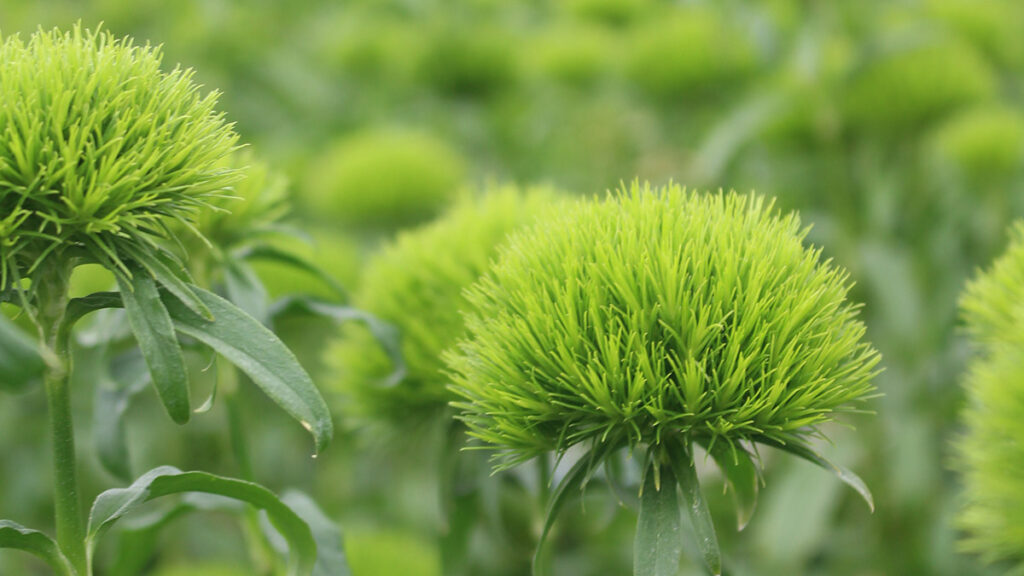
18. Cockscomb (Celosia argentea var. cristata)
This unique and eye-catching annual is known for its distinctive flower heads that resemble vibrant, velvety crests or combs. Native to tropical regions, cockscomb adds a touch of exotic flair to gardens and landscapes with its flamboyant blooms and rich colors.
Sun exposure: Full sun
Soil needs: Well-draining soil with a slightly acidic to neutral pH
USDA hardiness zones: N/A (grown as an annual)
Bloom time: Late spring to early fall

19. Flowering tobacco (Nicotiana alata)
Flowering tobacco is a fragrant and ornamental annual that graces gardens with its elegant, trumpet-shaped blooms and alluring scent. The plant is prized for its nocturnal fragrance, making it a captivating addition to evening gardens.
Sun exposure: Full sun to partial shade
Soil needs: Well-draining soil with a slightly acidic to neutral pH
USDA hardiness zones: N/A (grown as an annual)
Bloom time: Late spring to early fall
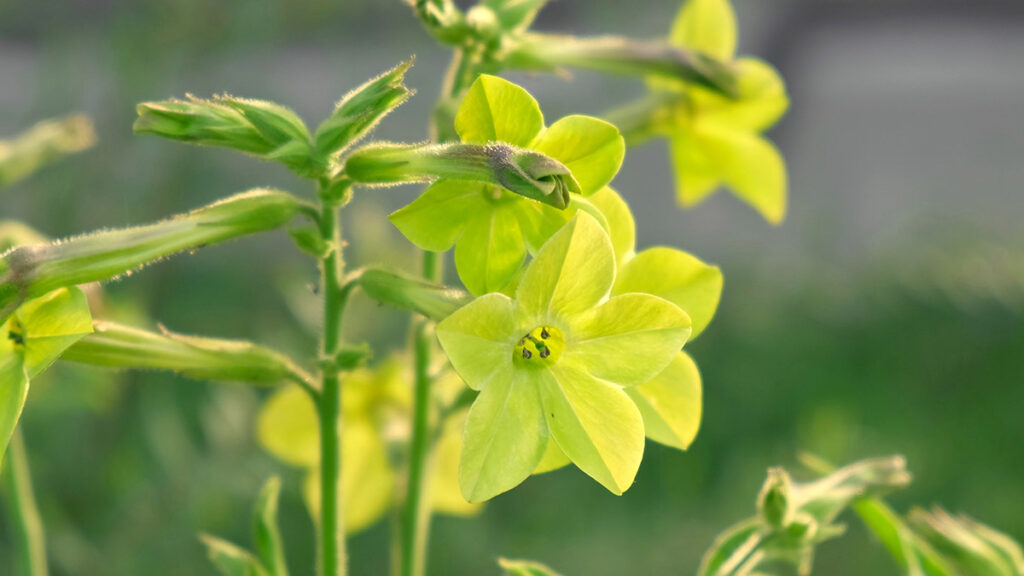
20. Lady’s mantle (Alchemilla mollis)
A perennial herbaceous plant celebrated for its distinctive foliage and delicate, frothy flowers, lady’s mantle is a low-maintenance beauty that is a favorite in cottage gardens and landscapes. Its unique leaves, charming flowers, and adaptability make it a versatile and enchanting addition to various garden settings.
Sun exposure: Partial shade to full sun
Soil needs: Well-draining soil with a slightly acidic to neutral pH
USDA hardiness zones: 3-8
Bloom time: Late spring to early summer
